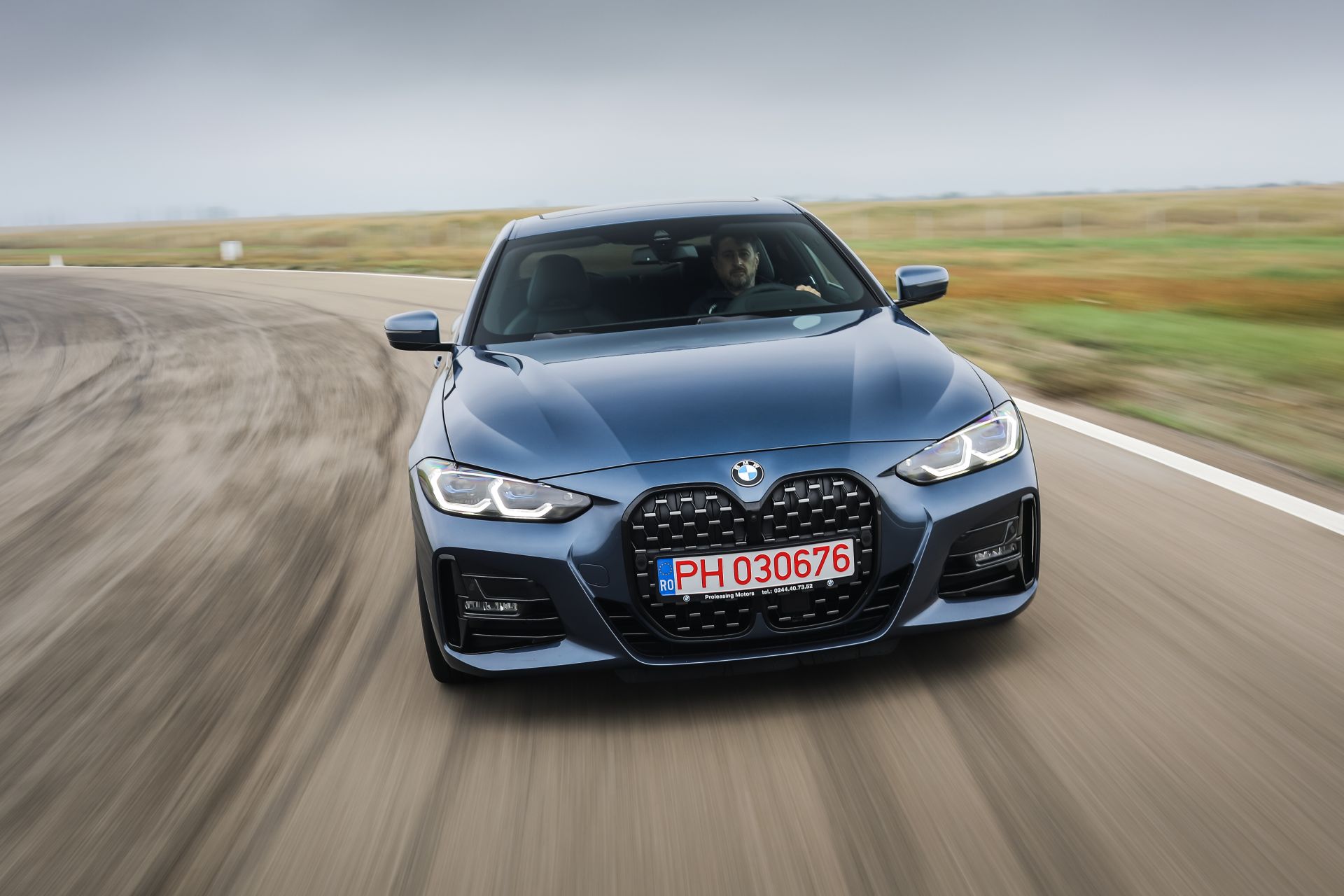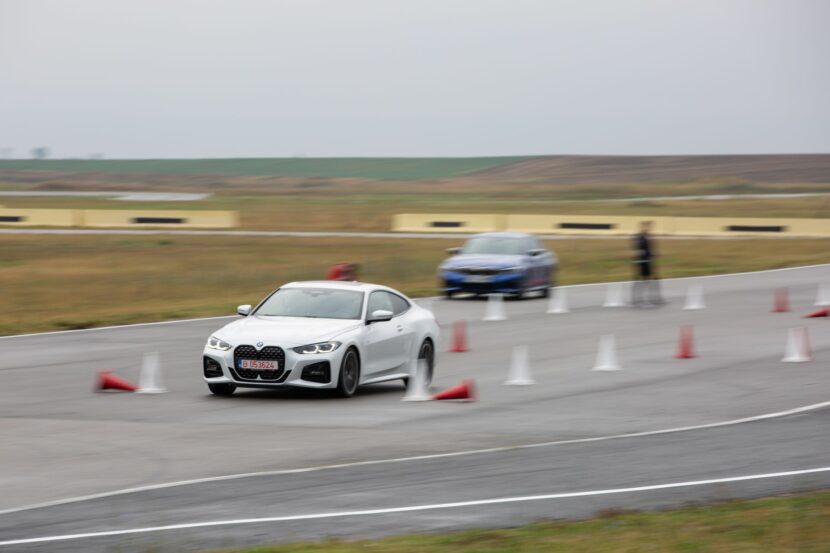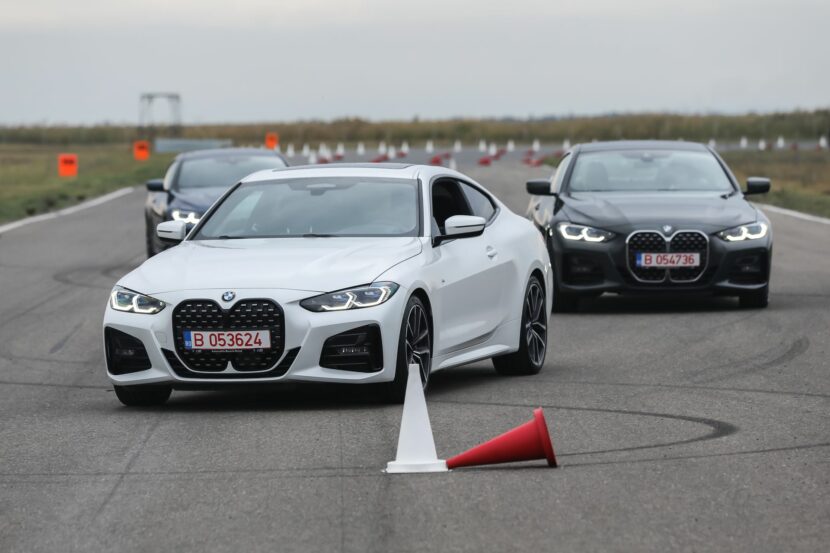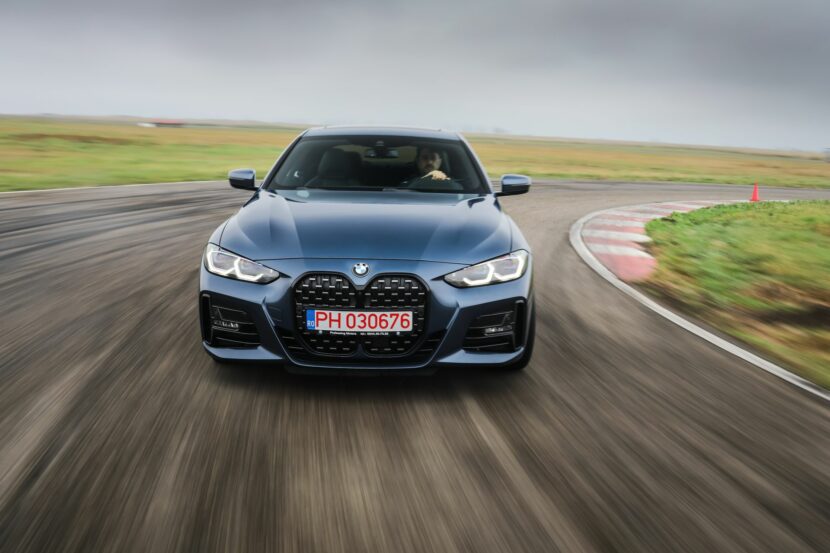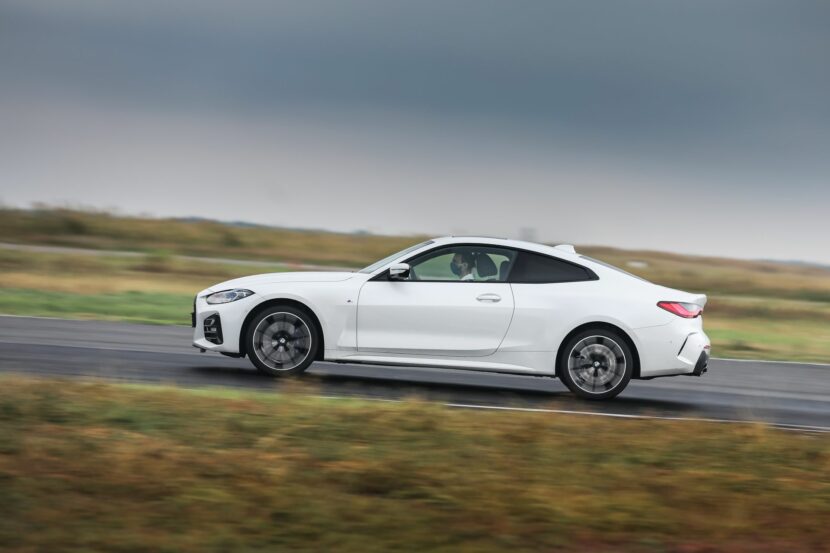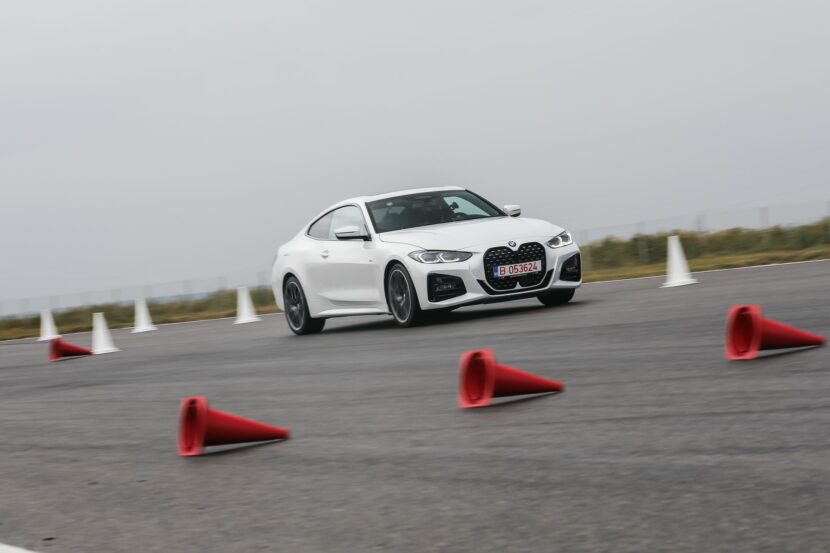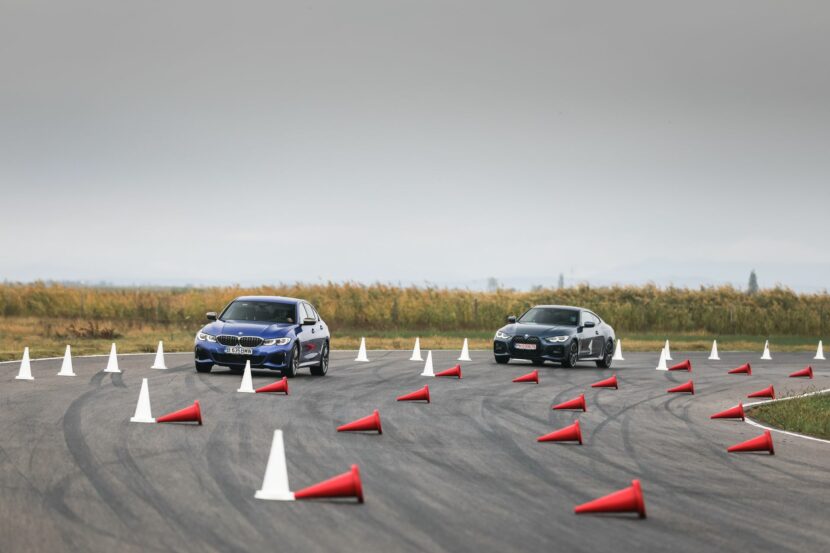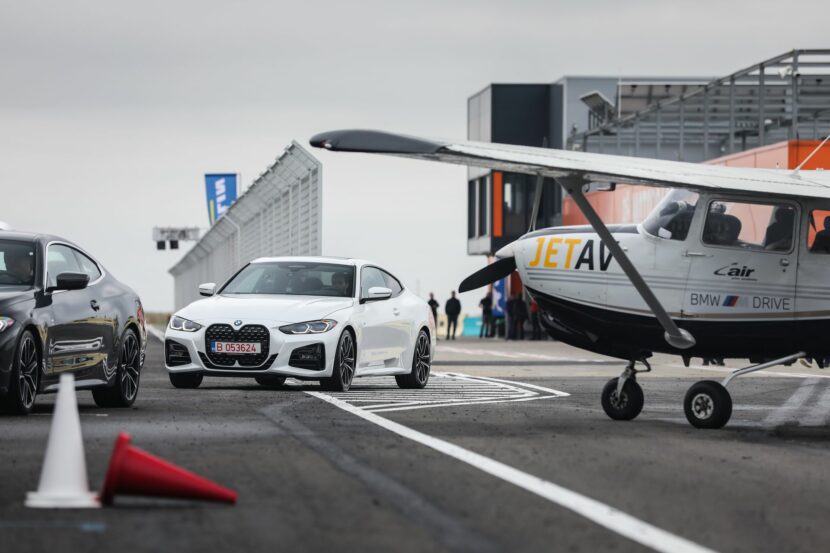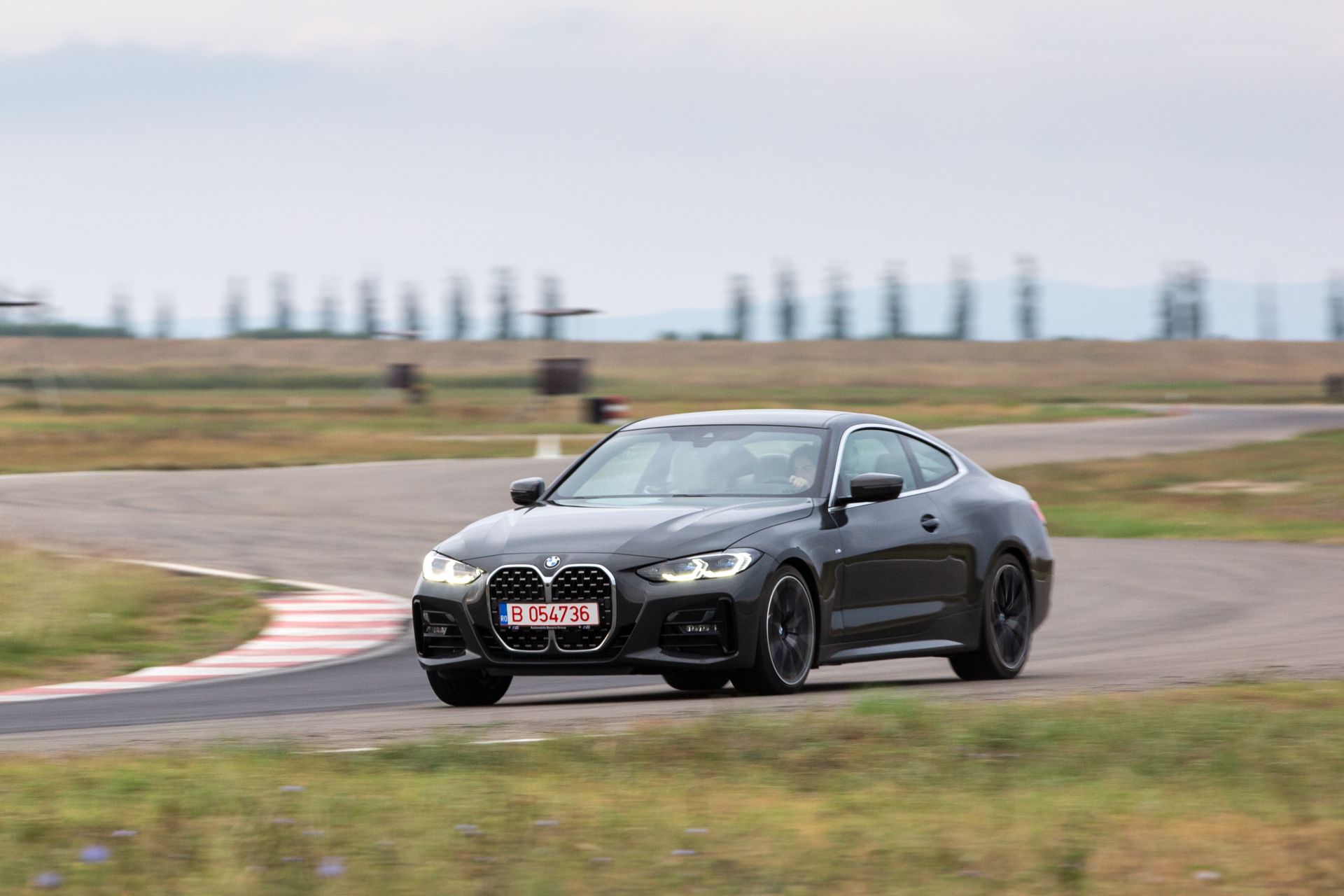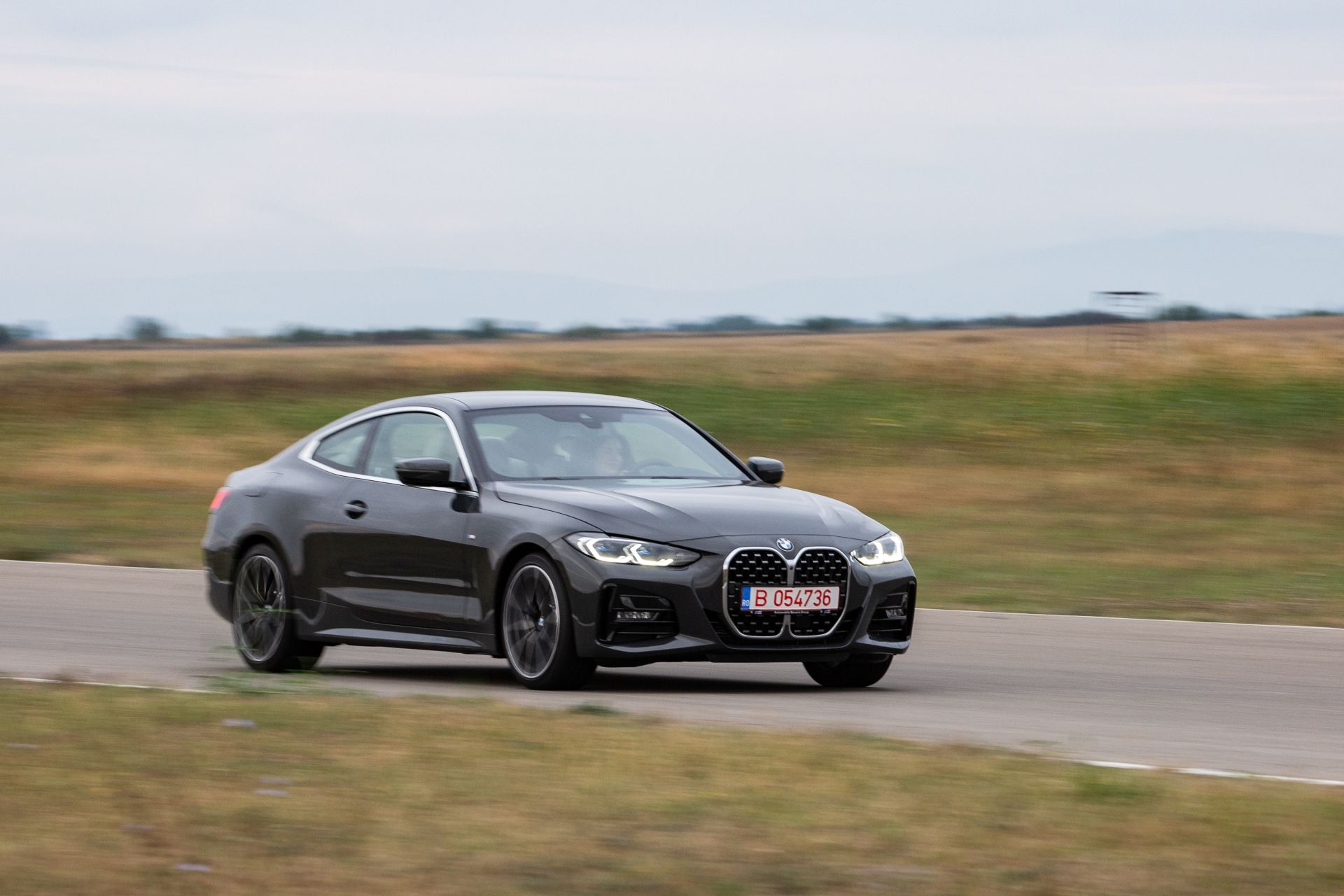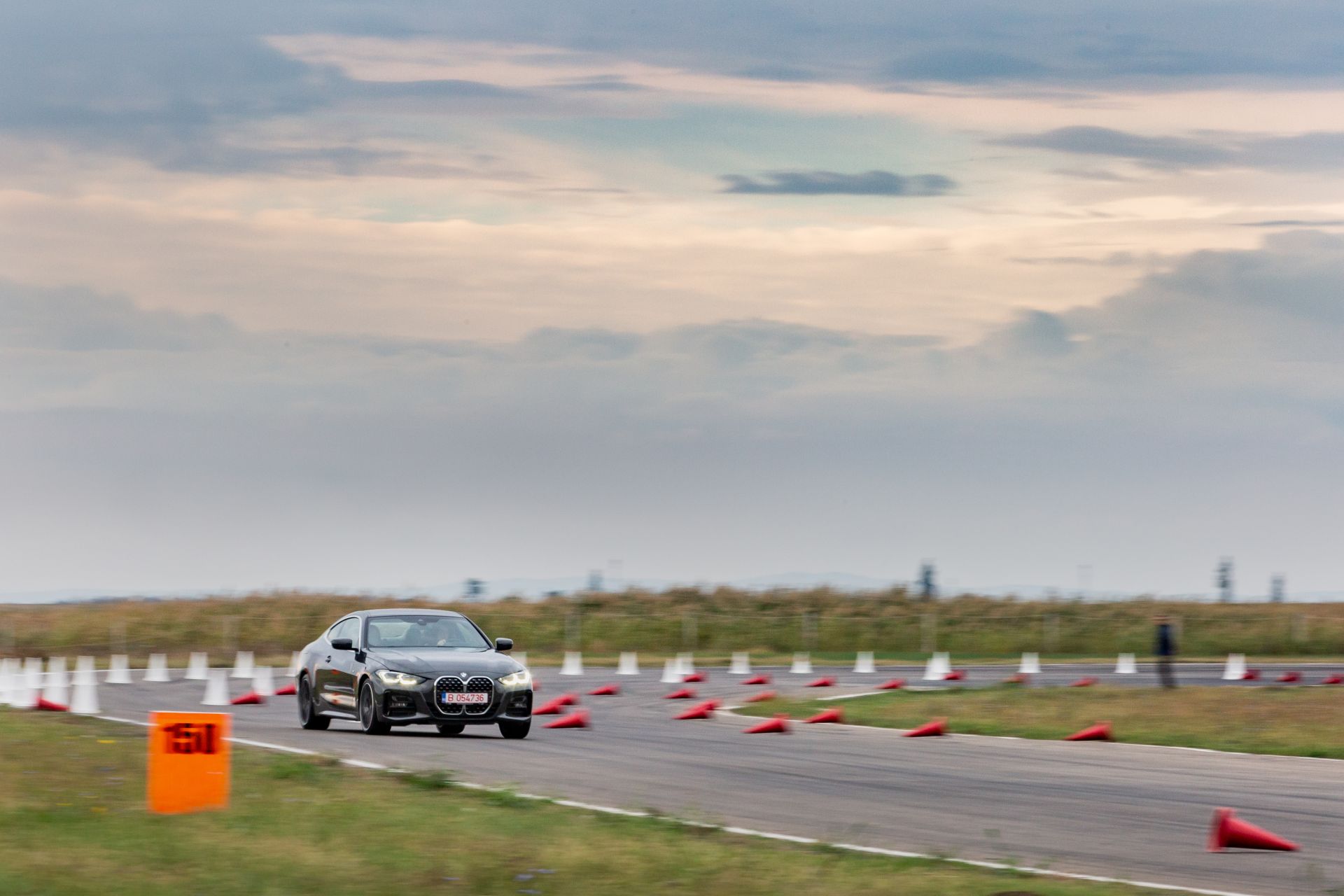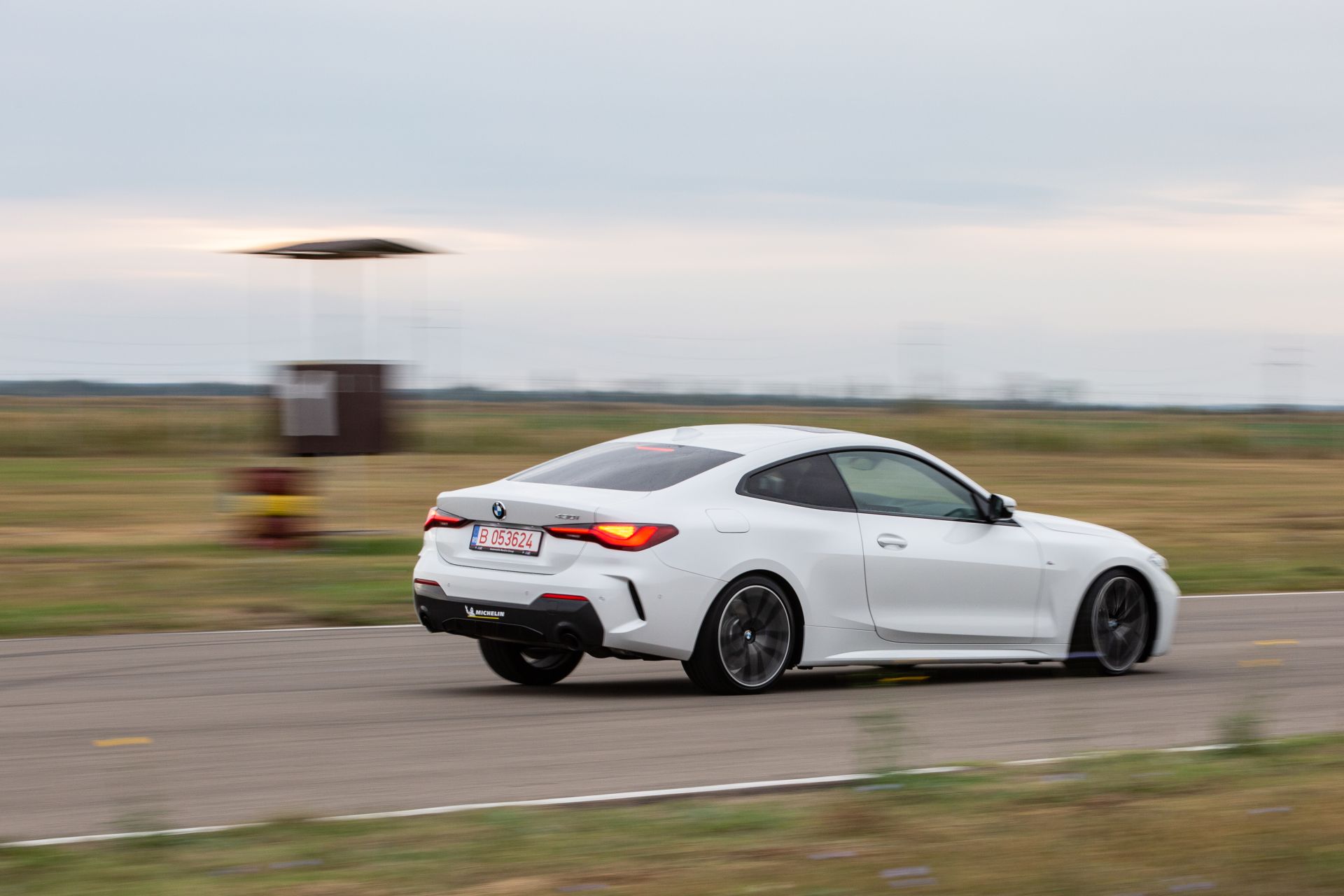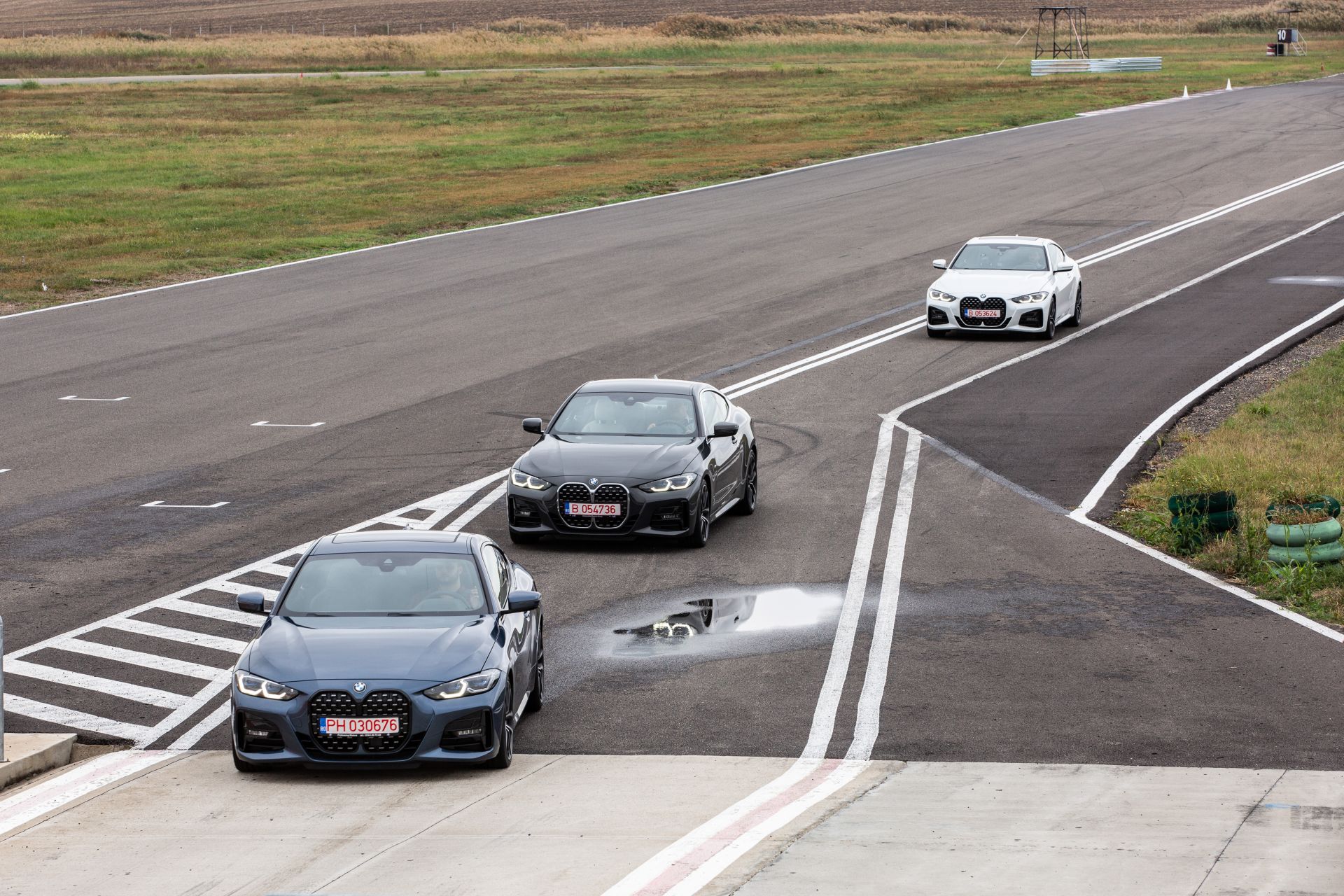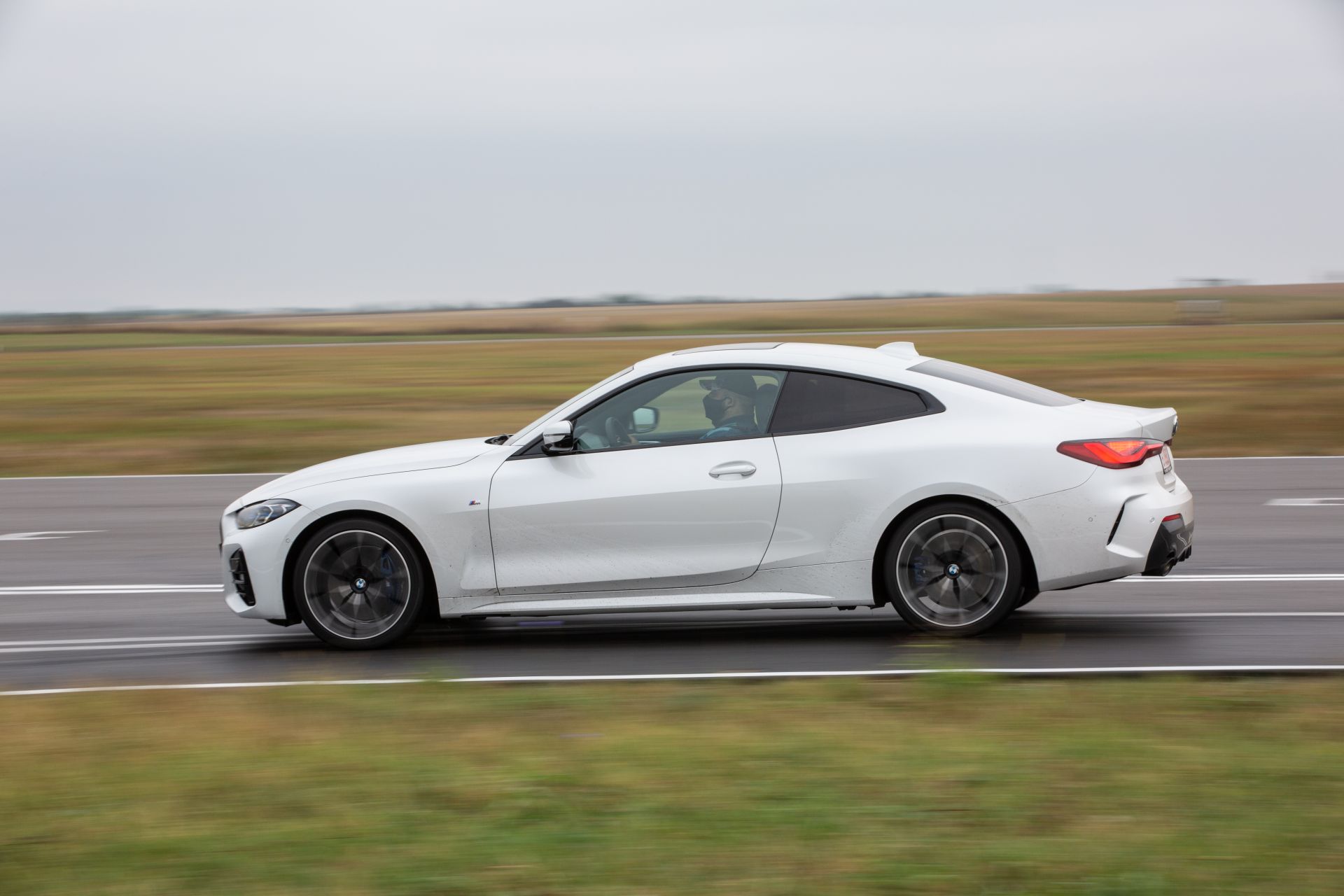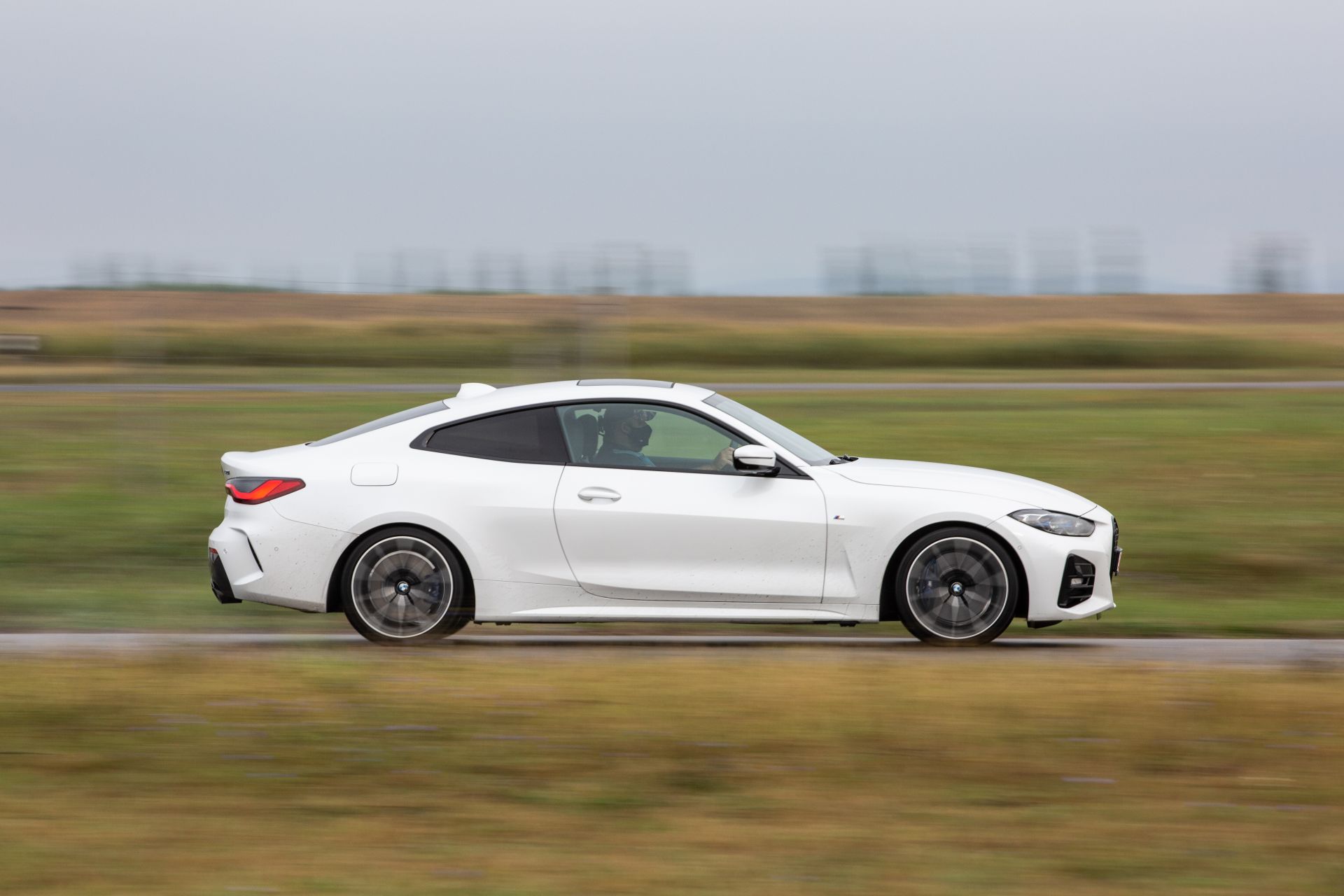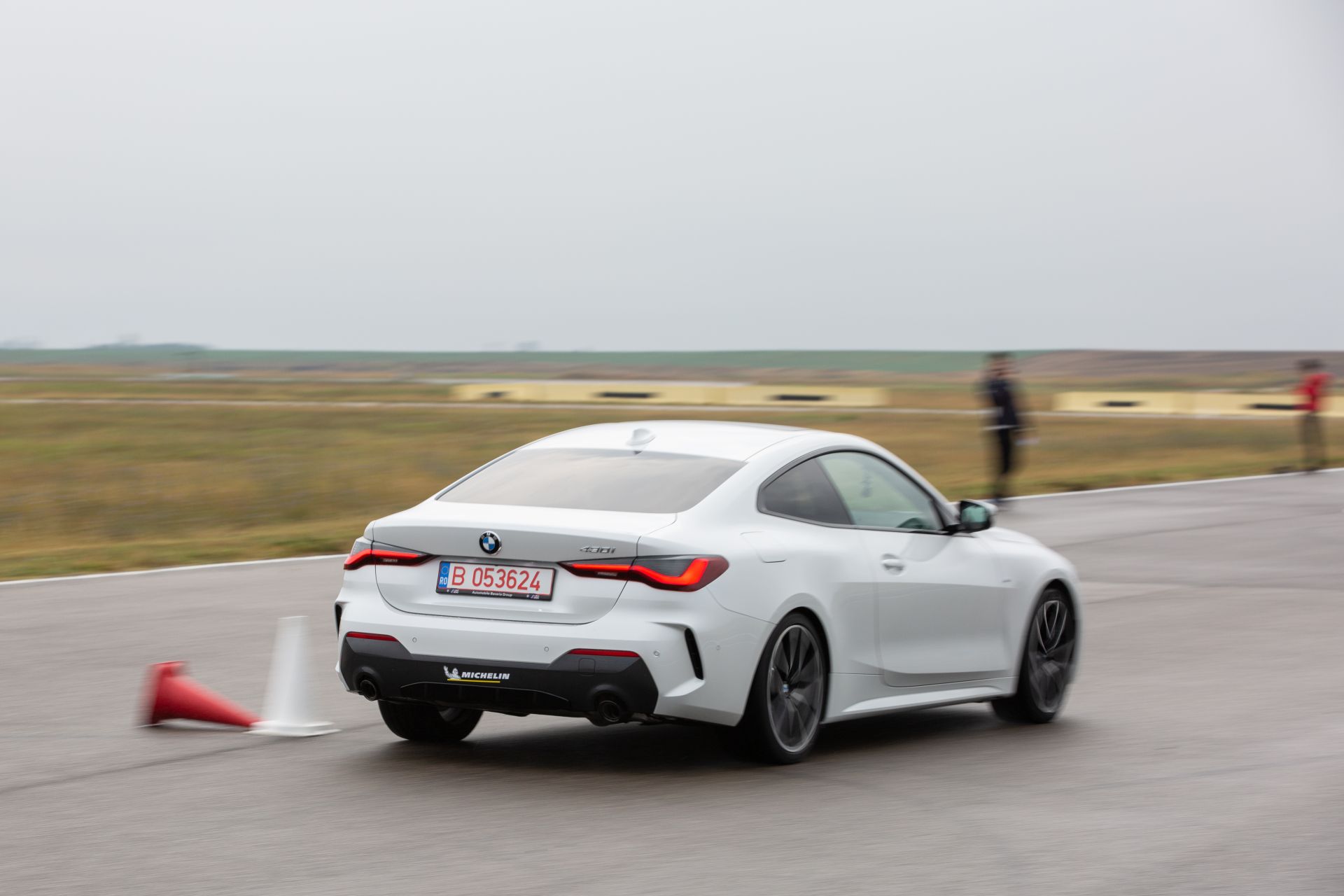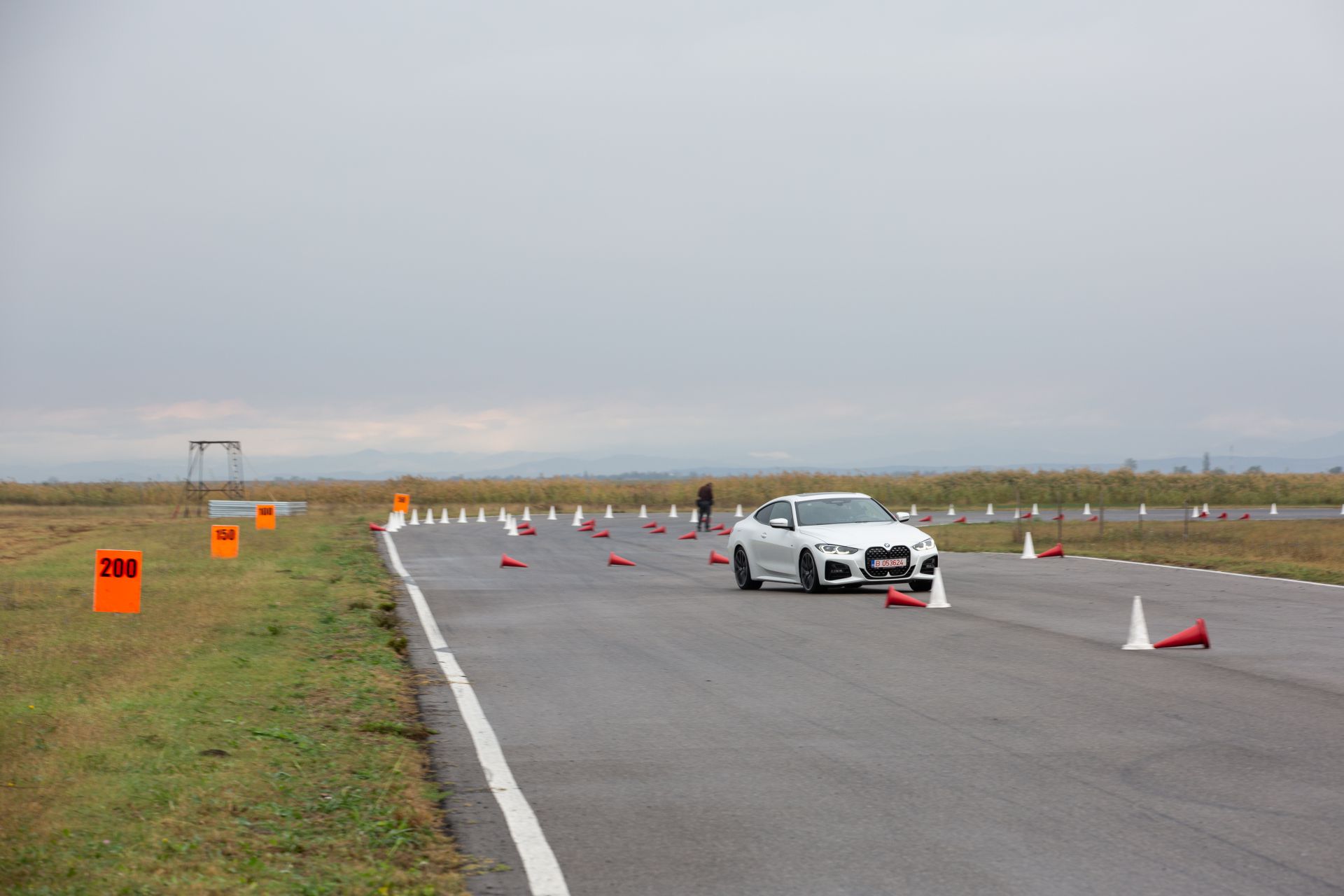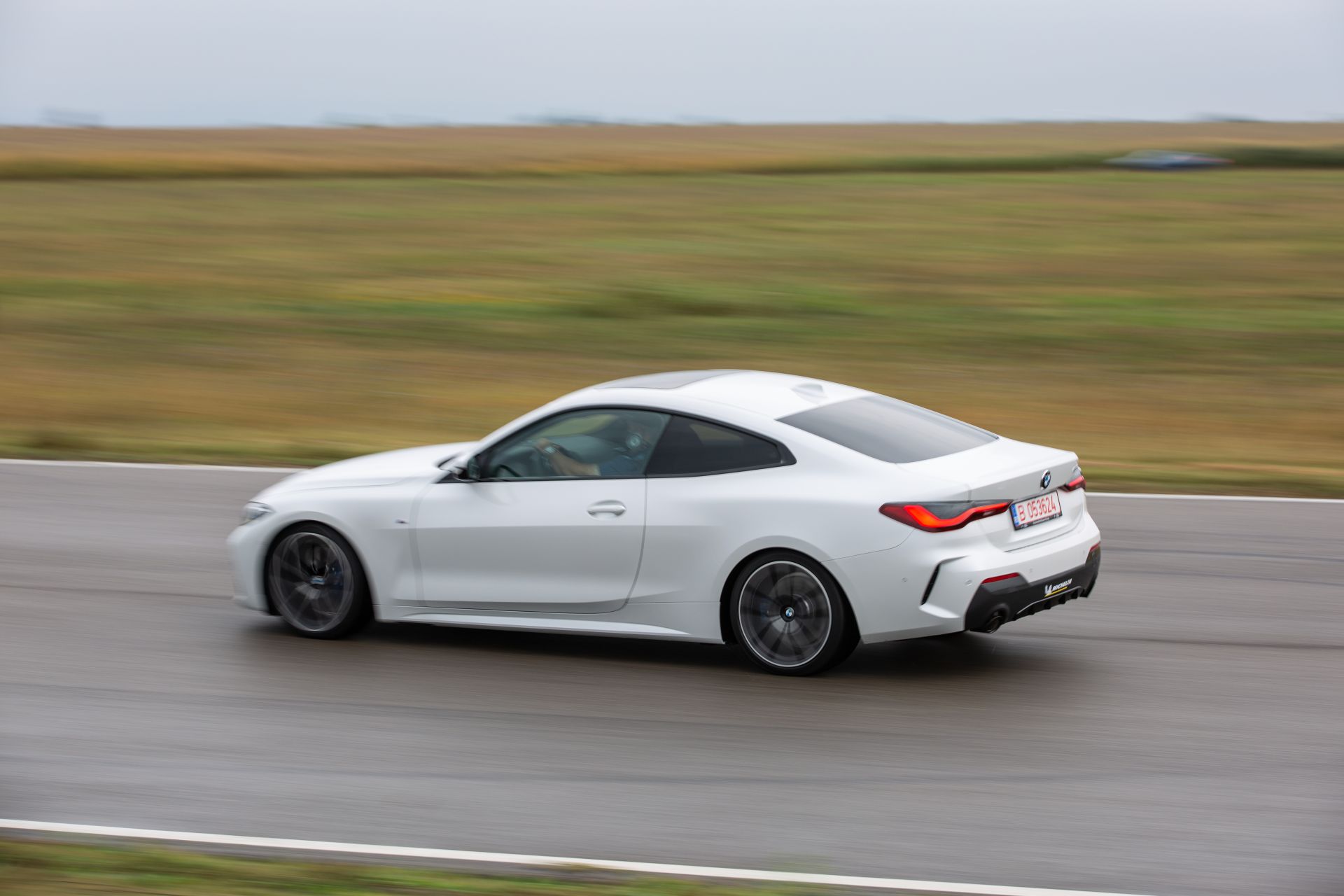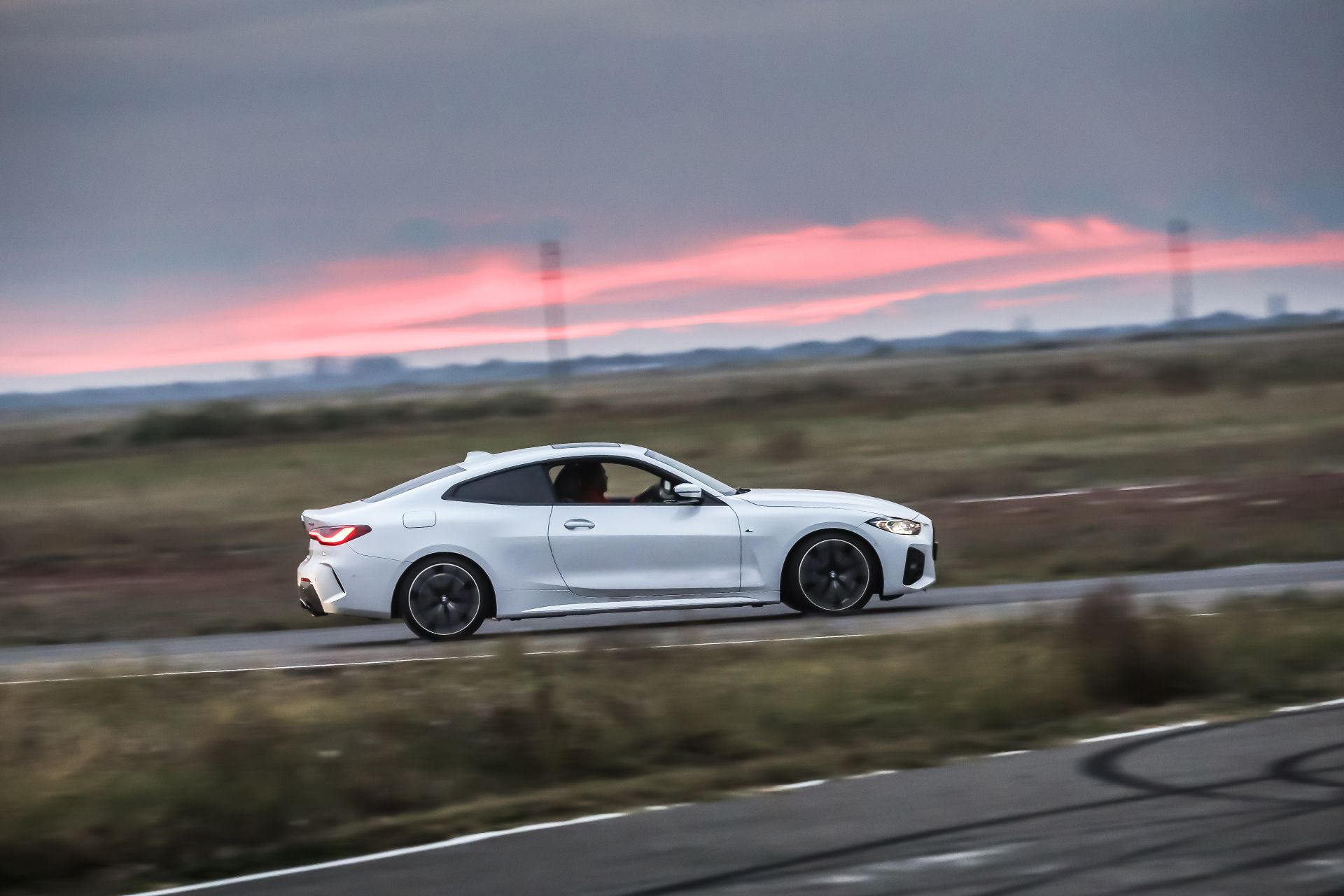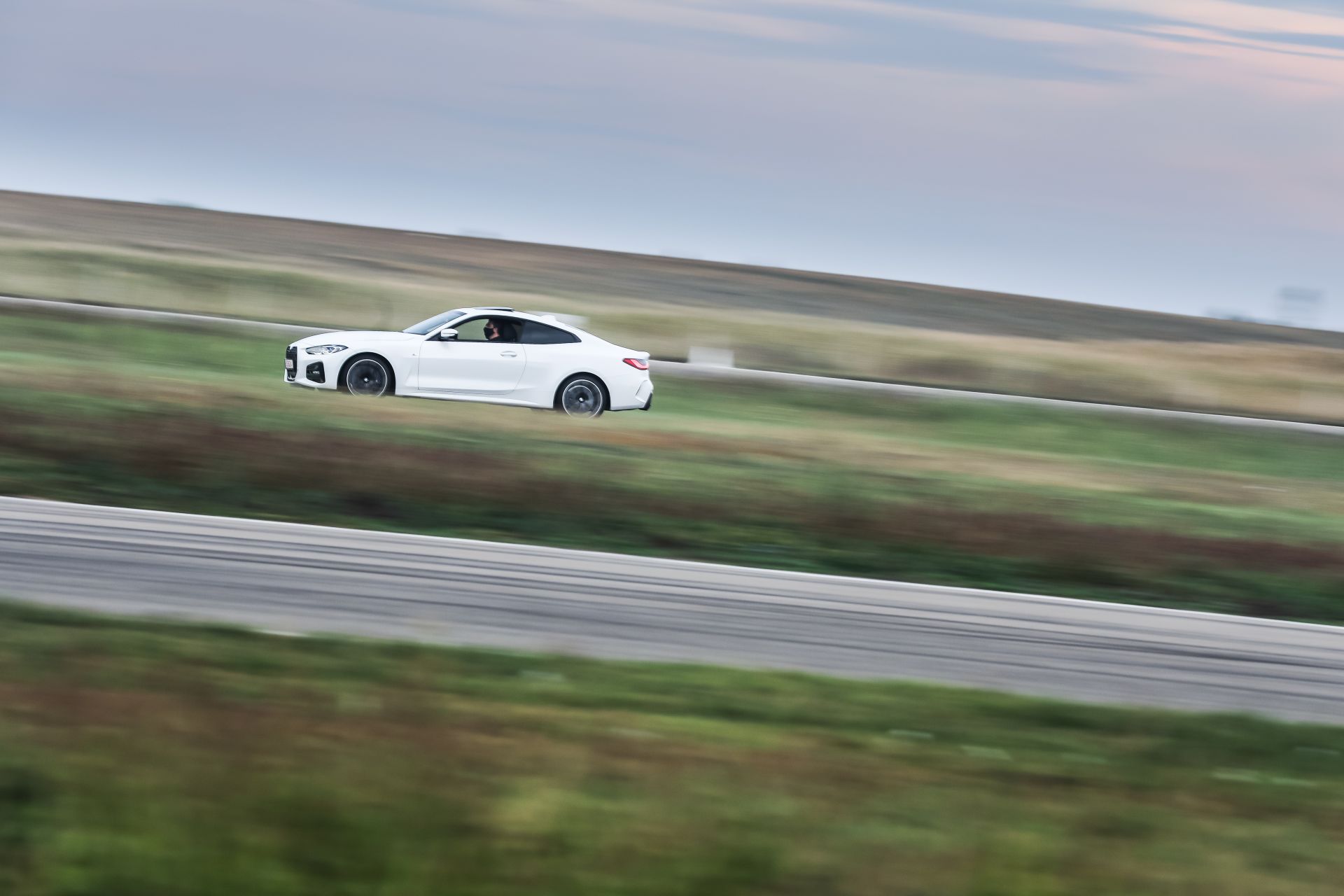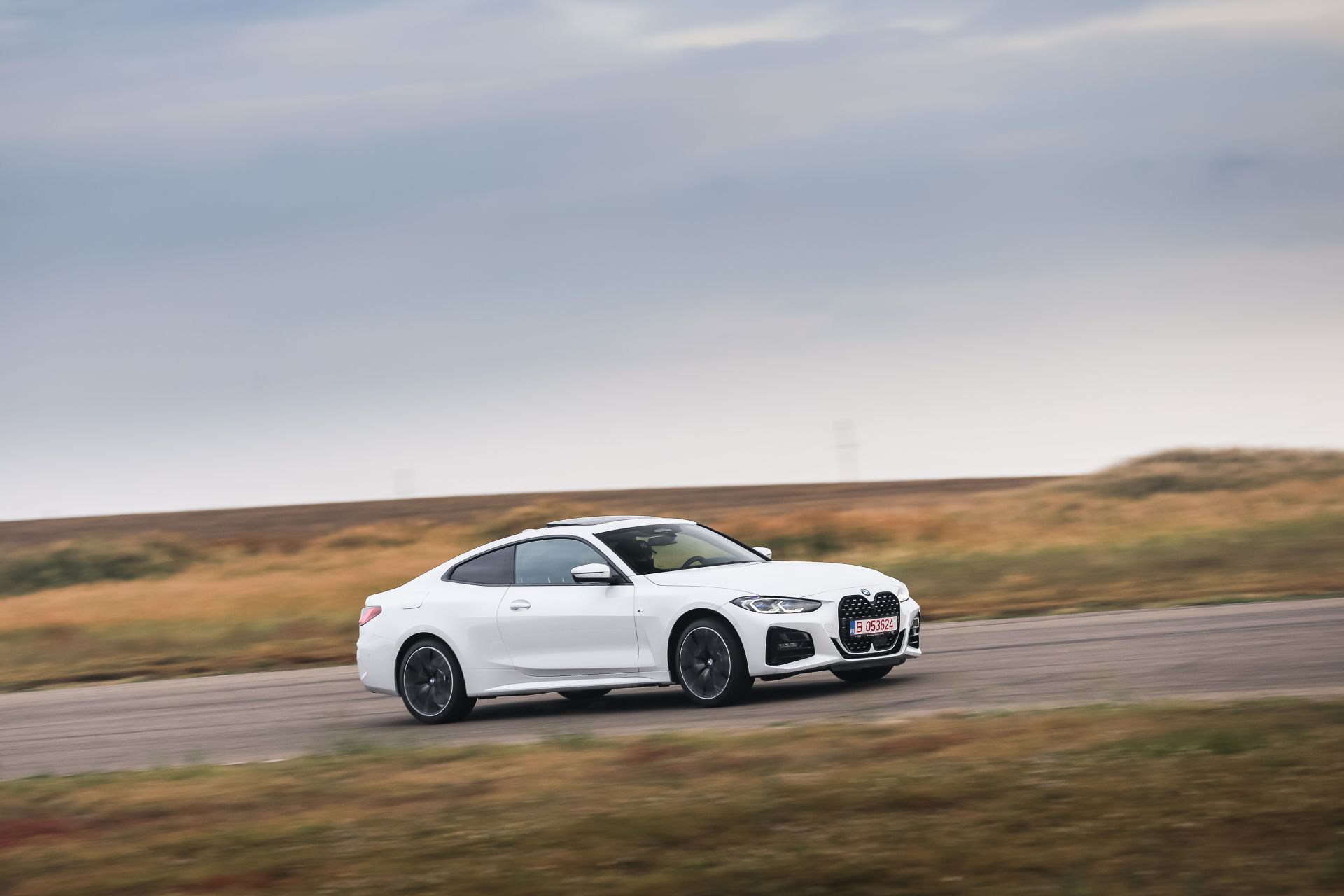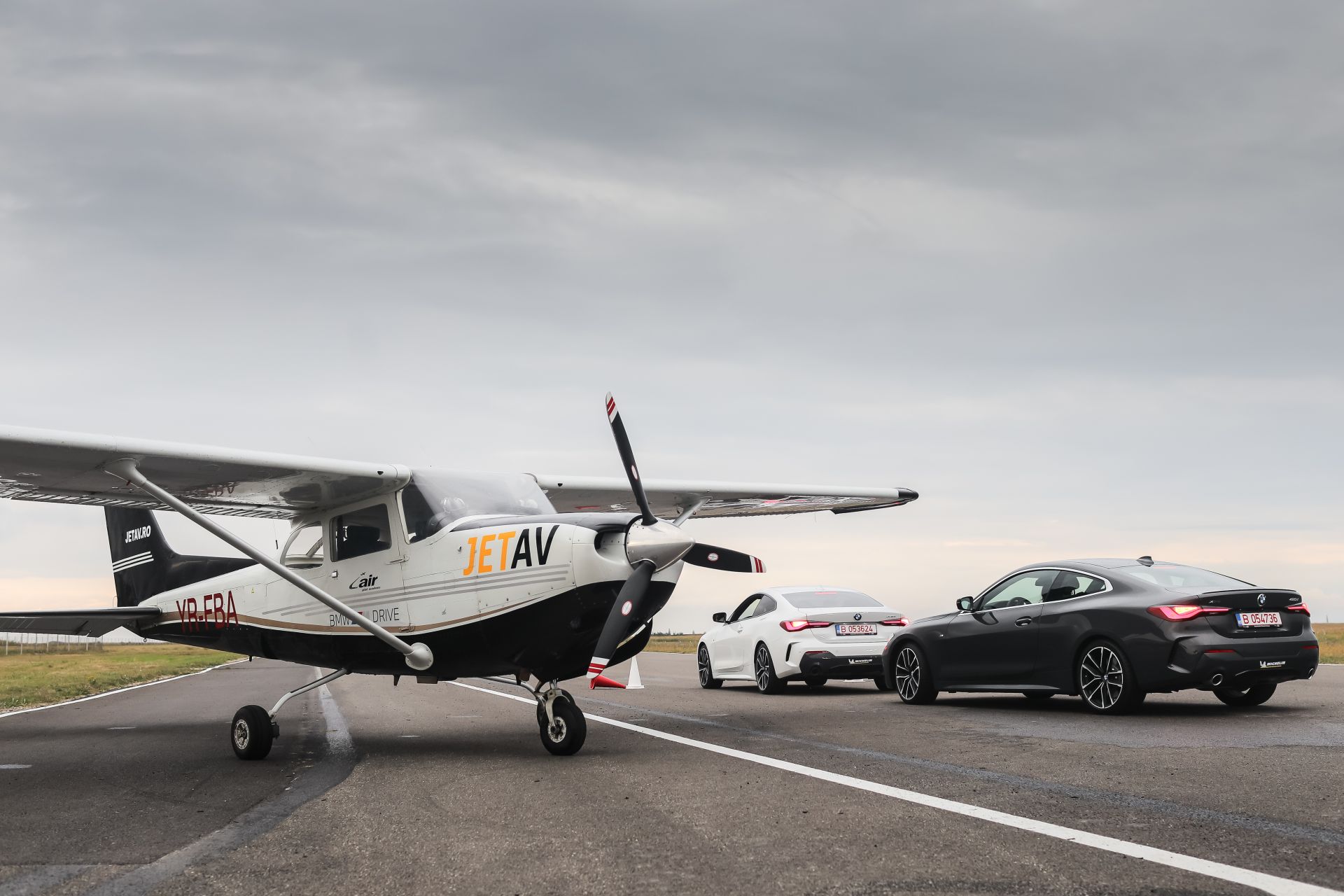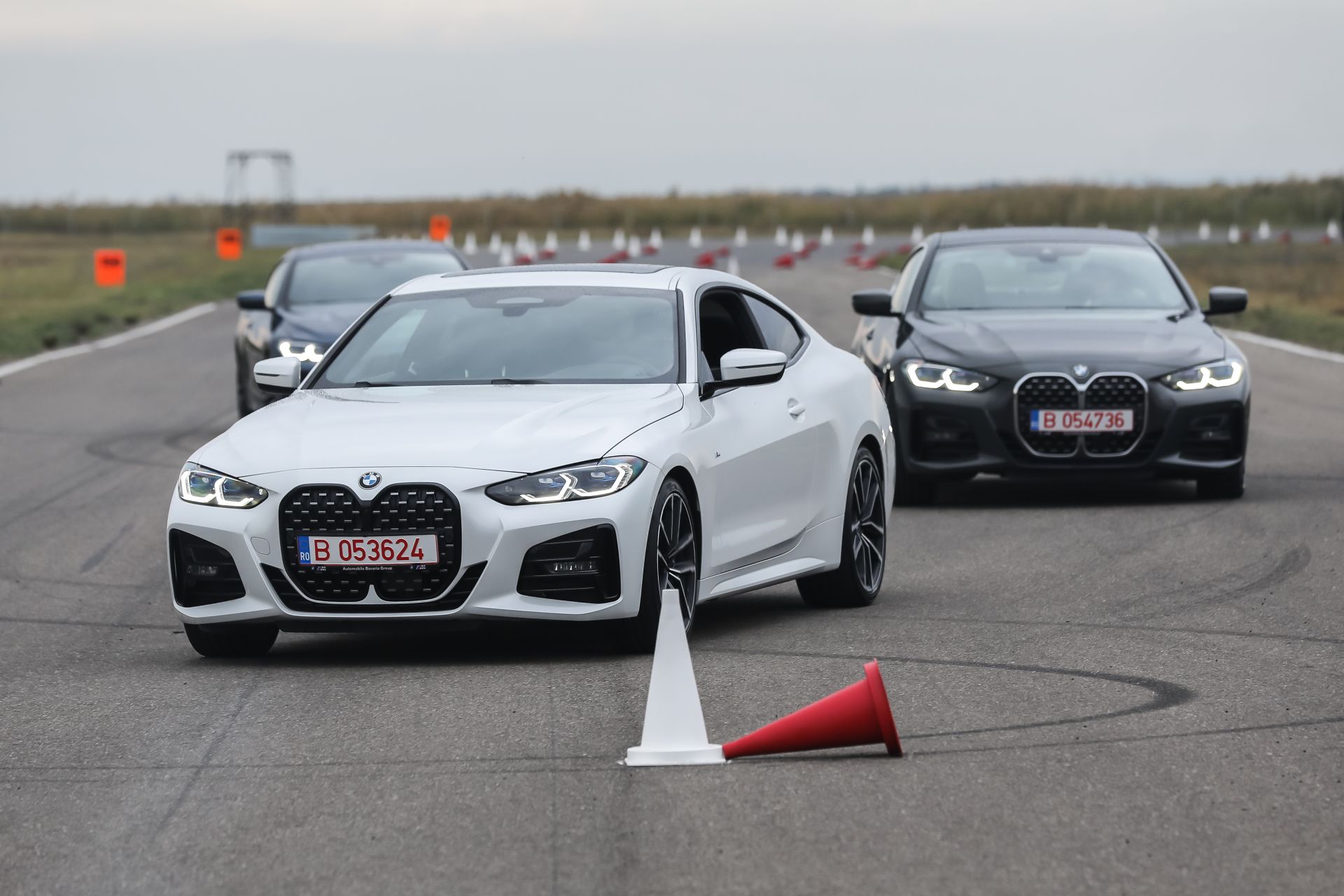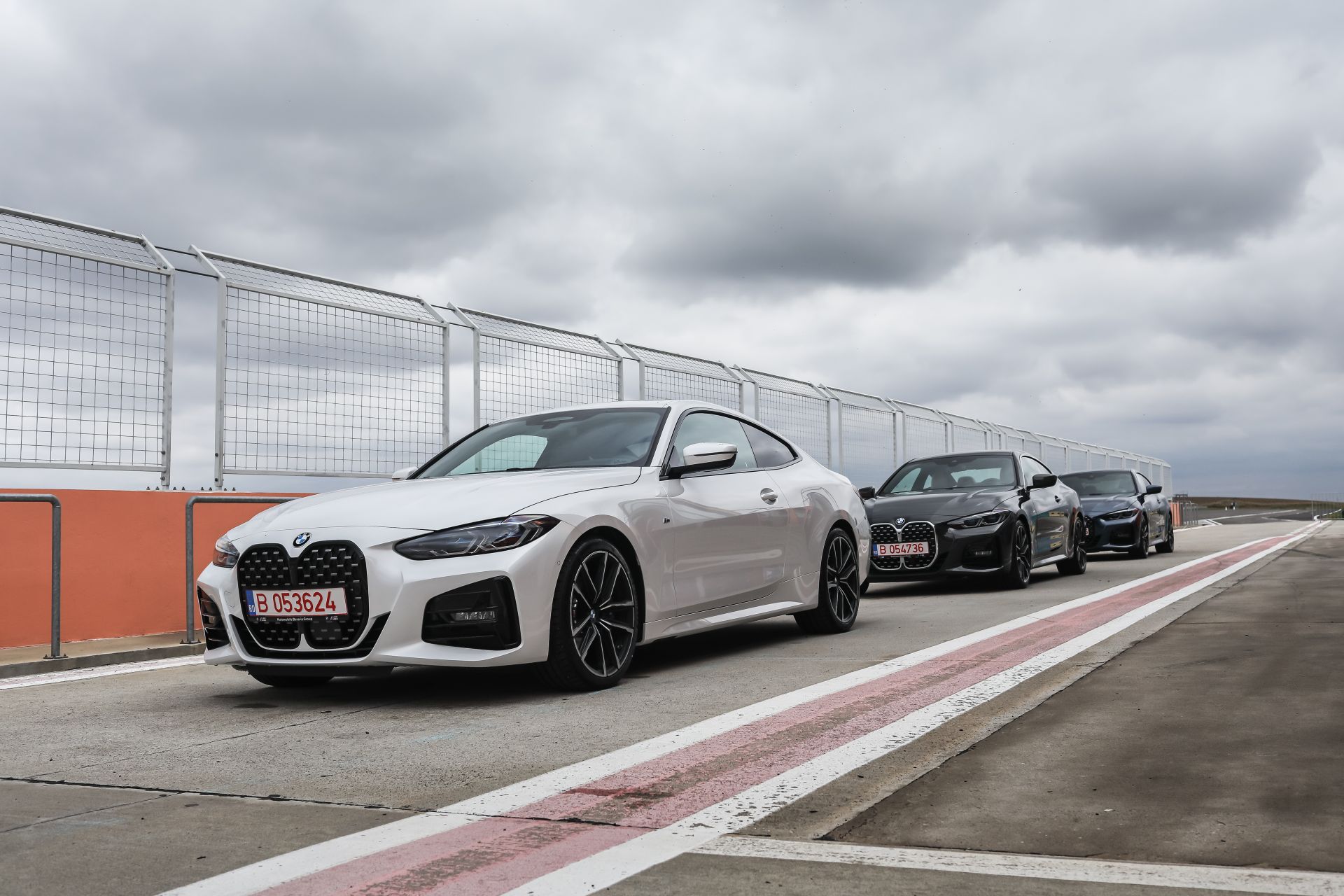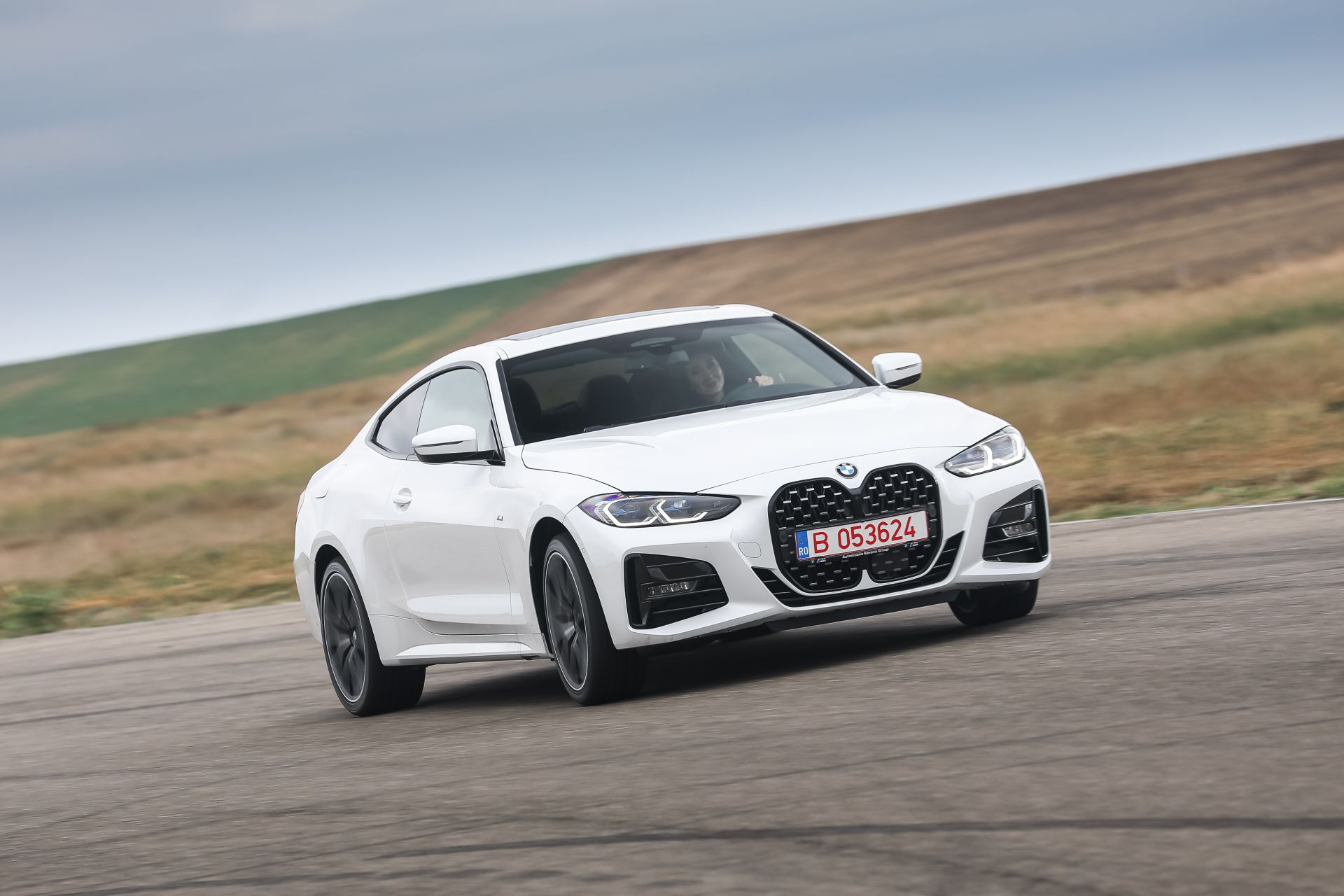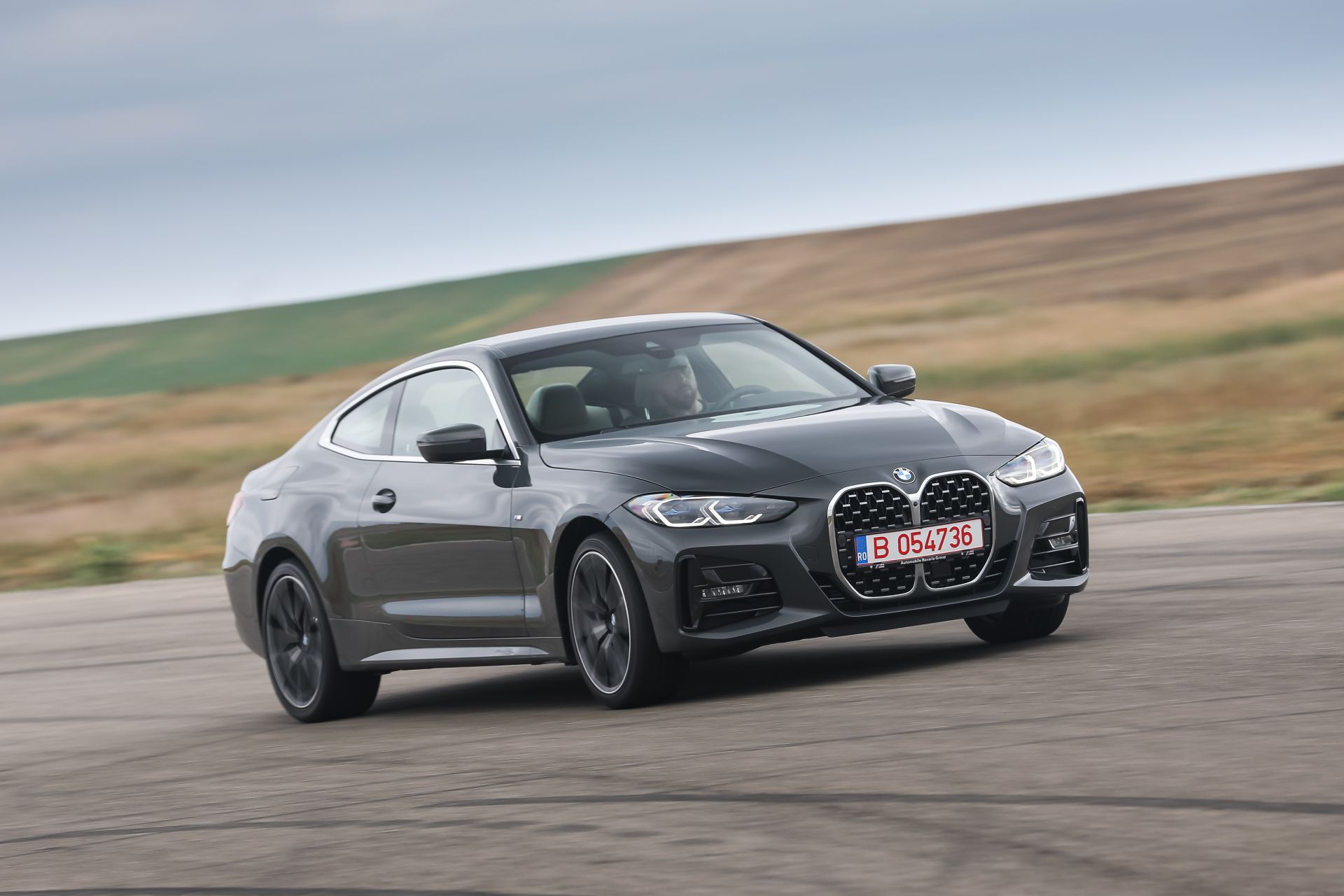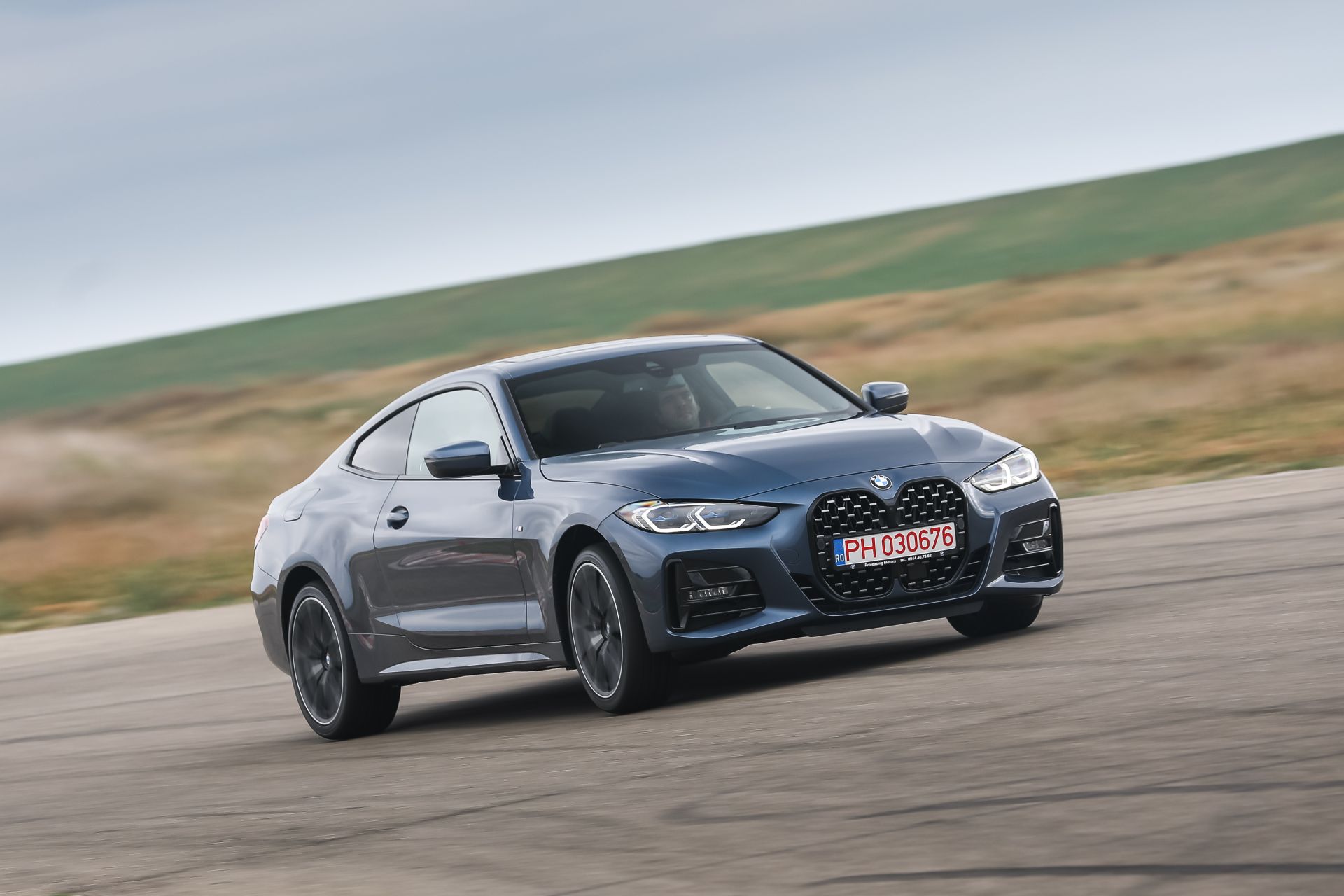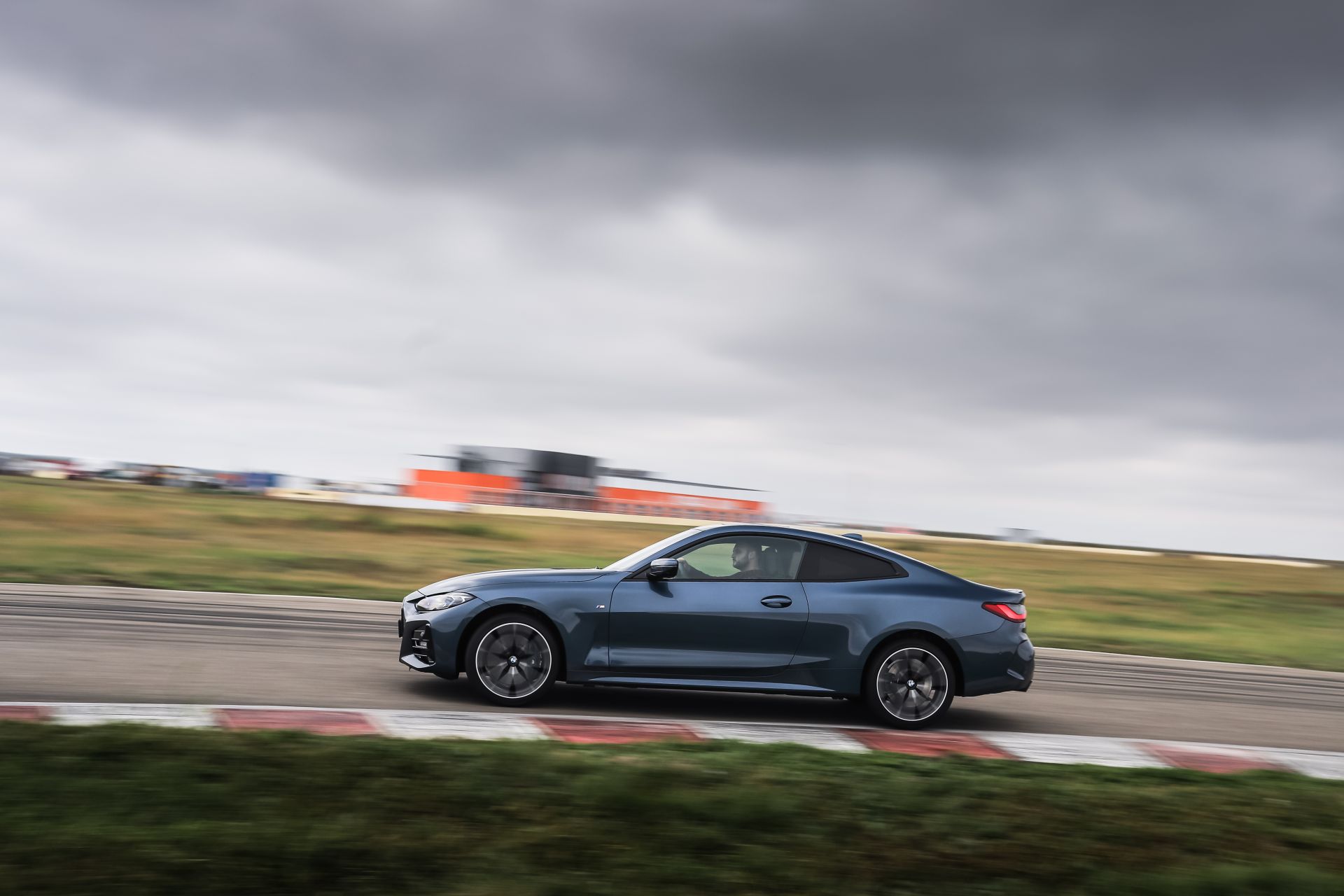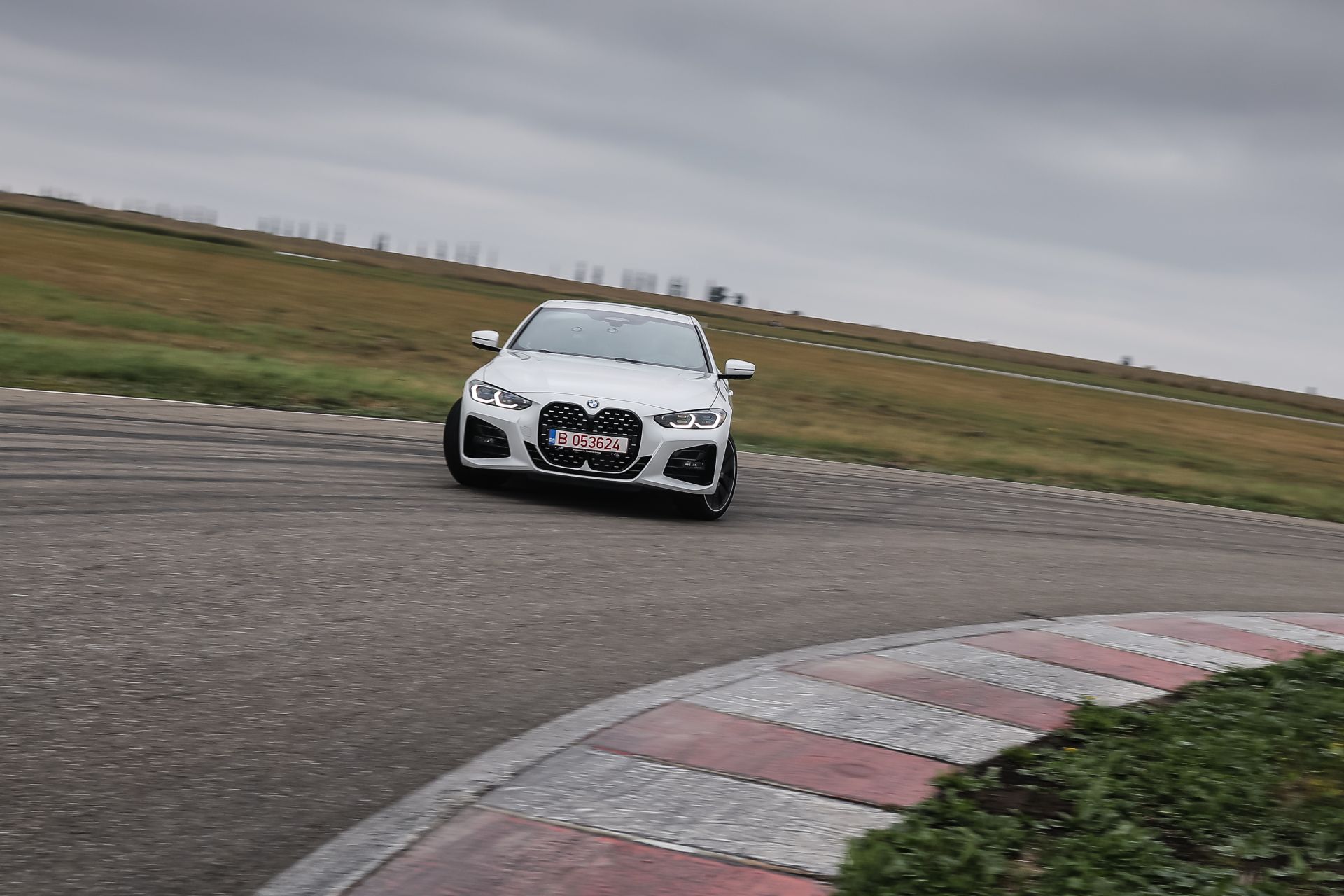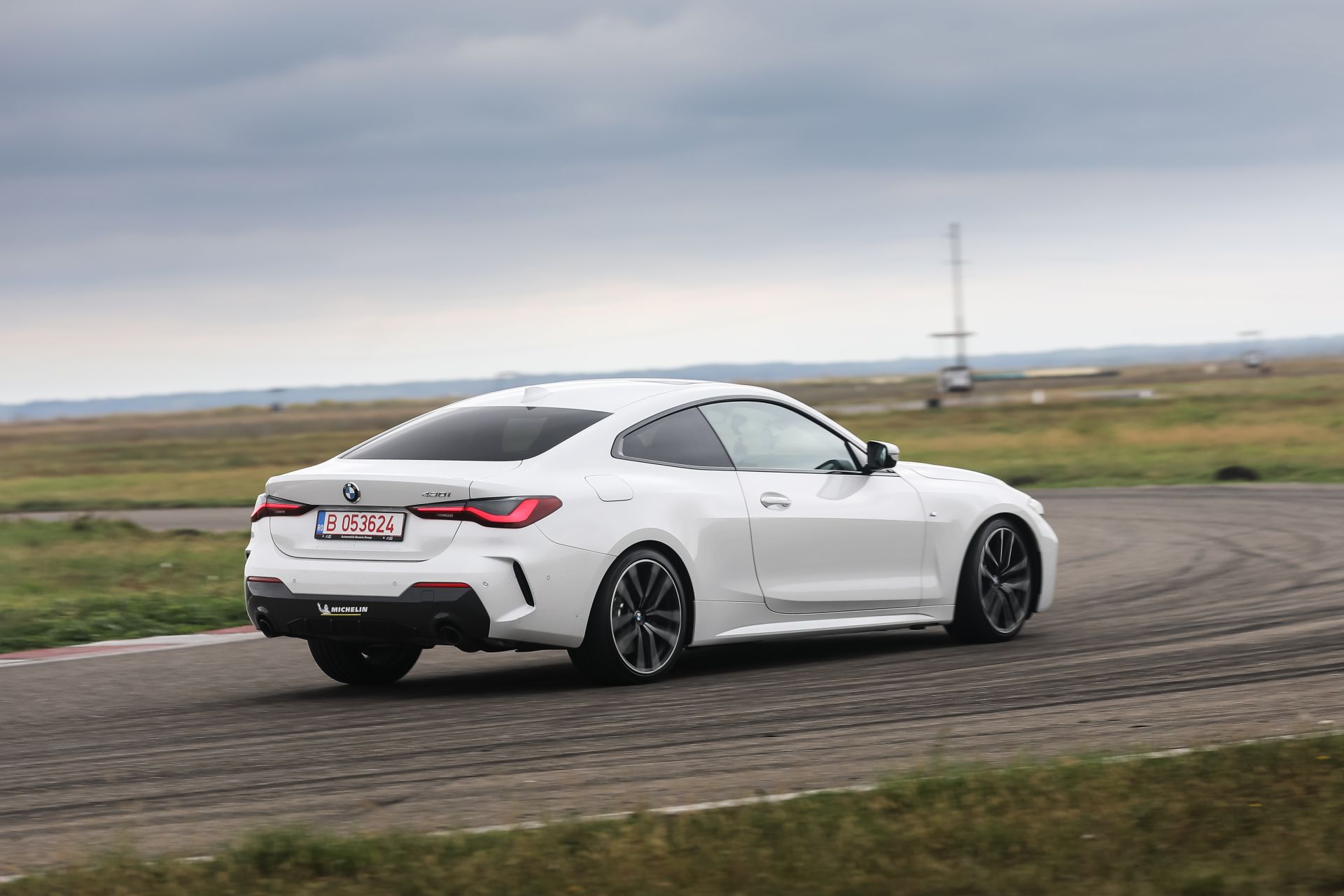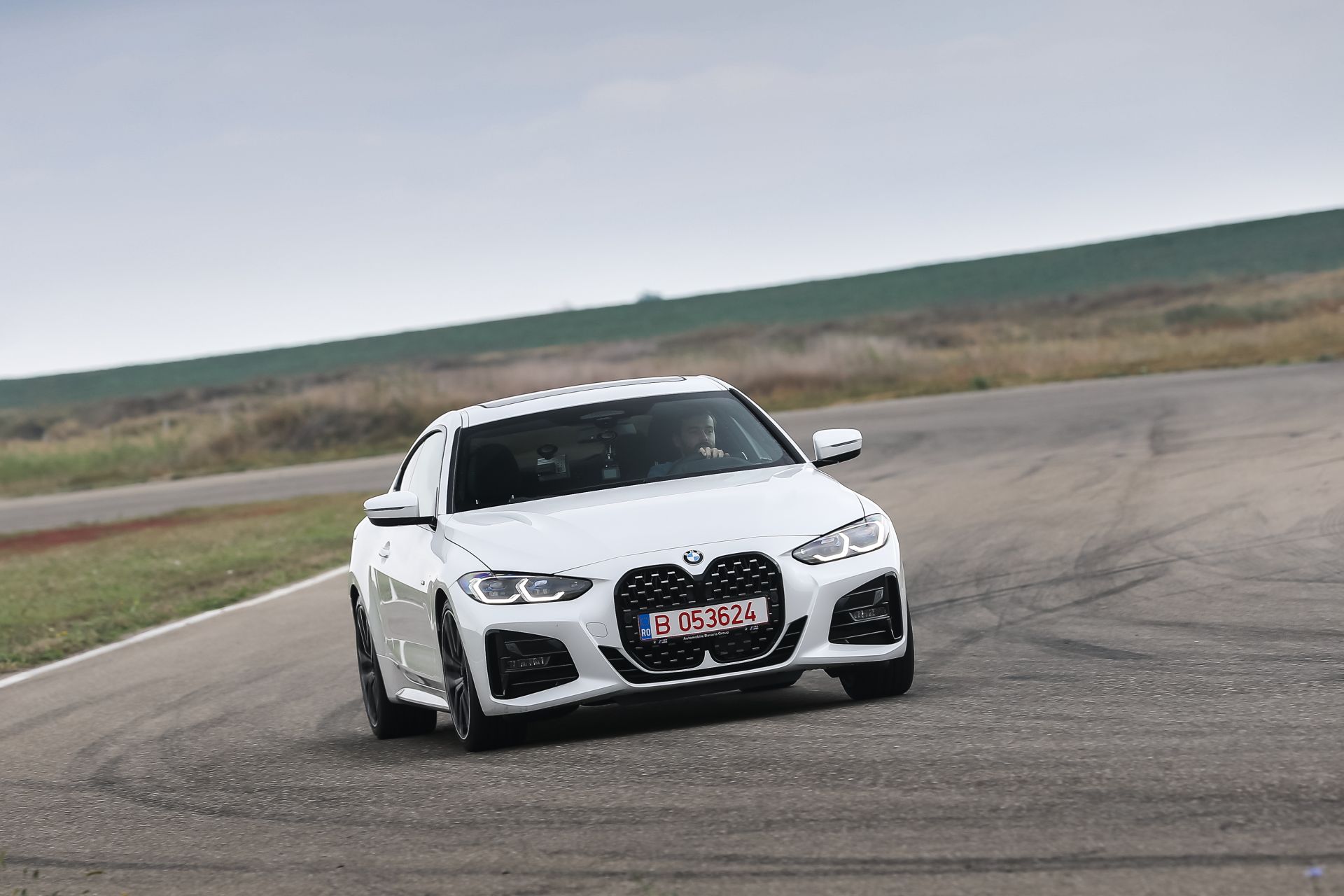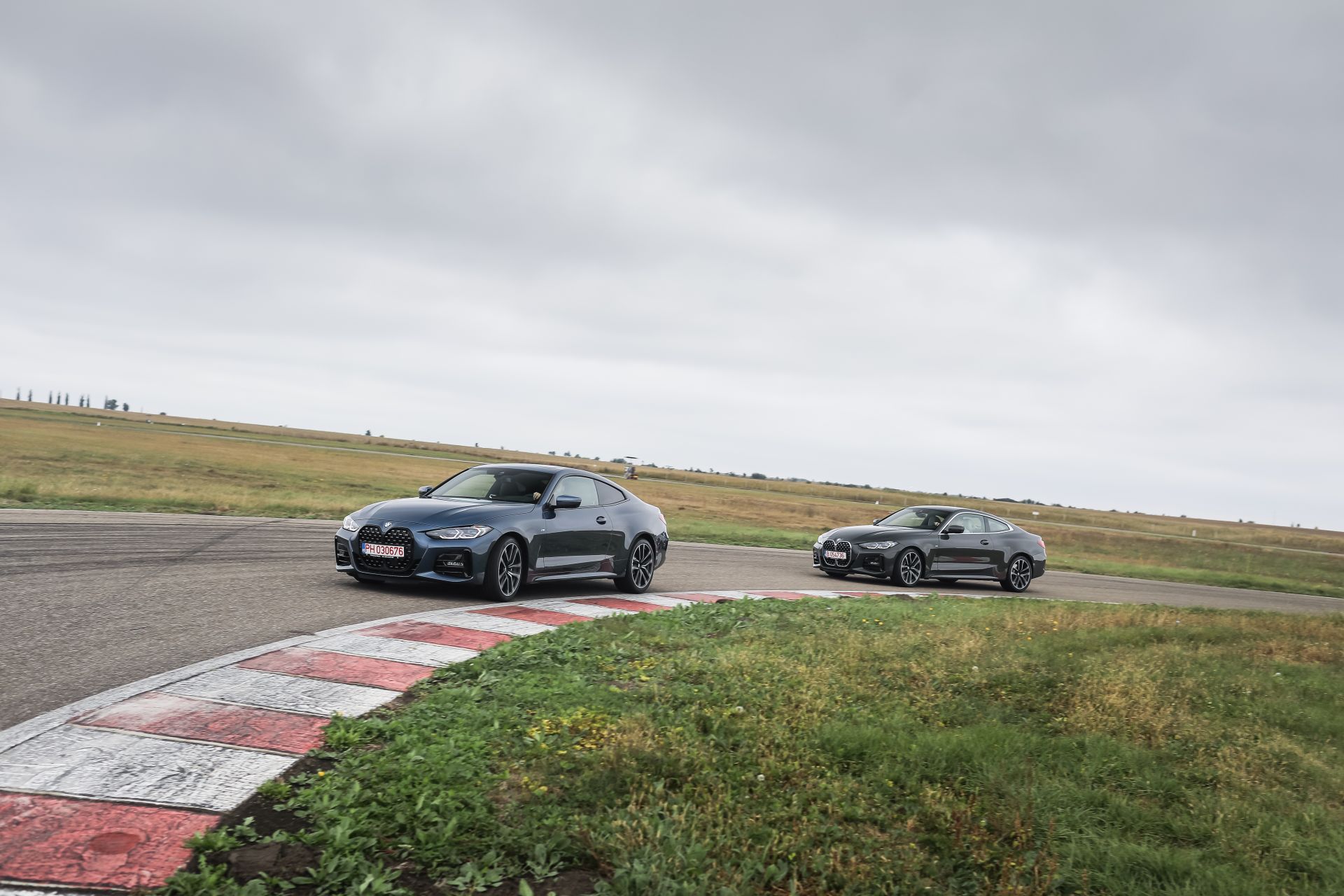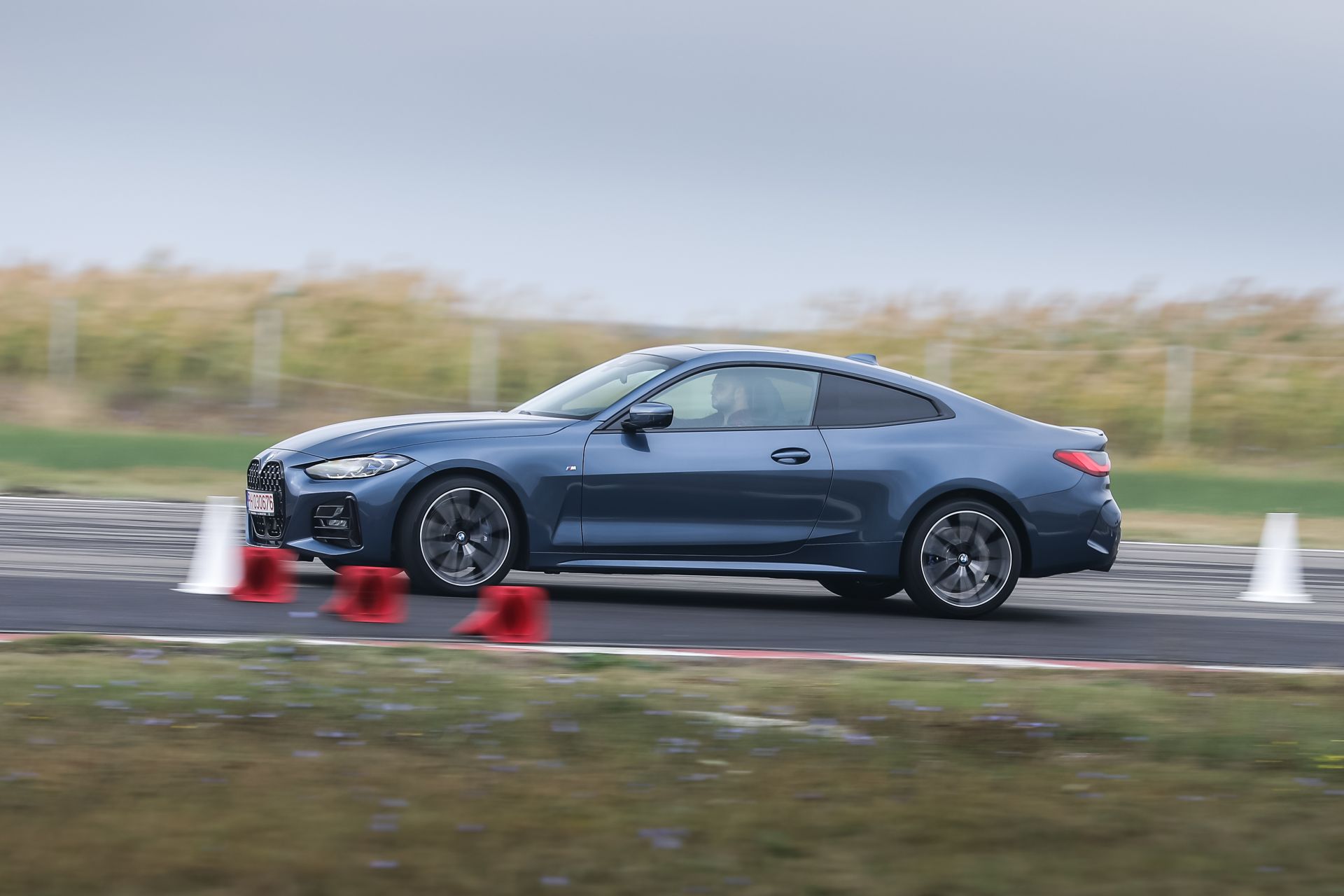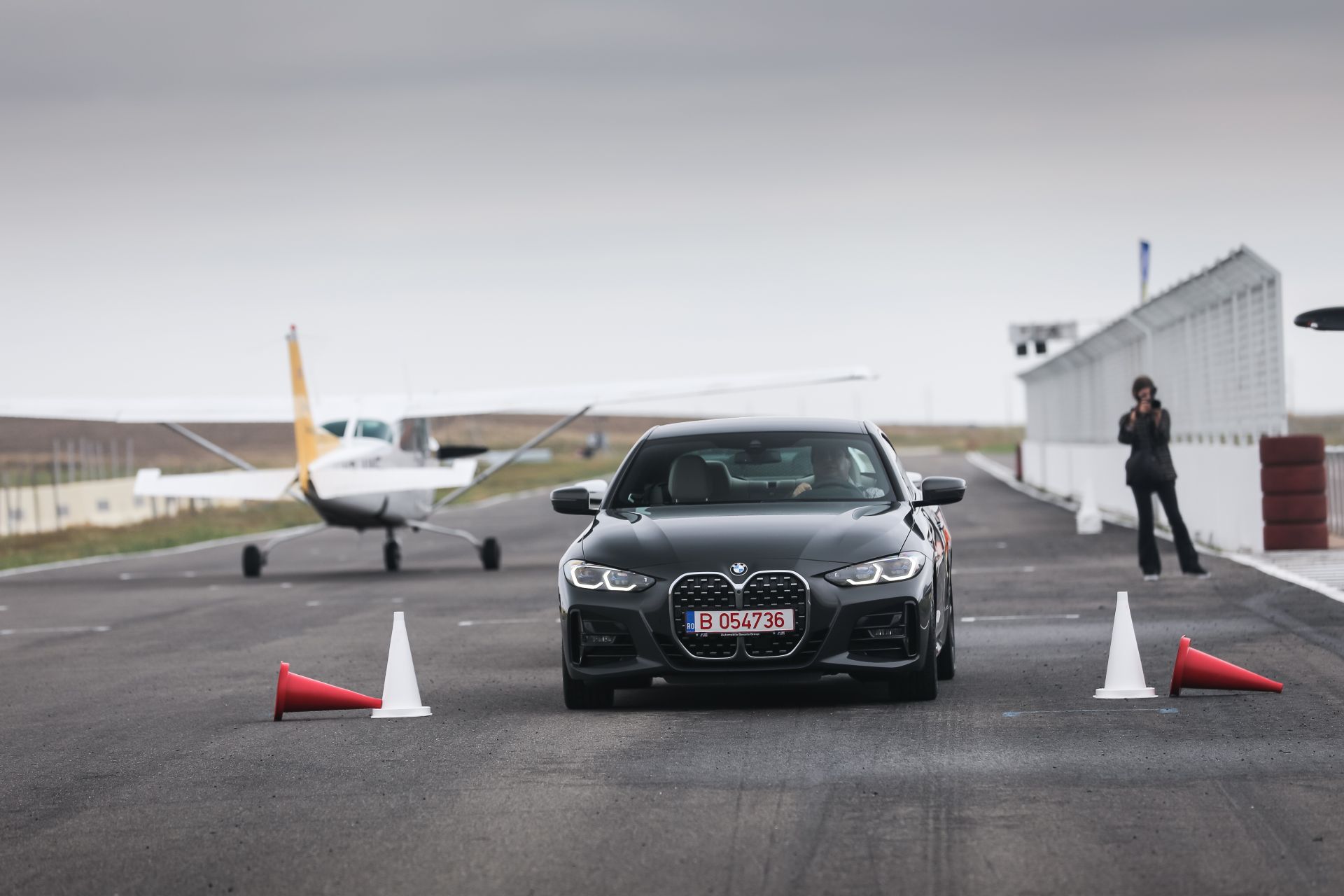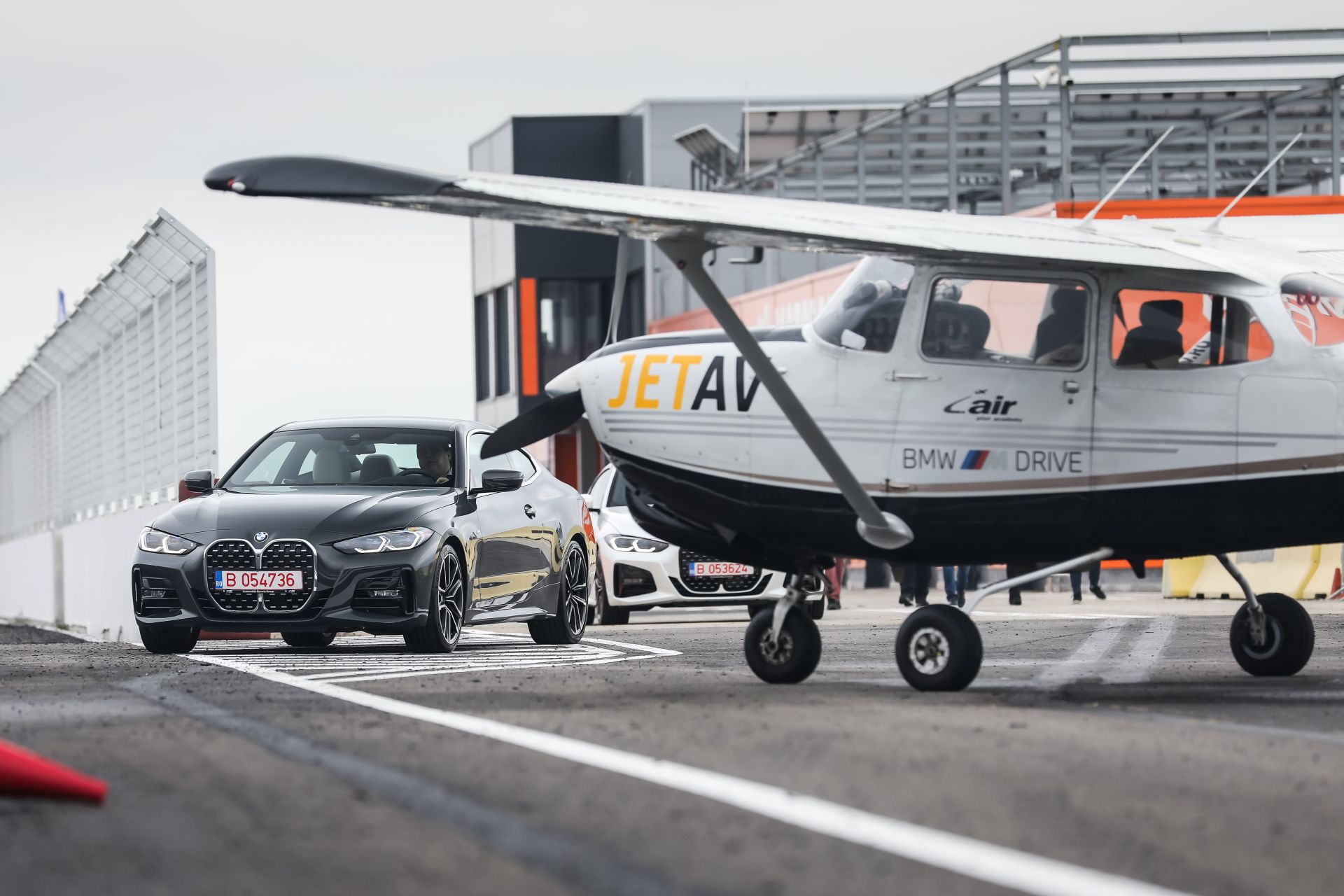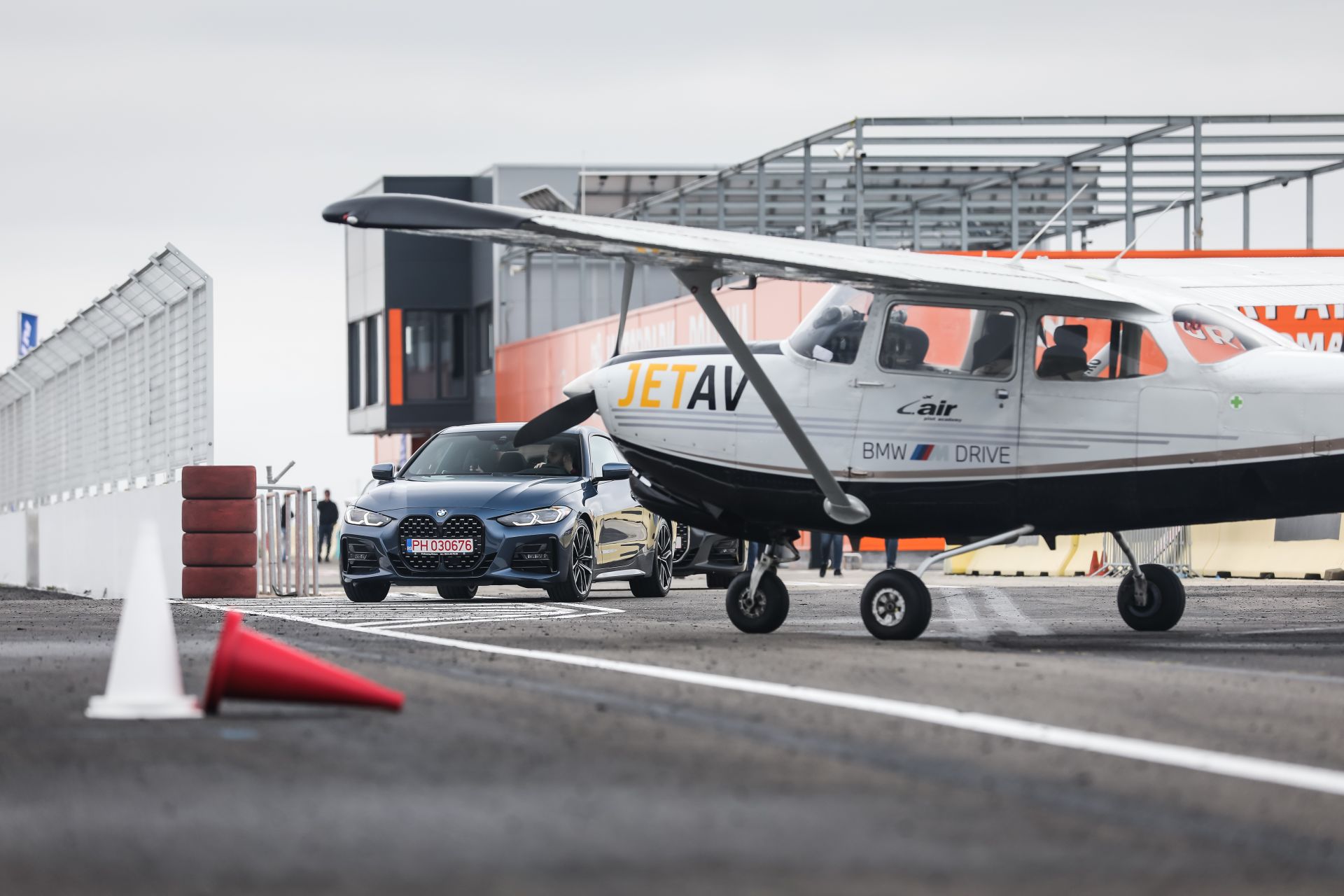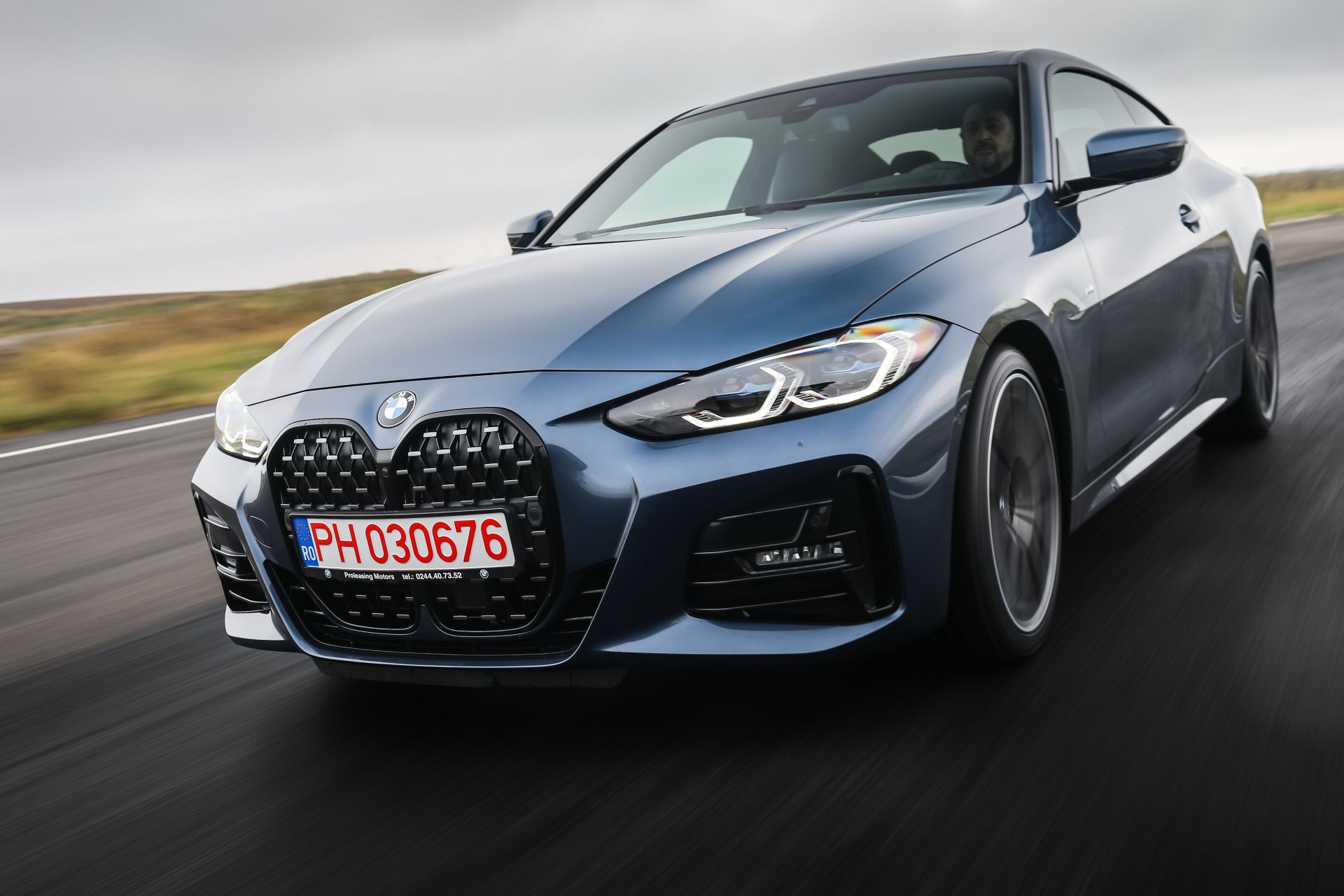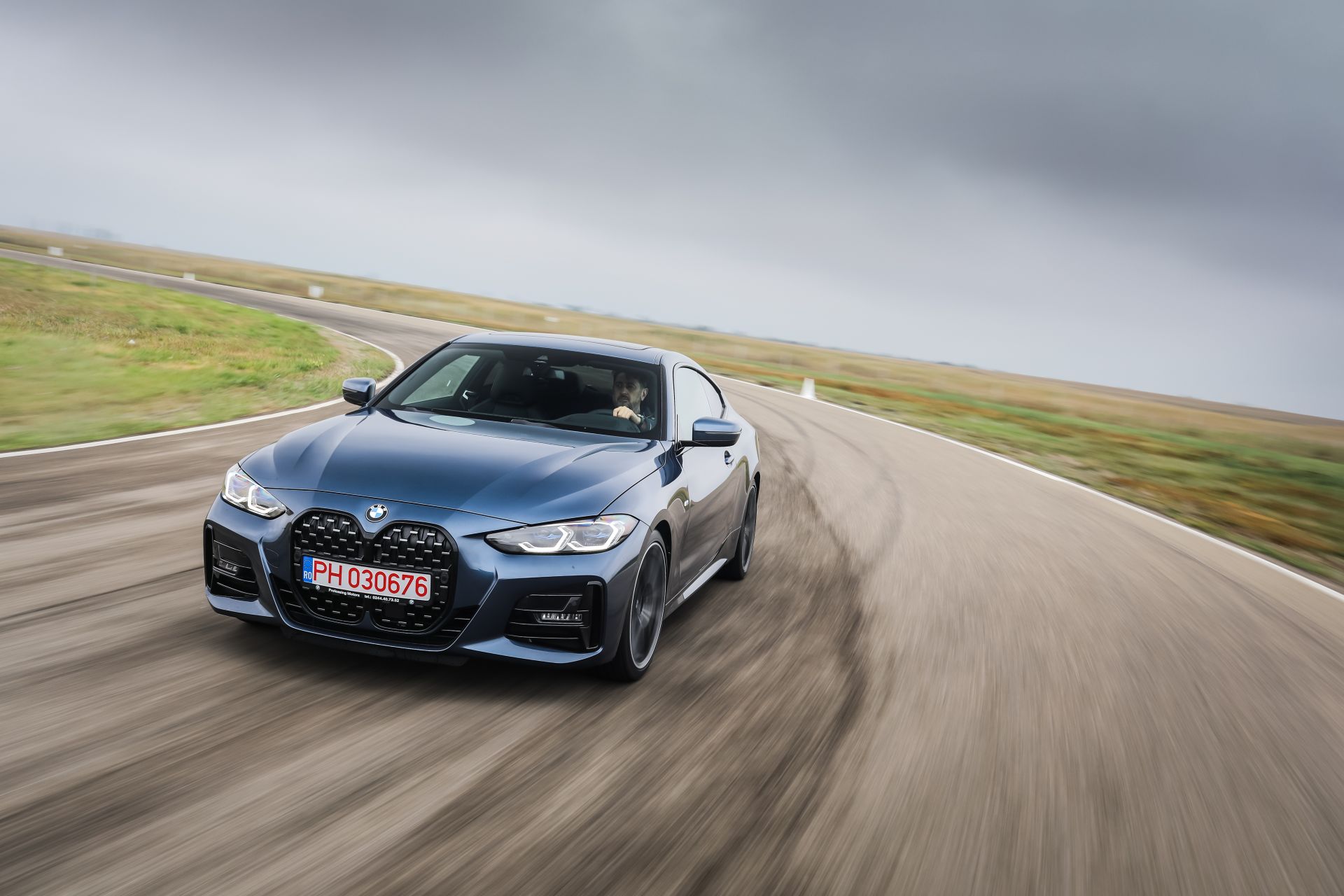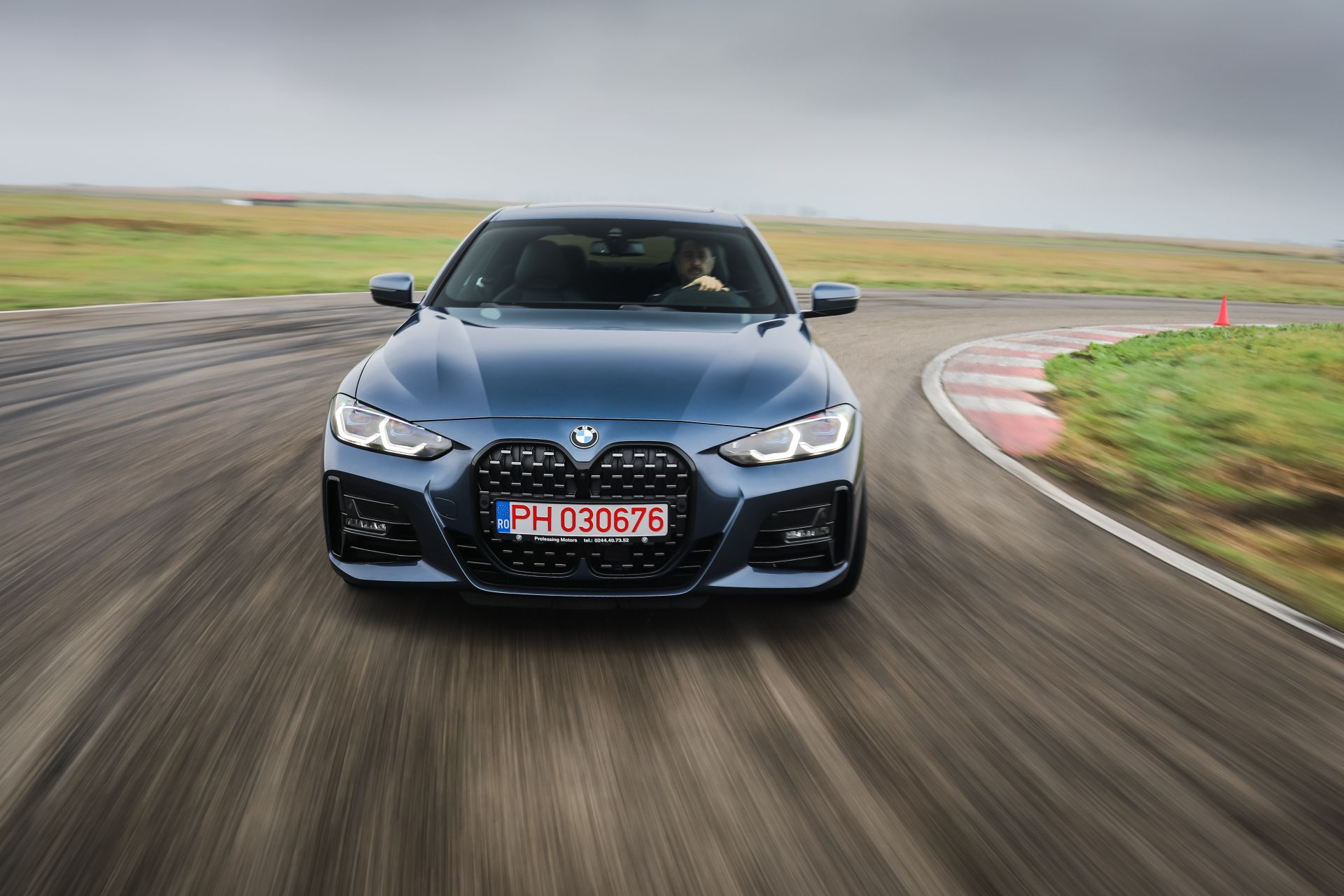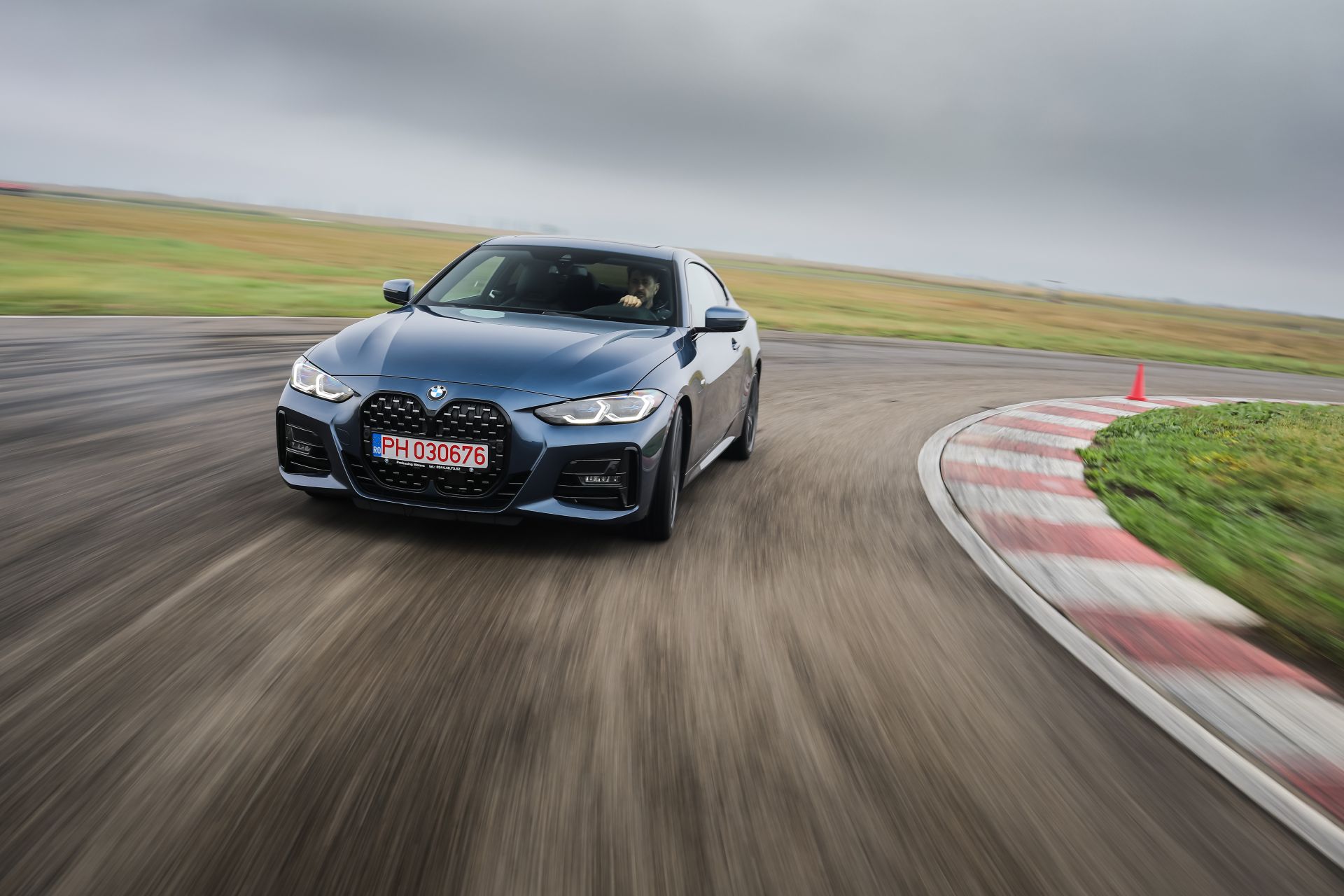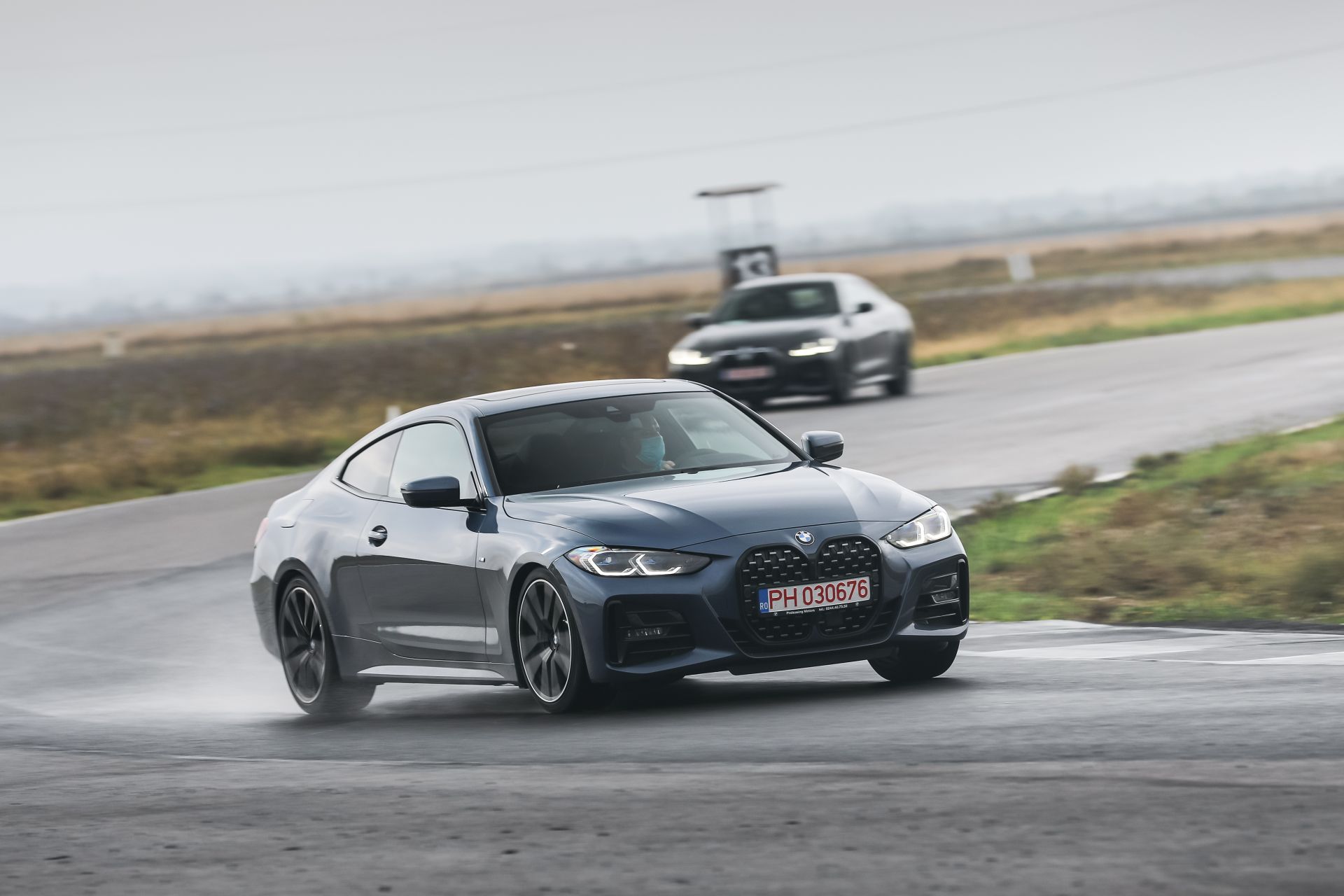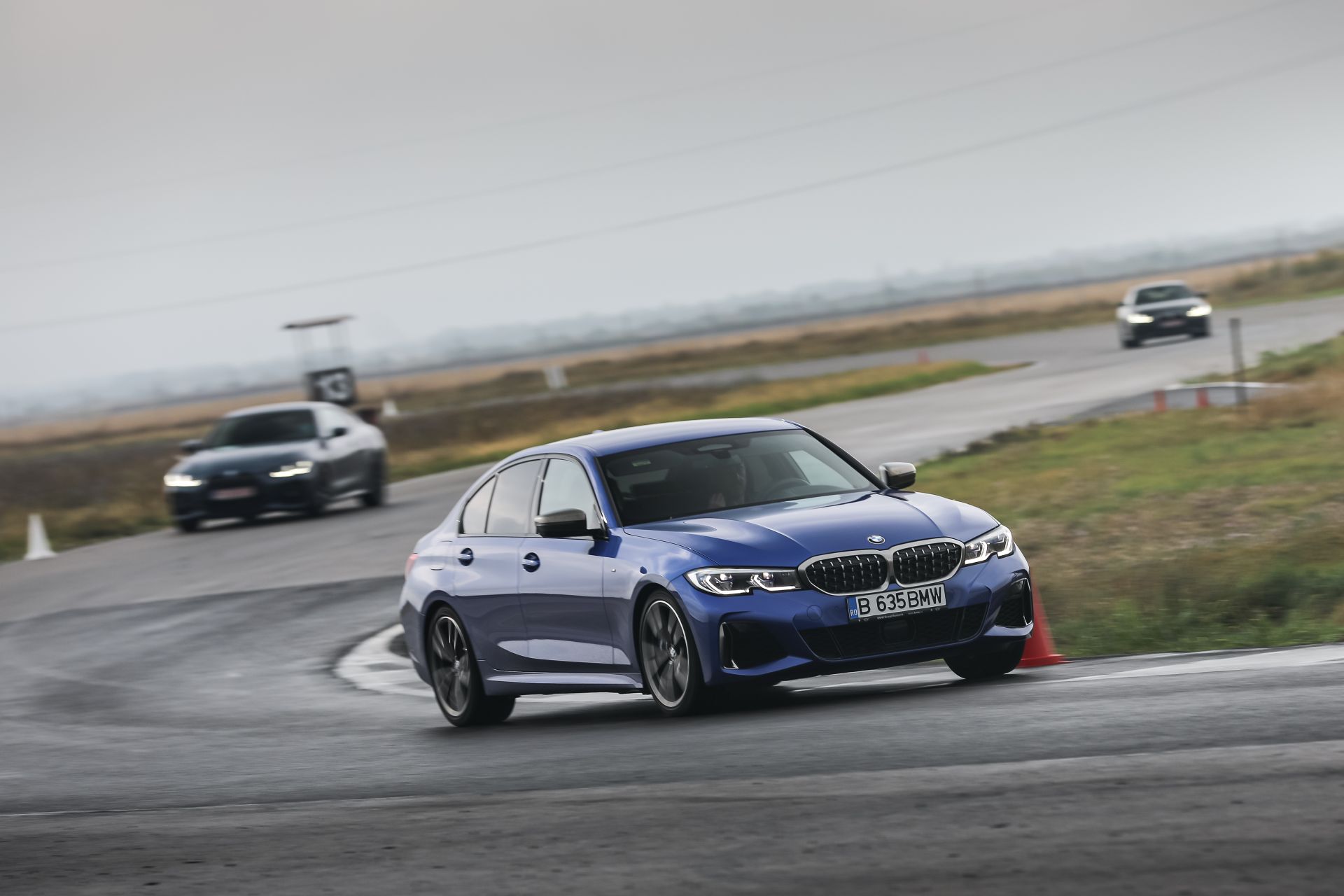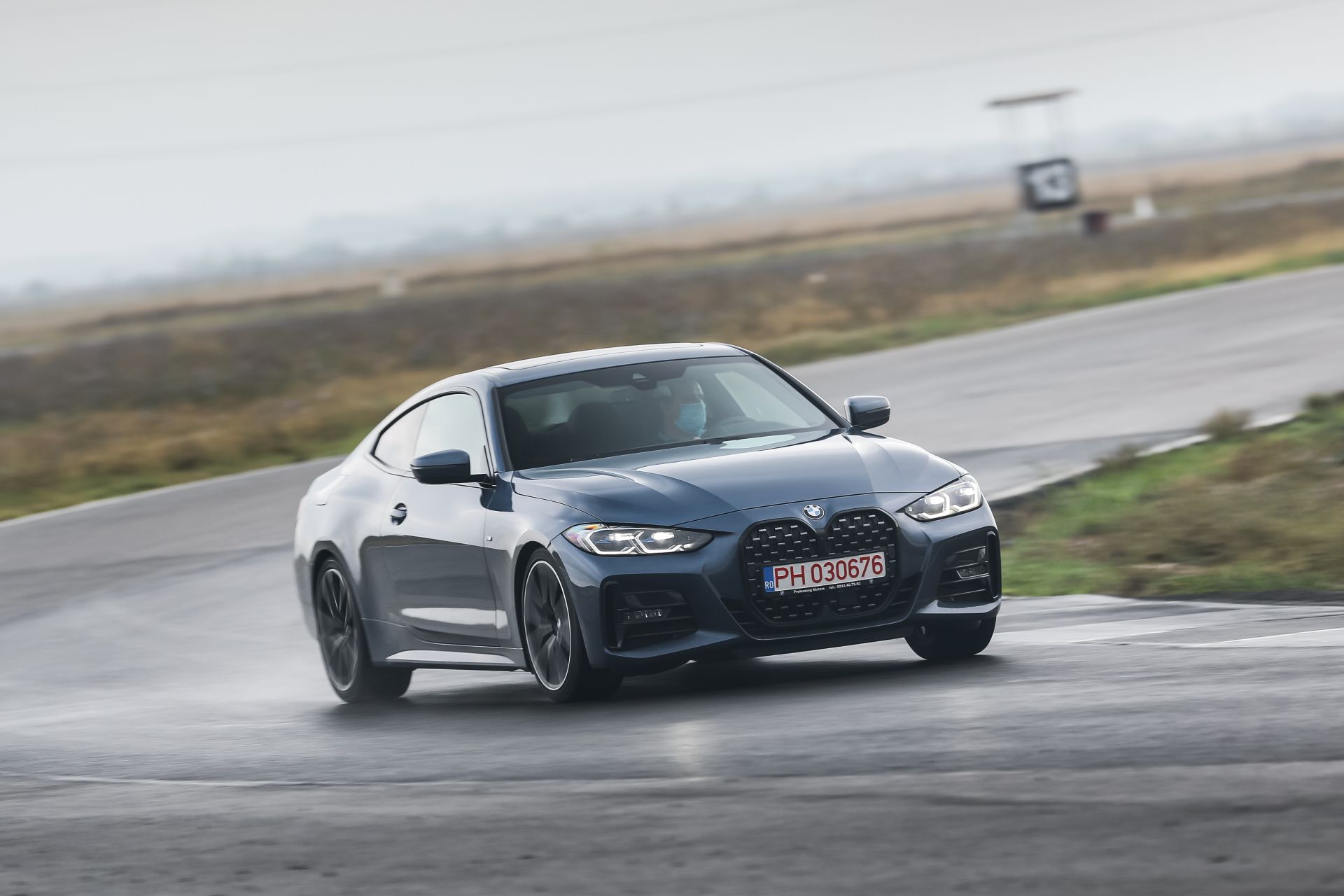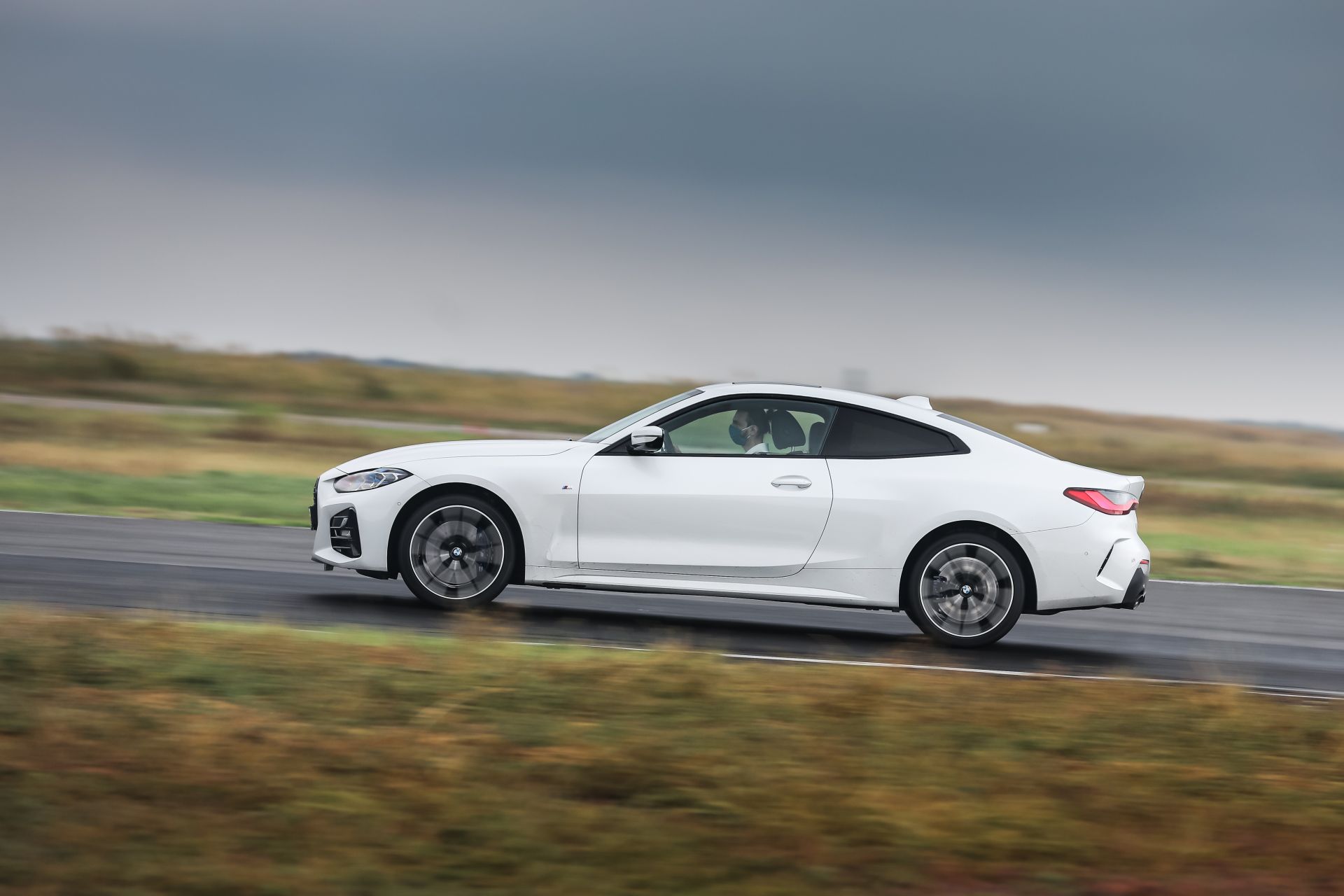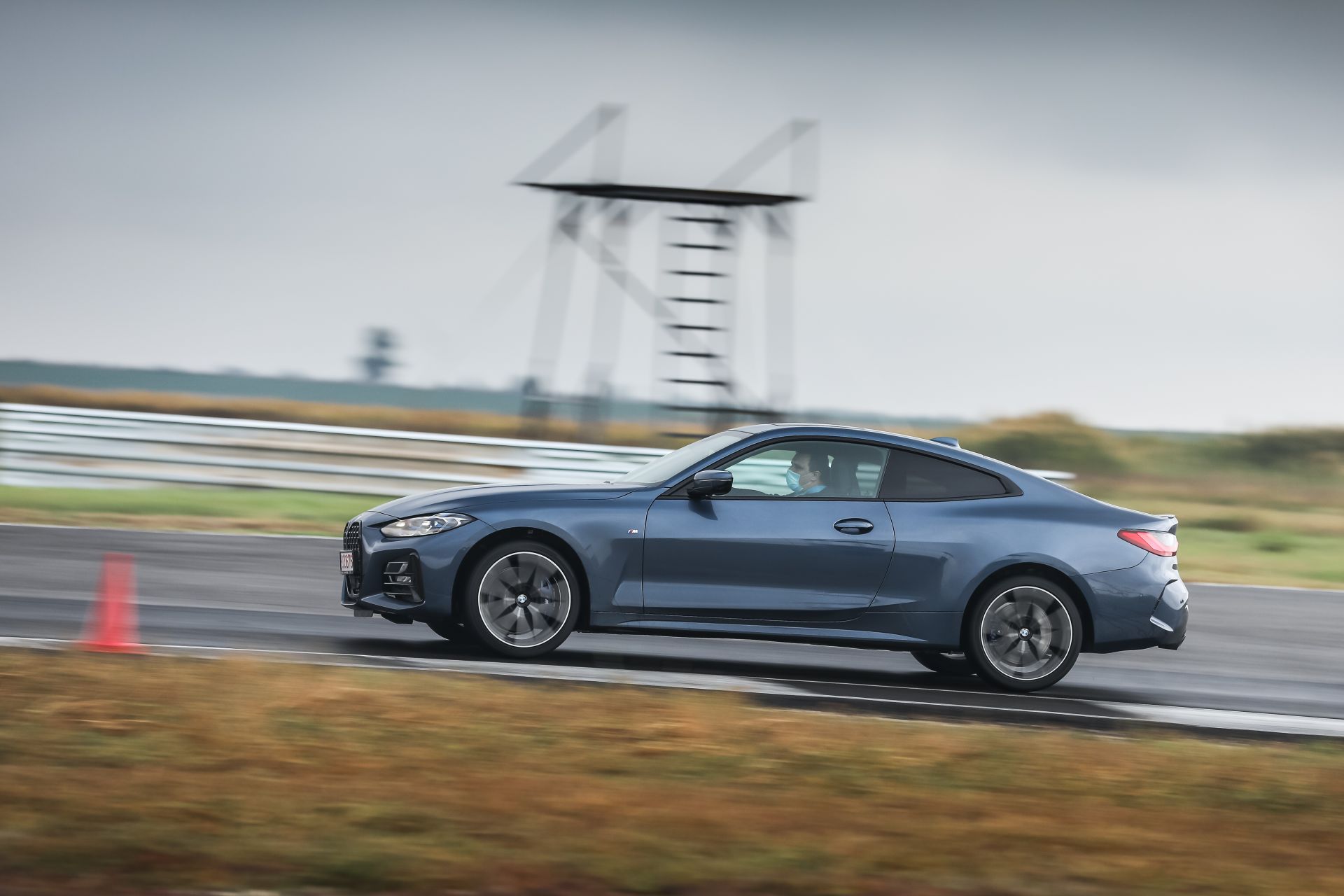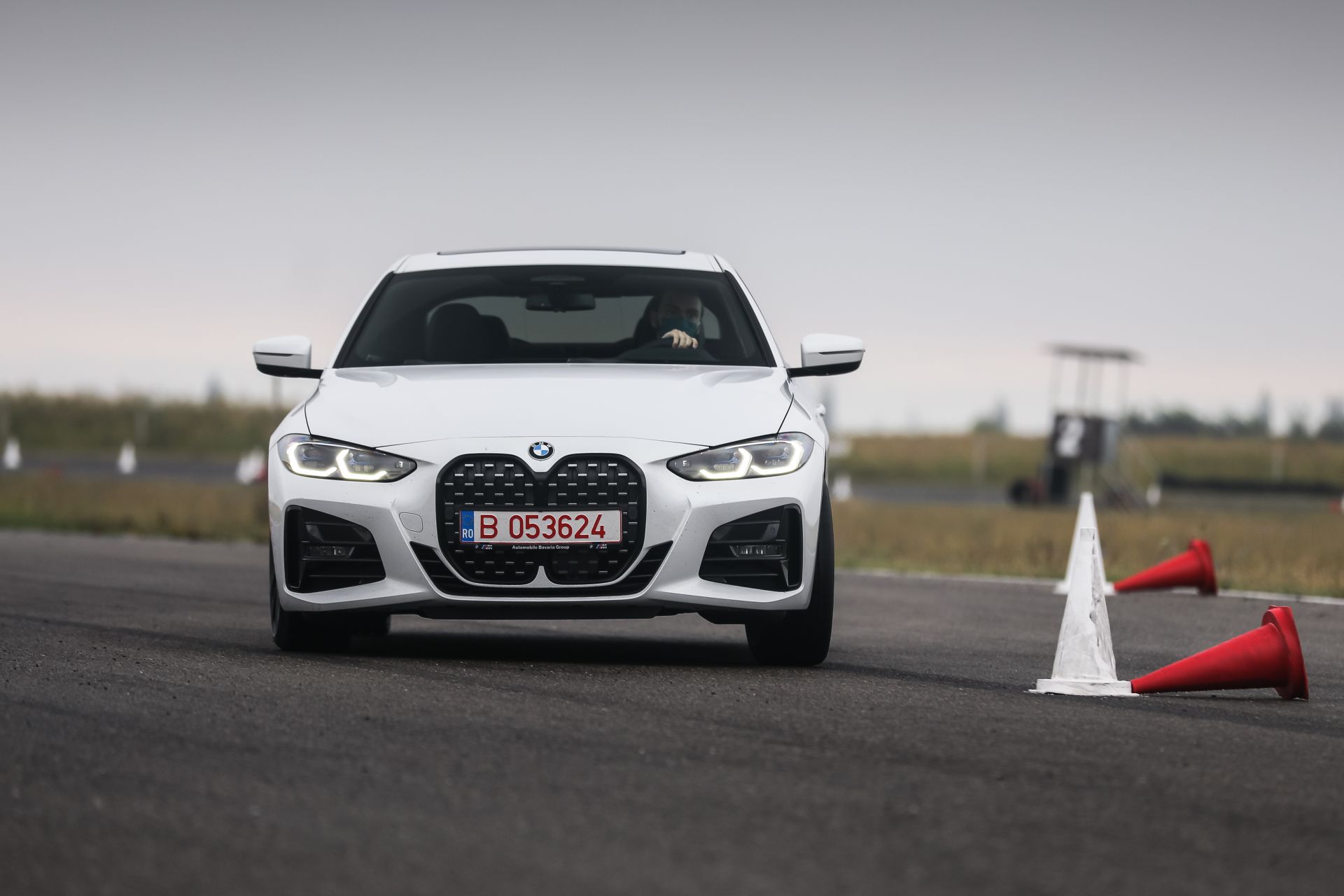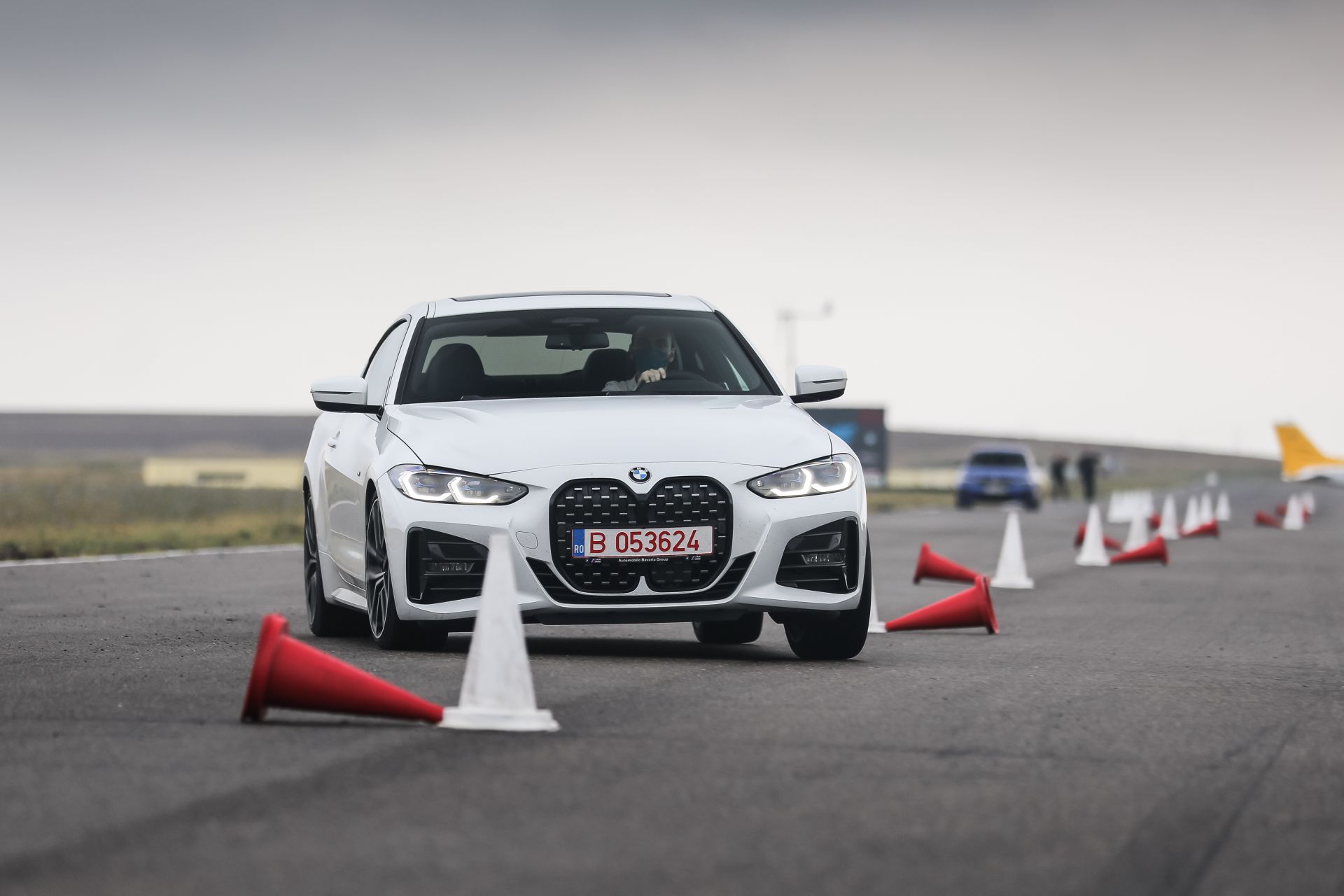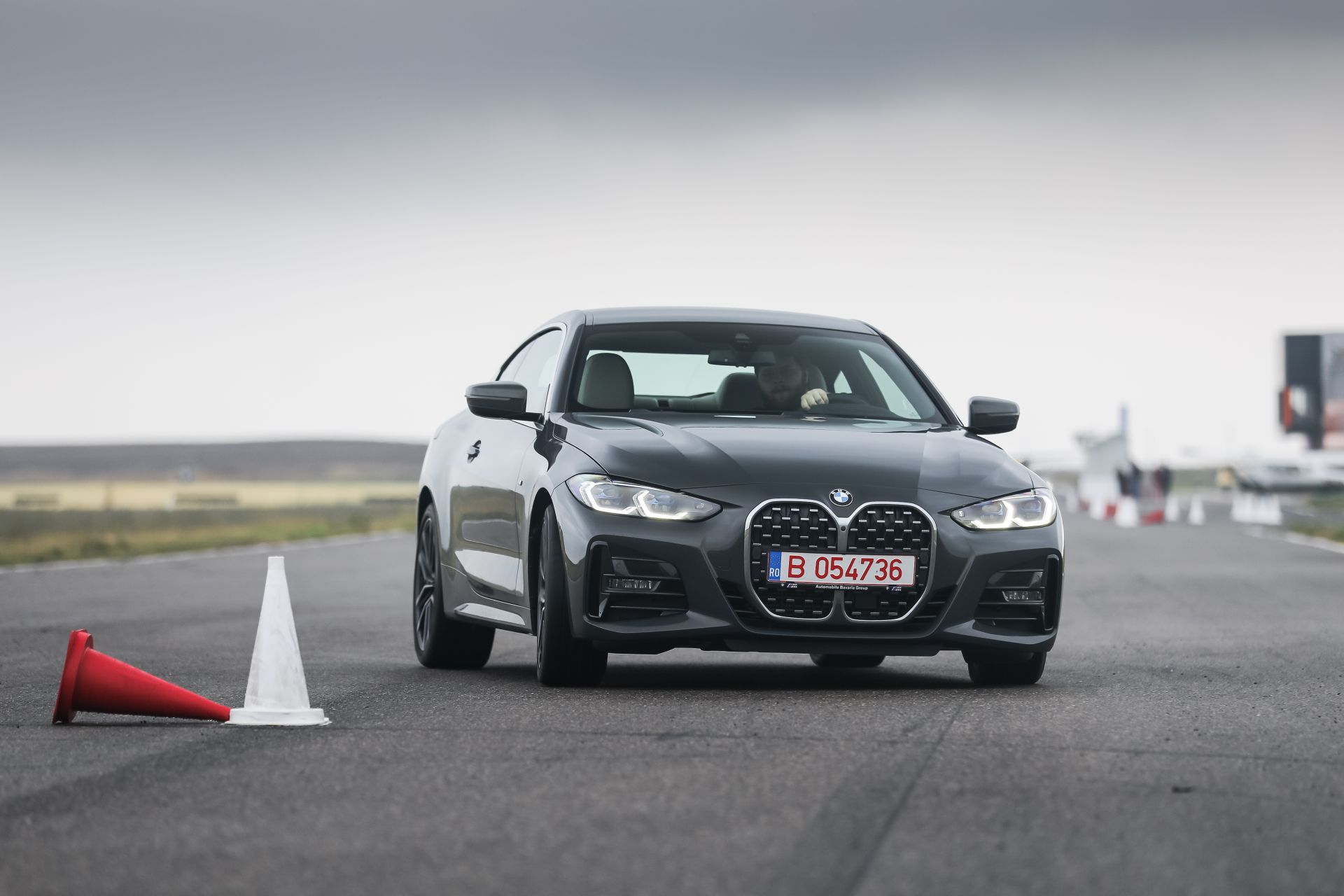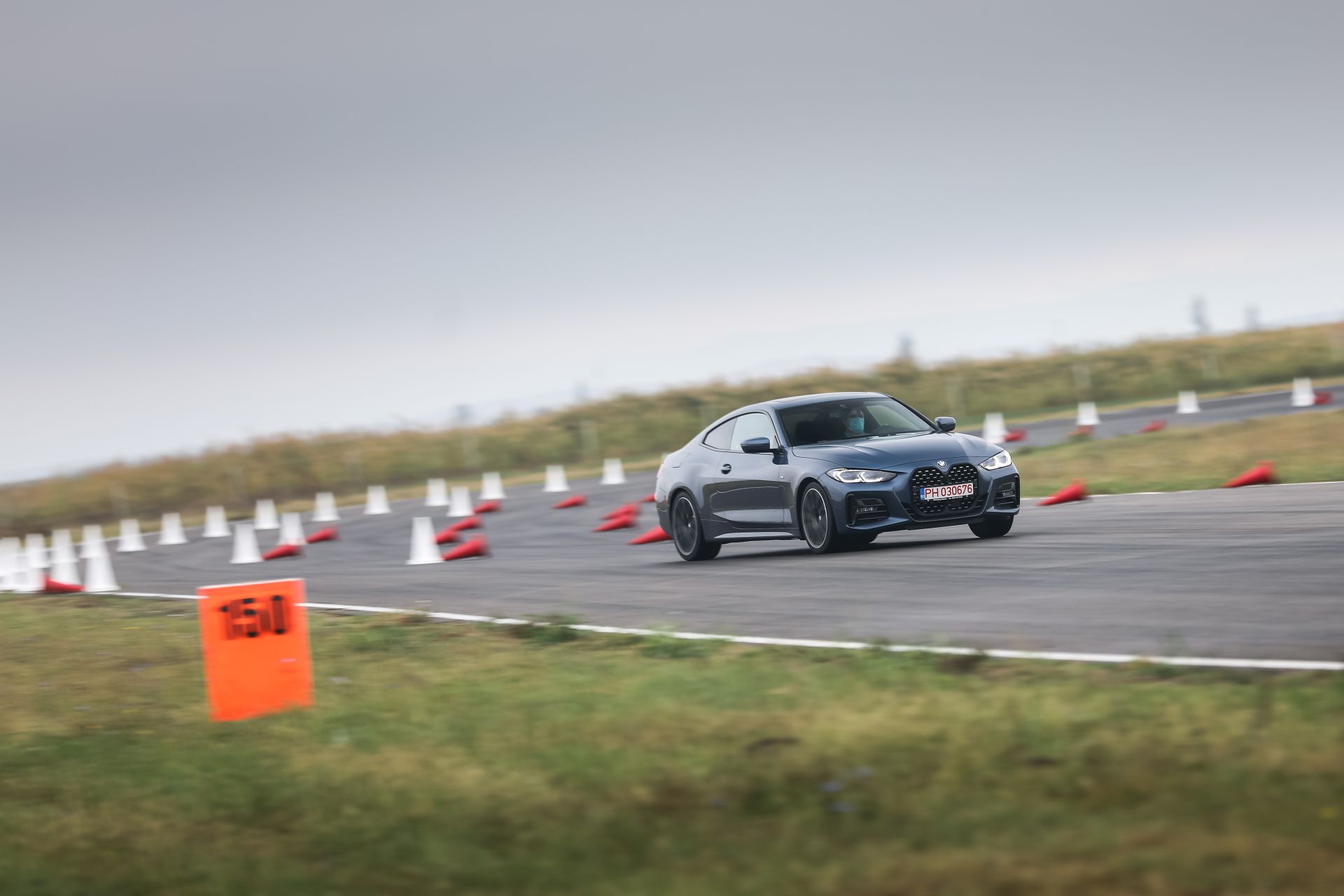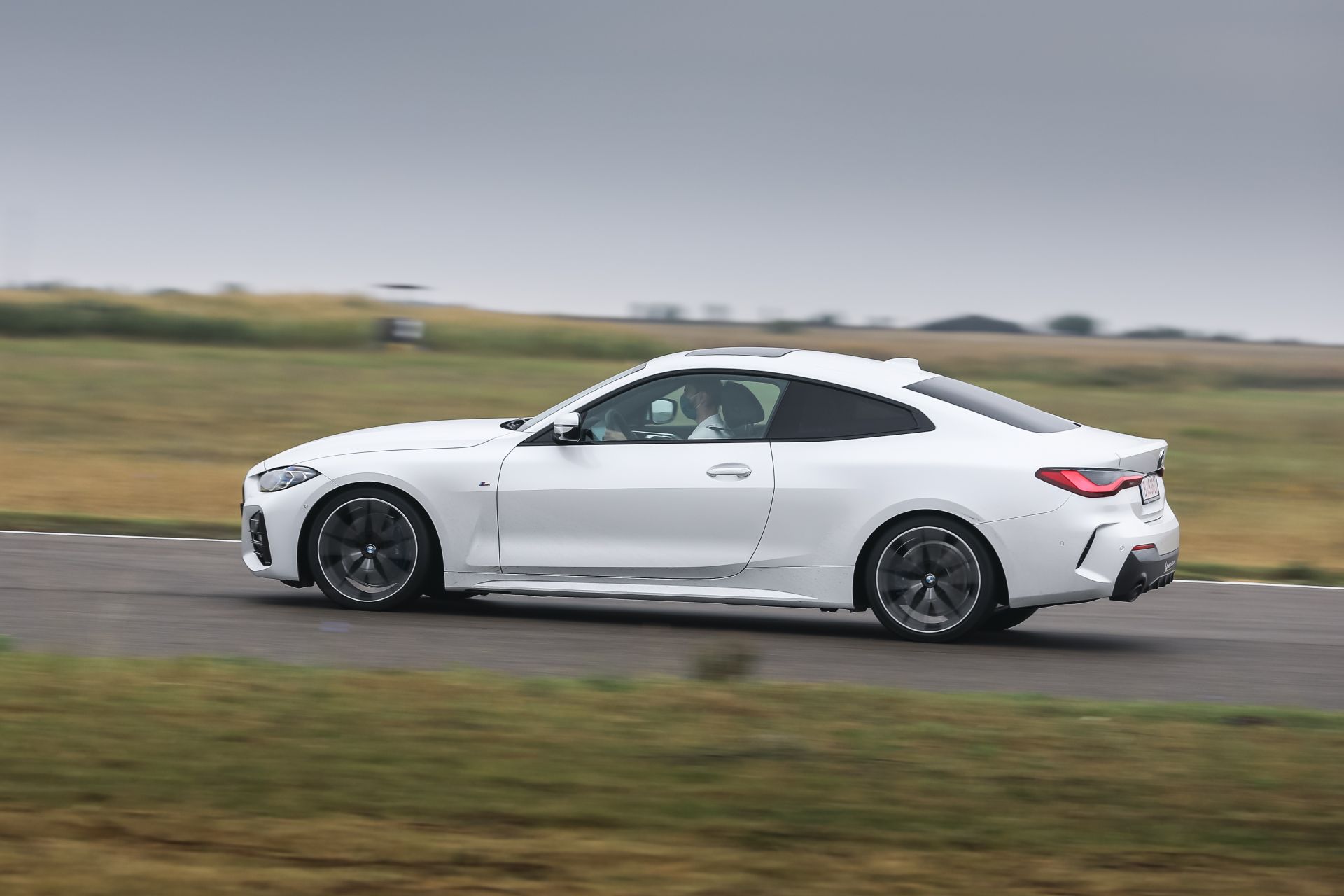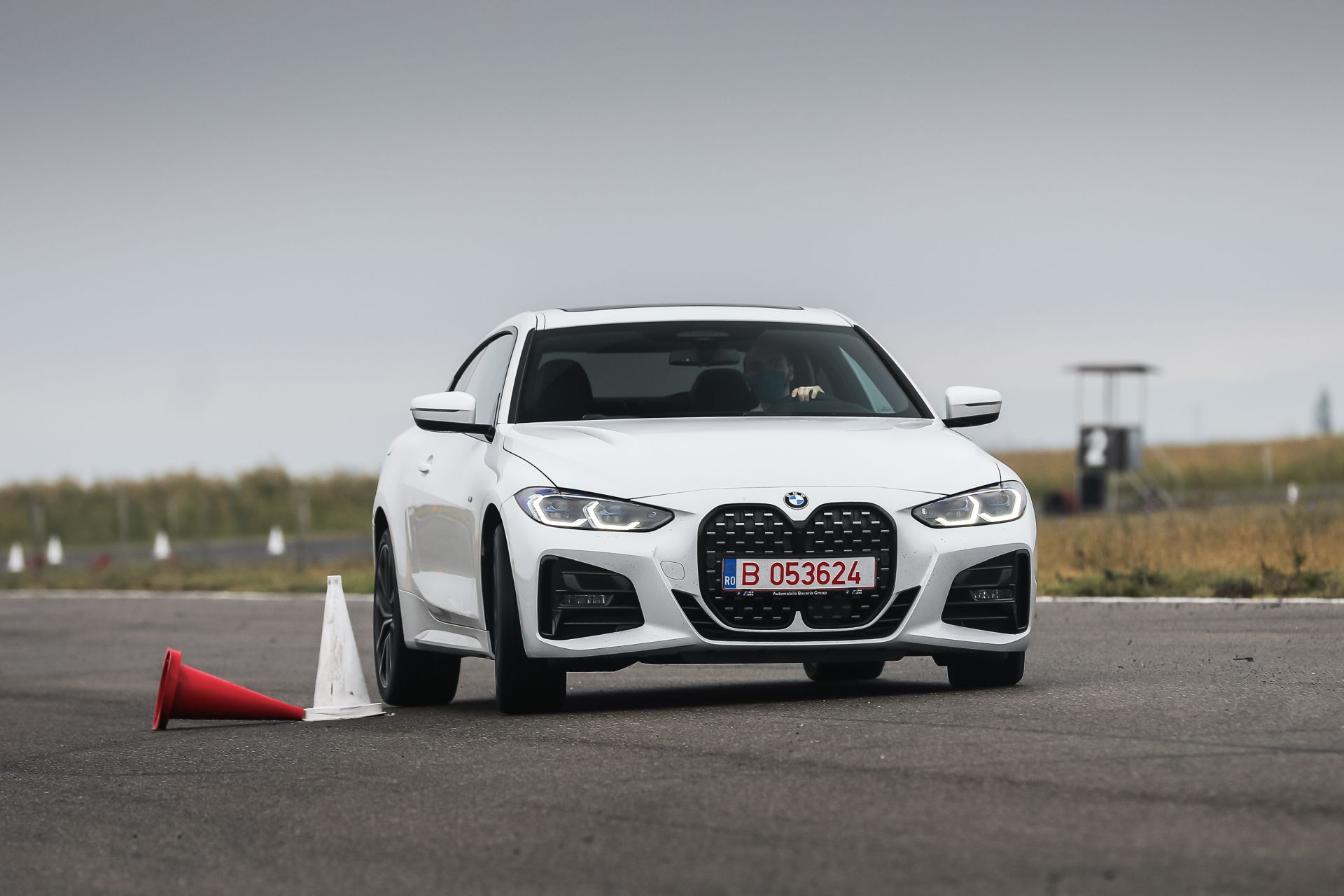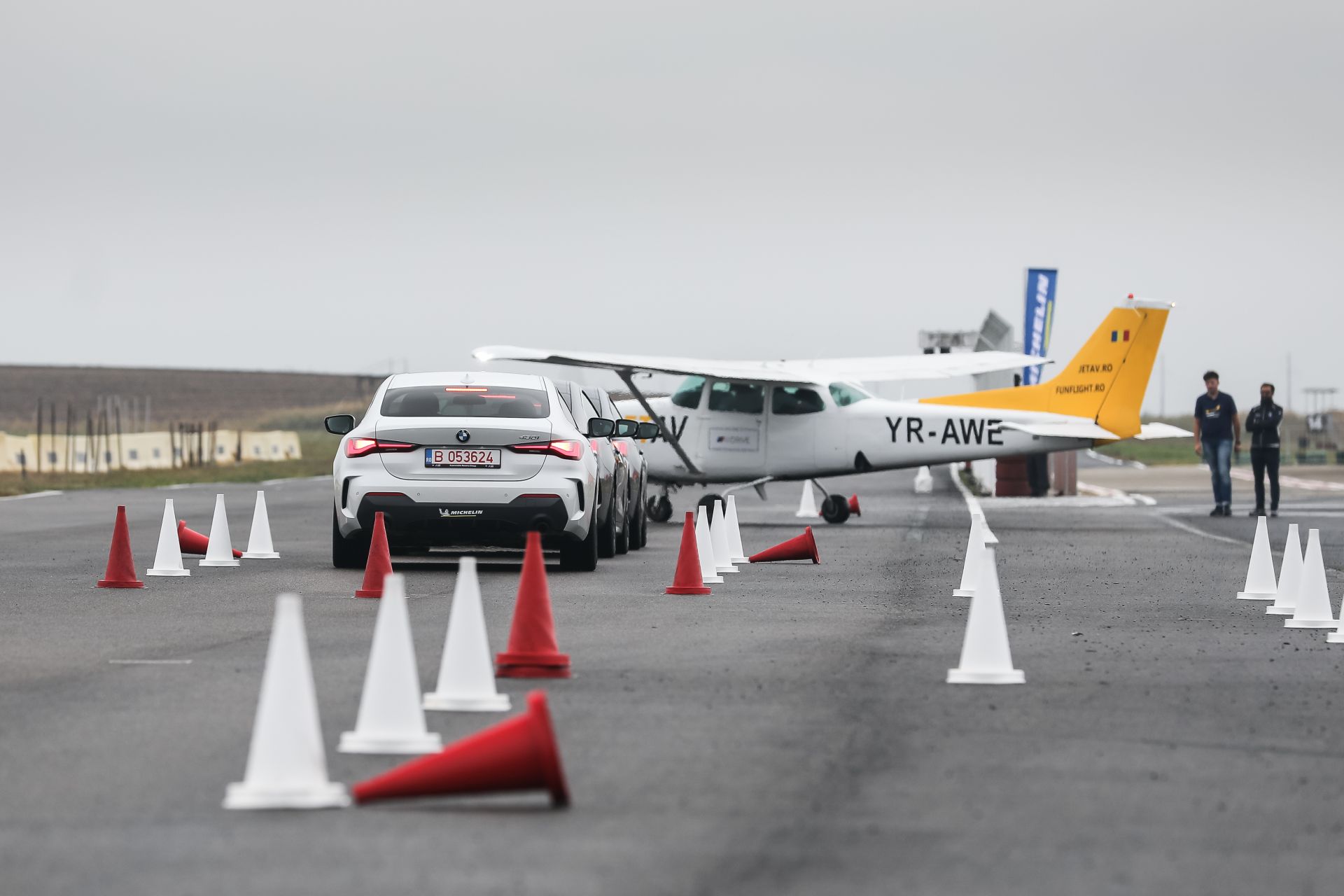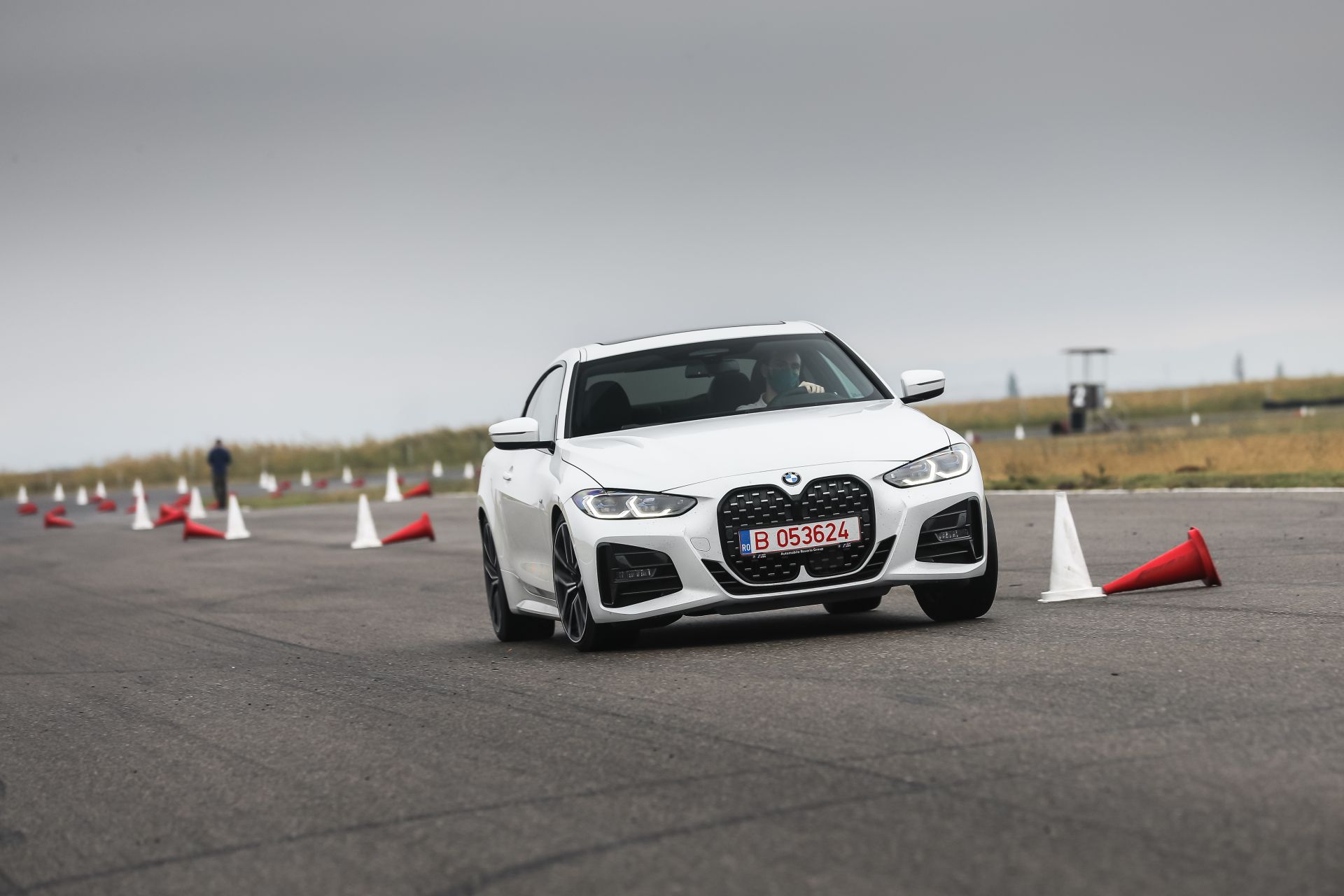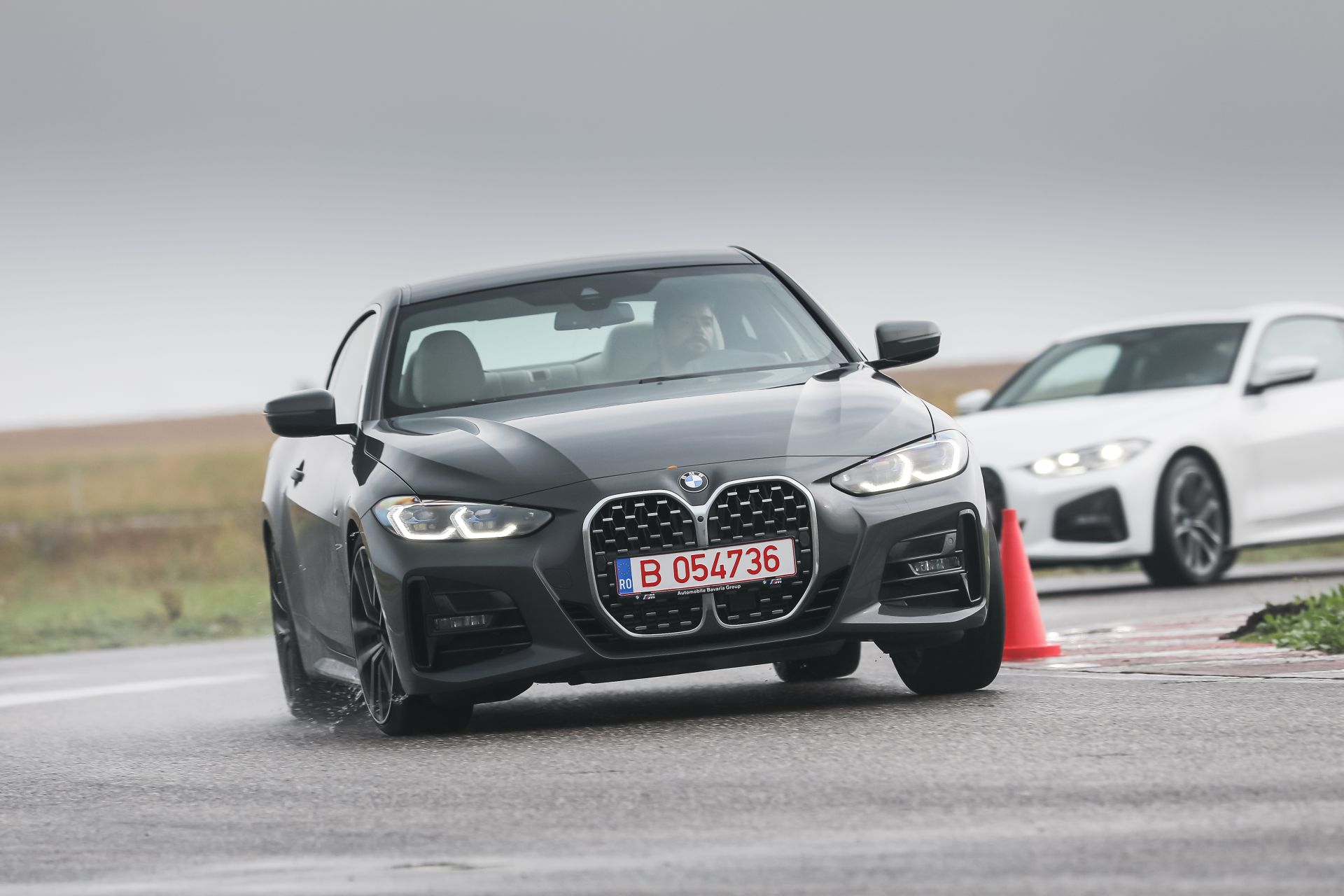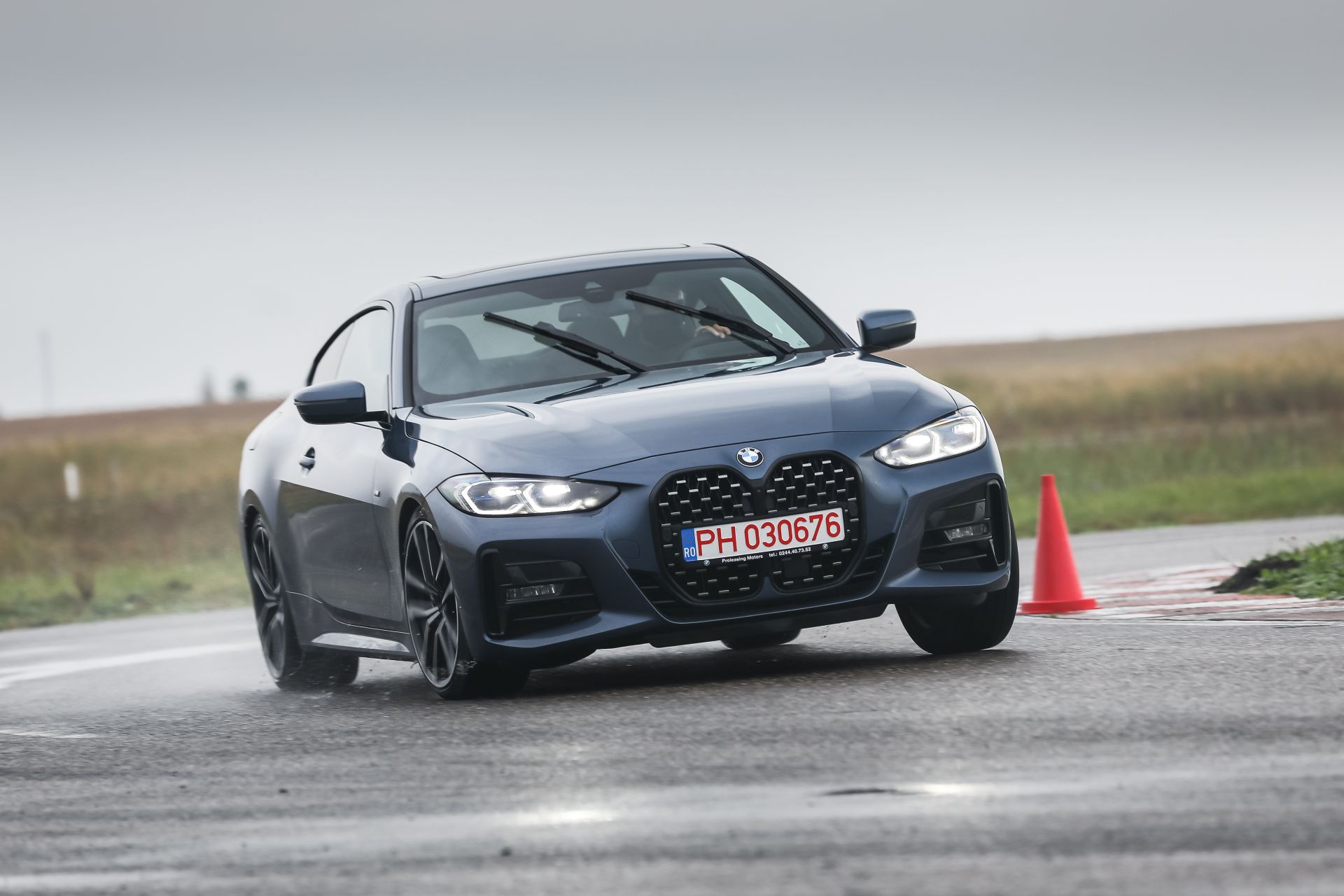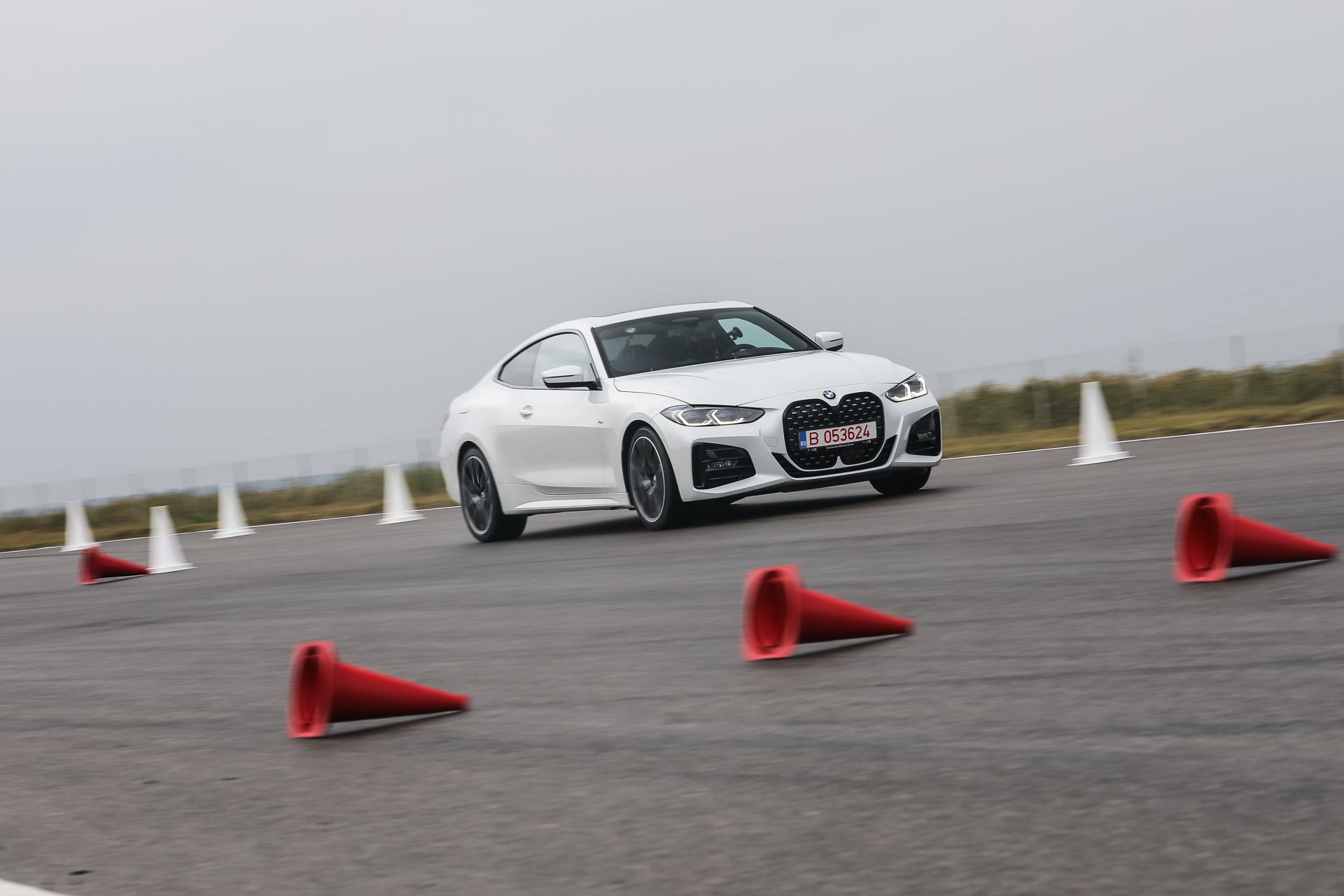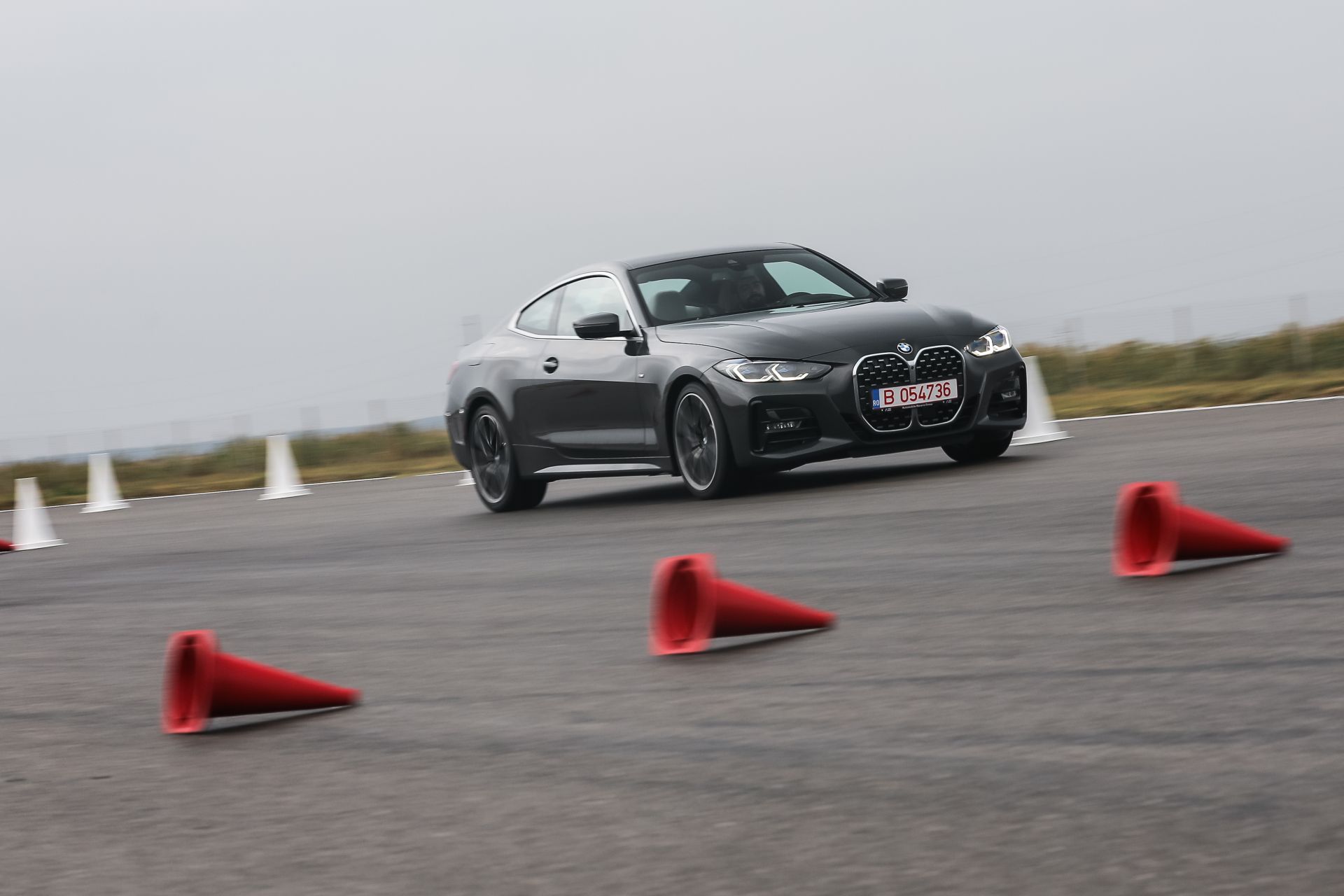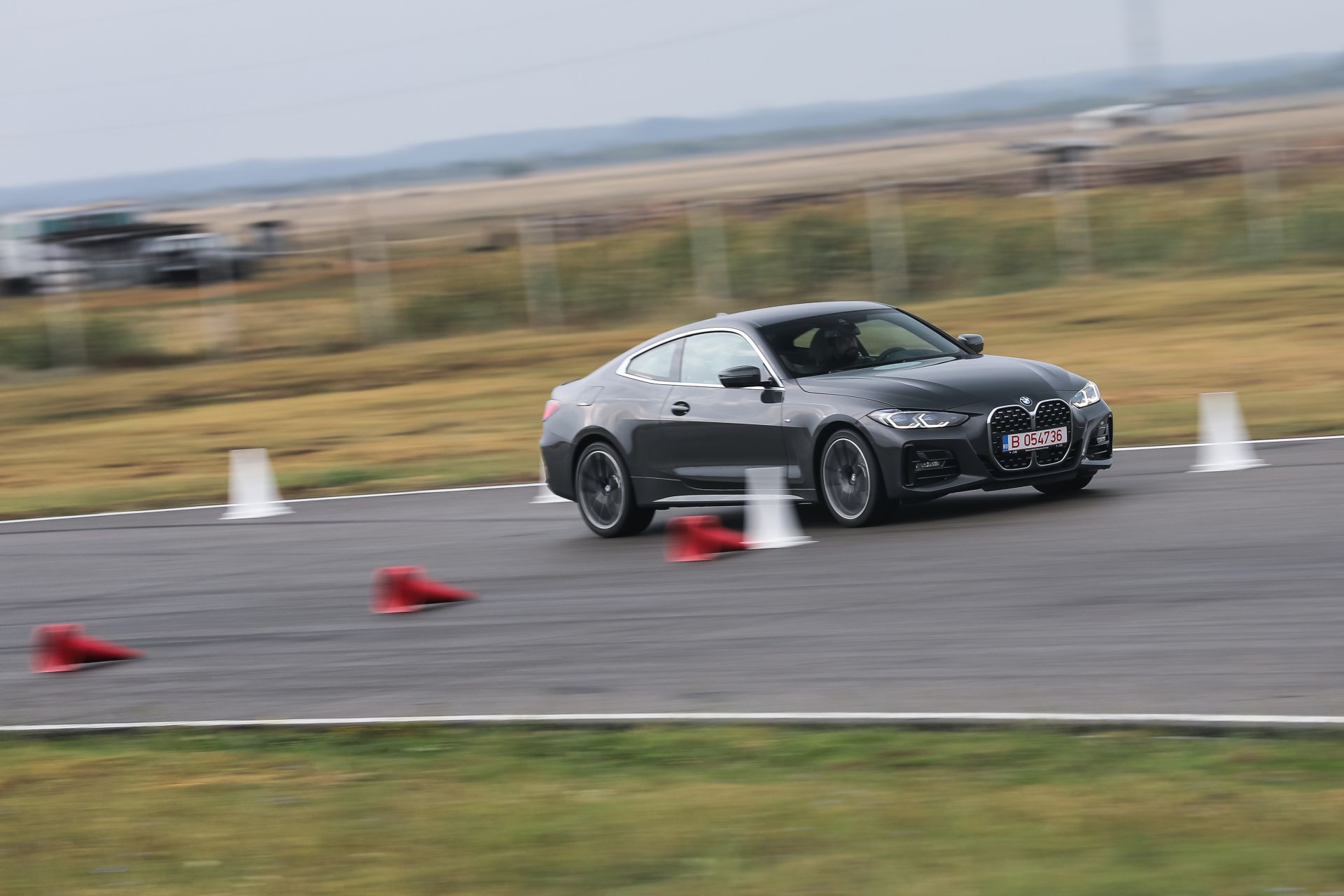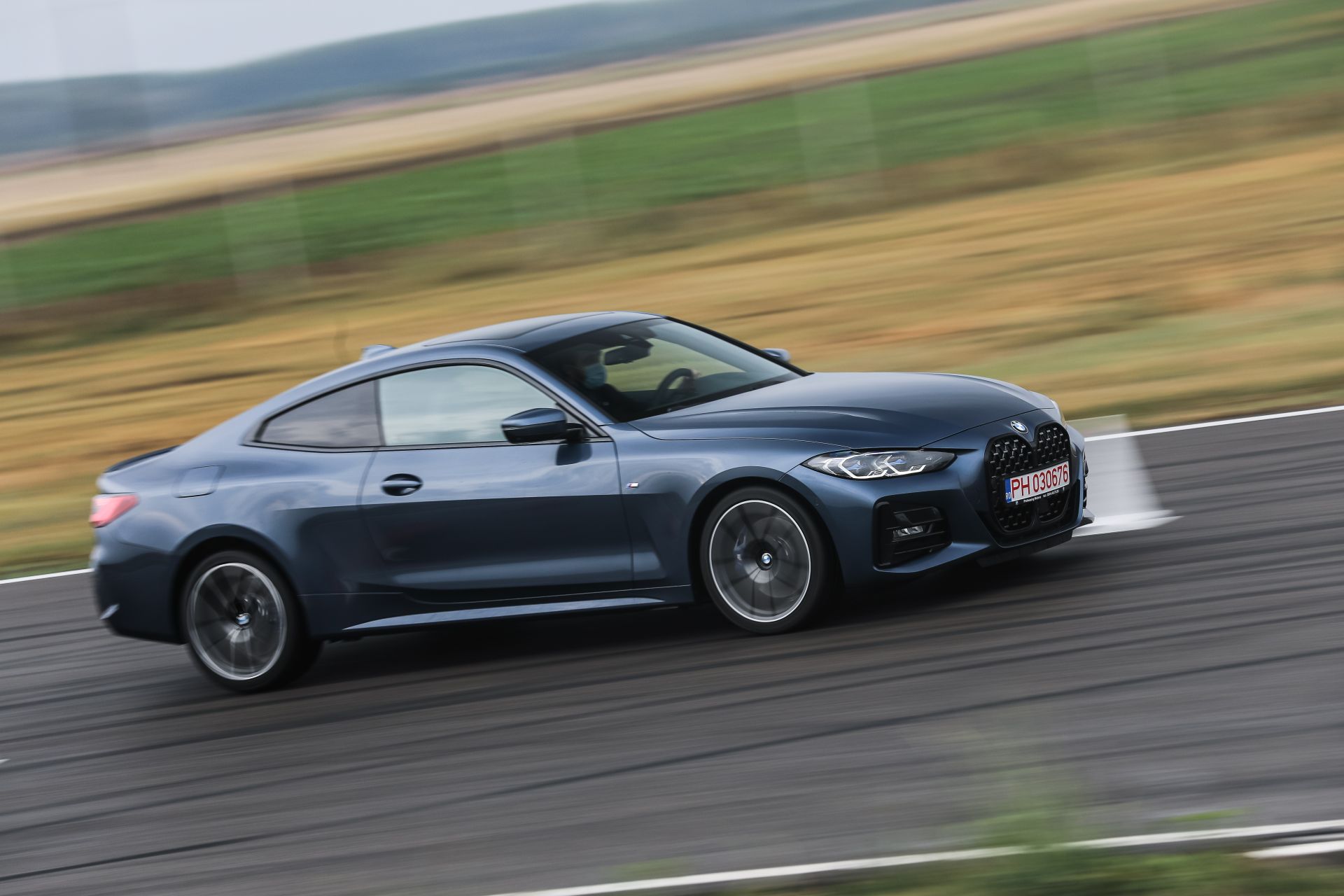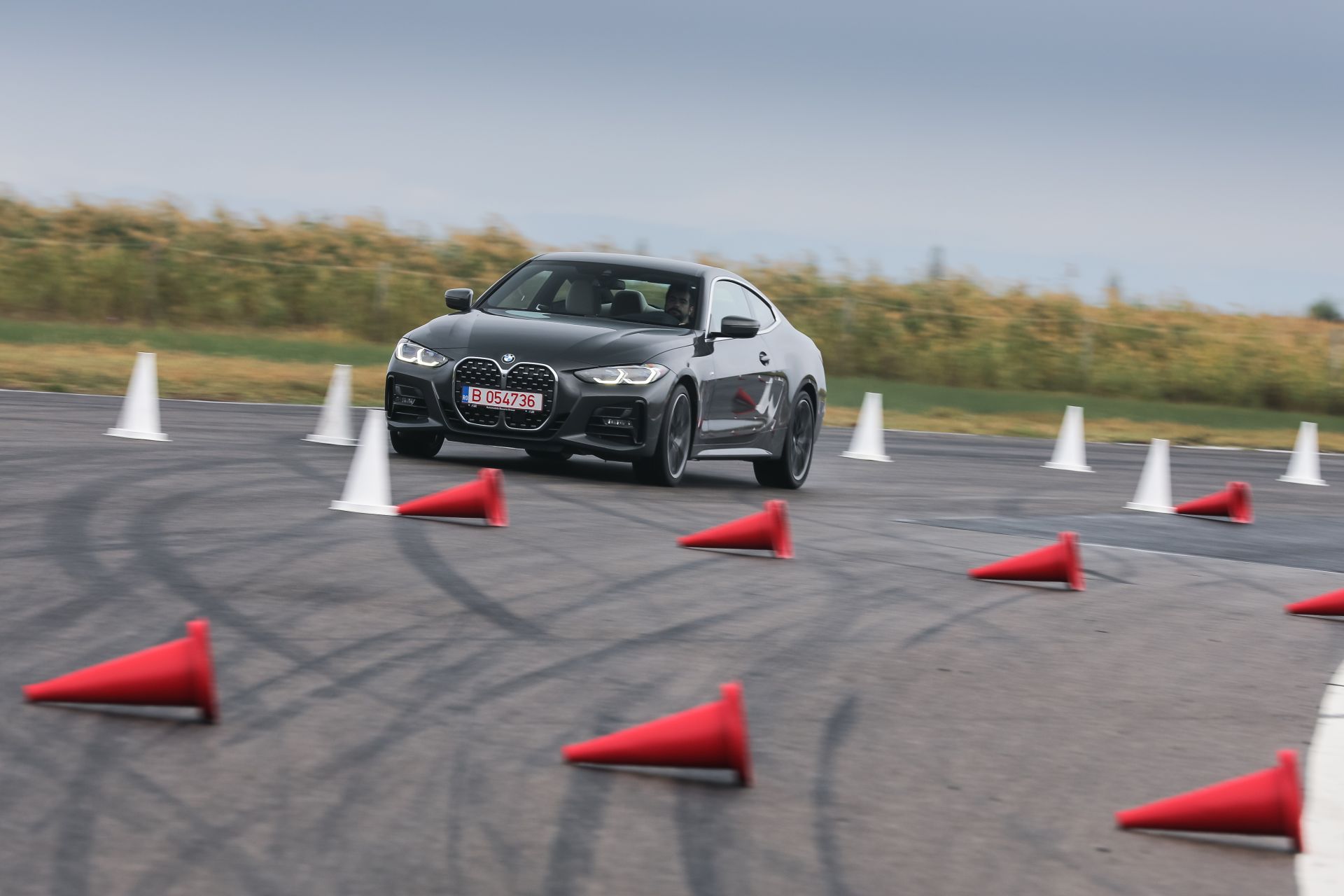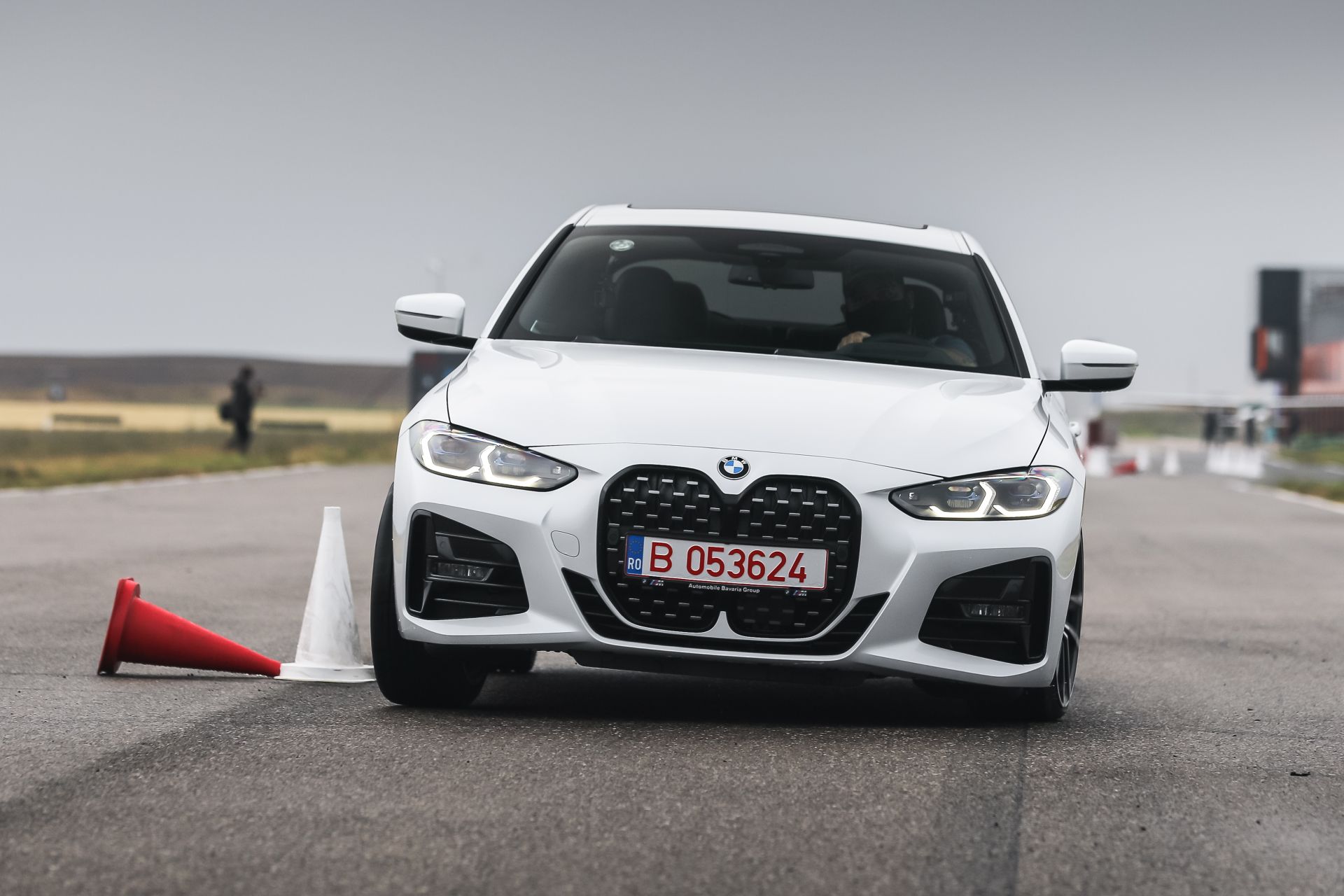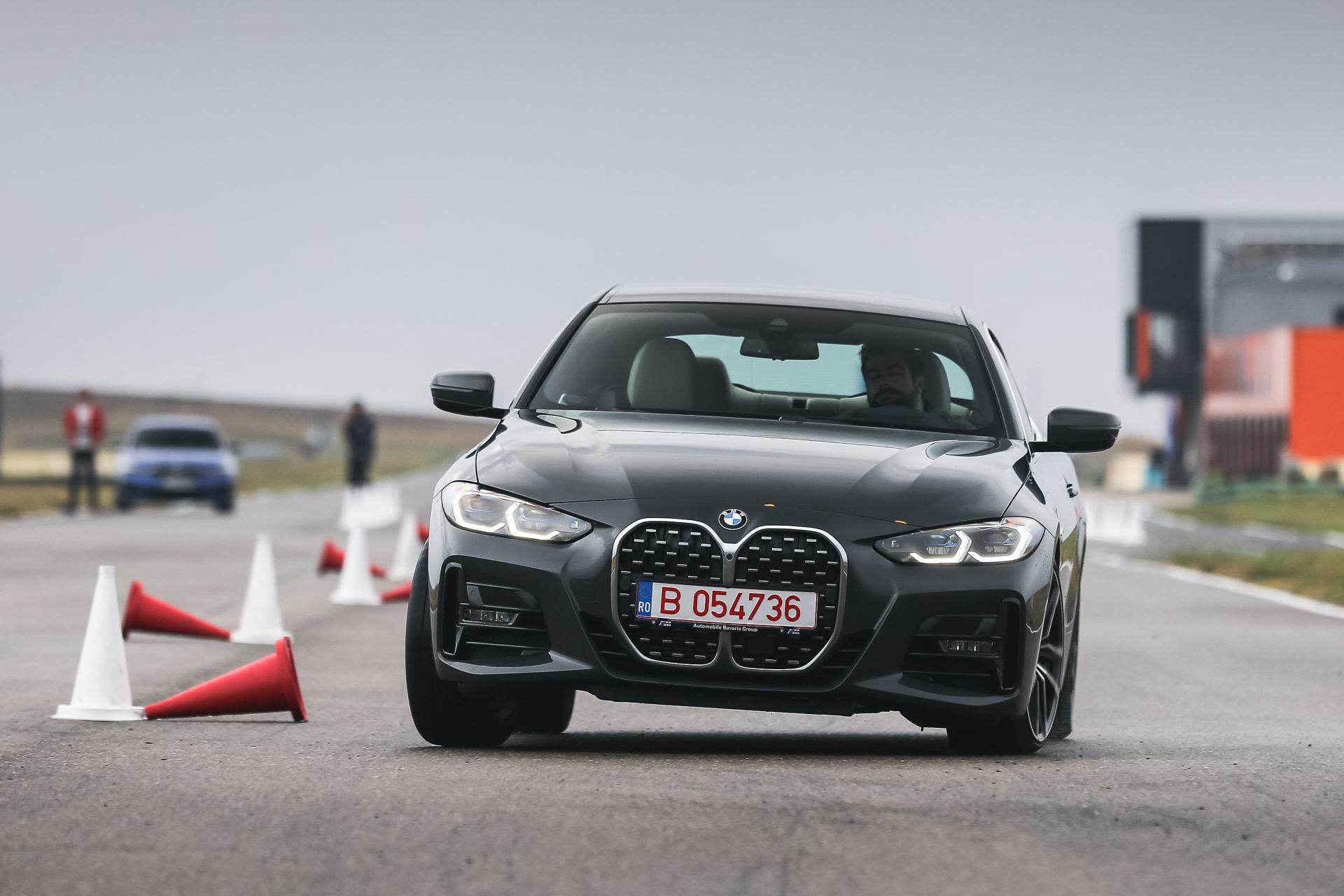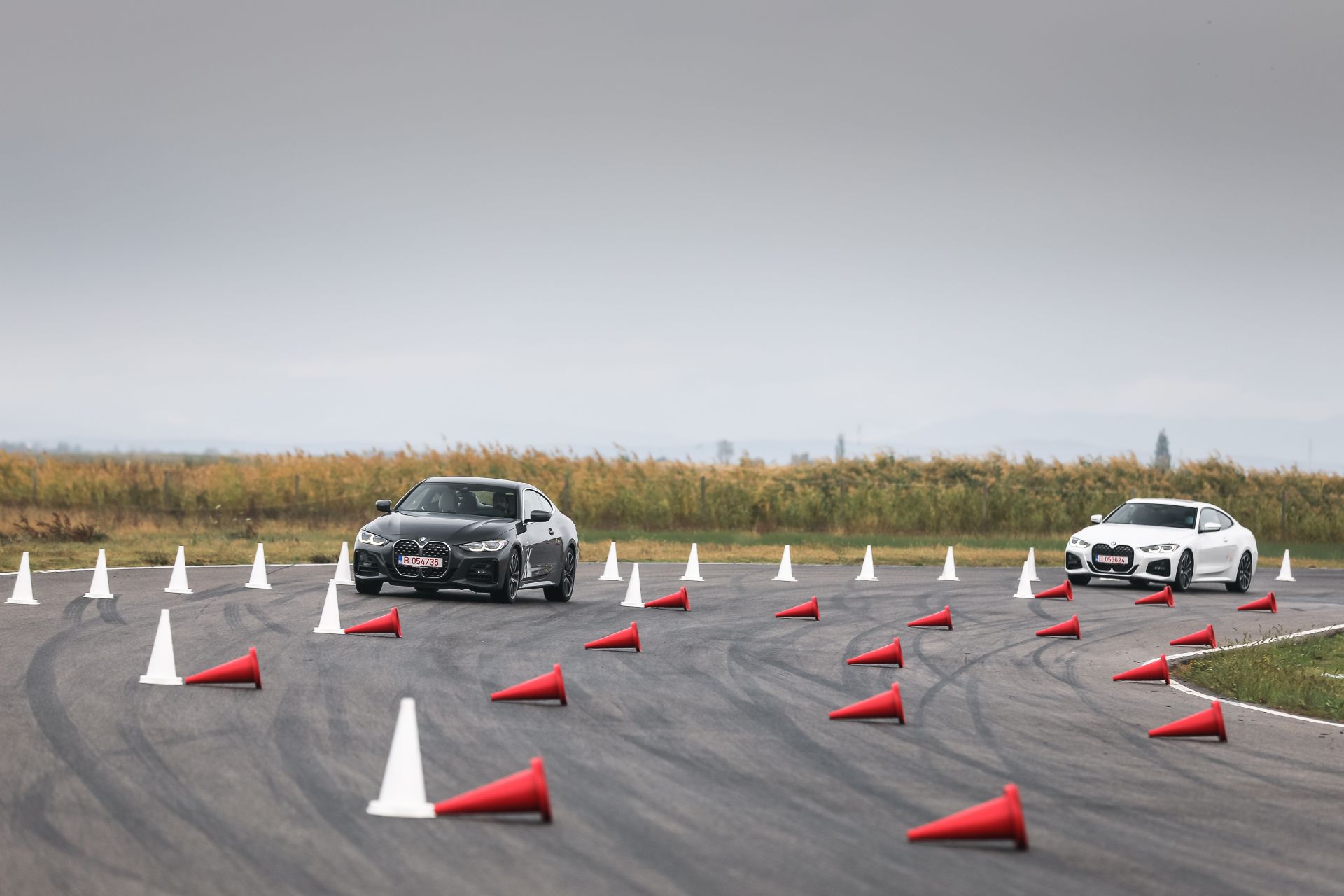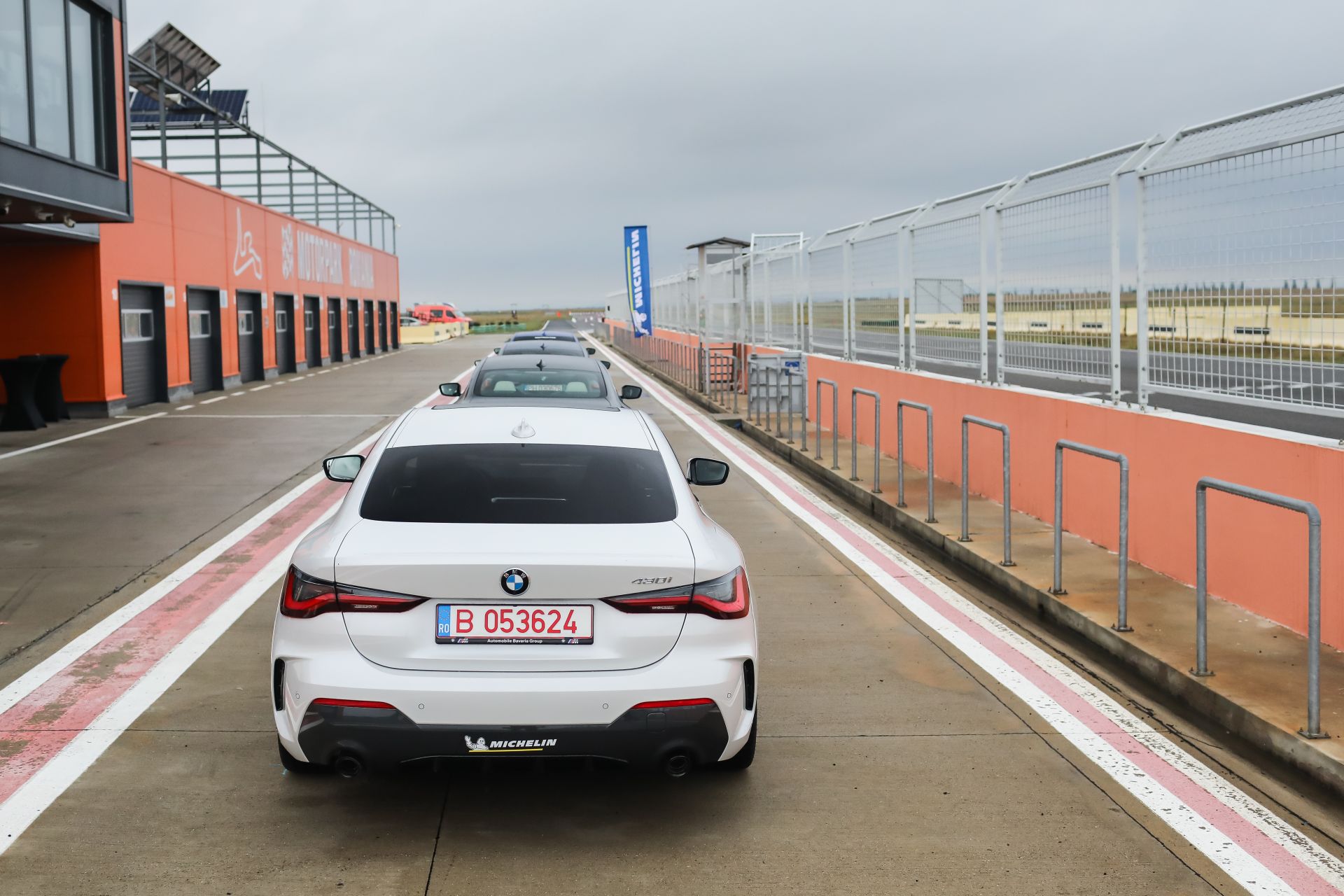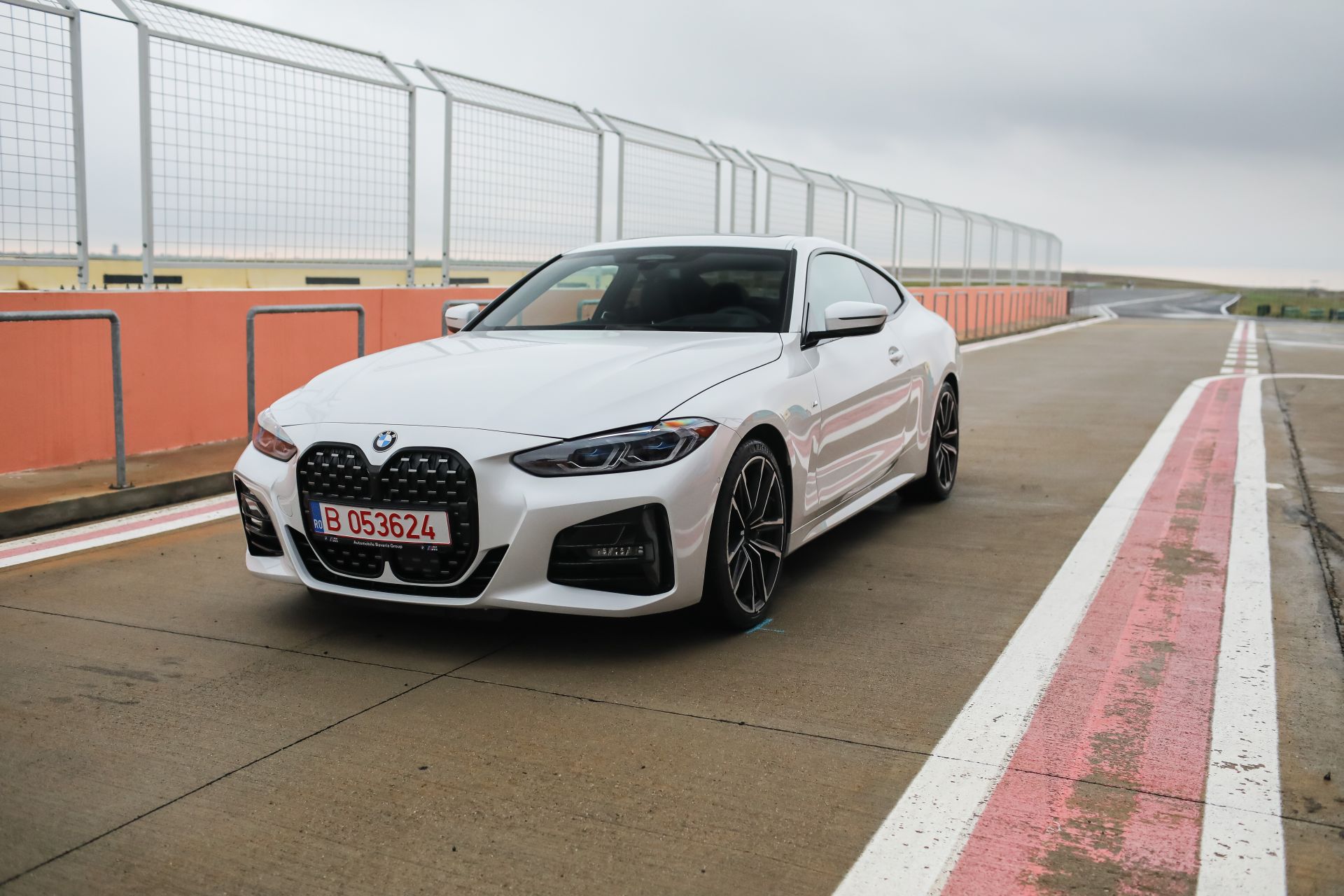The second-generation BMW 4 Series is about to arrive at dealerships around the world. Local launches are currently taking place in several markets and we were invited to sample the new 4er on the track. Certainly, the place where not many new cars are unveiled today. The reasons for this sudden death of the pompous press launch are rather obvious, since everyone’s confined to the comfort of their own homes these days.
Yet, product launches need to continue and for BMW this means the unveiling of the new 4 Series – while overcast, literally and metaphorically – had to happen, one way or another. I was therefore summoned to a nearby race track to sample Bavaria’s latest Coupe, a car with a lot riding on it.
Improving Upon The 3 Series Sedan
The 4 Series only reached its second generation so you would be tempted to dismiss it initially. If I were to ask the ‘purists’ out there, judging solely by its design, they’d immediately tell me that this is no BMW at all. But as controversial as the new kidneys might be, you need to look past that. There’s a lot of essence in this car, a lot of personality, as I was about to find out.
The 4 Series comes to replace an iconic model for BMW, the 3 Series Coupe and it is, by all accounts and measures, its son or grandson, or whatever other synonym you want to use for ‘successor’. From the first generation it was obvious that BMW’s know how, polished over decades of making the 3er Coupe, has migrated into this new car. The second coming is following the same recipe, improving on what was already a very good driving car.
Everything is Stiffer
BMW has been rather clear with the path the new 4 Series is following: the aim was to make it sharper in every way. To get that, they did some tinkering under the sheet metal. The new 4 Series is now riding 21 mm lower and its rear track is 23 mm wider that on the 3 Series Sedan, to set it apart even more and make it more capable. The entire chassis was built keeping weight distribution in mind and therefore the car has a 50:50 even split.
The lift-related dampers first introduced on the 3 Series are now standard on the 4er as well but they have been tuned to offer even better control. The M Sport suspension follows the same rules, being stiffer than before. Basically, everything’s stiffer: the anti-roll bars, the mounts, everything. And things get even better with the adaptive M suspension that has electronically controlled dampers. That’s what I had on my hands for my time on the track.
Improved Steering
The car I got to drive was a BMW 430i and, to recap what that means, it used a 2-liter cylinder turbocharged engine under the hood, good for 258 PS and 400 Nm (295 lb-ft) of torque. Not enough, a lot of people might be saying right now, but I did enjoy my time with it. It was also equipped with the M Sport package and the Sport Automatic Transmission that includes Launch Control. Not that I used that feature too much though, as I was busy navigation through a handling course, and then on a live track.
The thing that surprises you from the get go, especially on a handling course is the steering. I had the car in Sport mode and never felt like I needed more travel in it. Admittedly, the feedback coming from the wheels could’ve been better, but even so, it seemed like an improvement over what older EPS systems delivered as well as well-weighted. The variable ratio did its job flawlessly and had just the right amount of travel in it all the time. Usually I find the steering in Sport mode to be a bit too heavy but that day it felt just right. The adrenaline might’ve had something to do with it though…
Plenty Of Grip Under Load
Then there was the suspension. The slalom I had to go through did push the car hard and you can see that it does lean a bit. But it was still quite grippy. The most surprising fact about the entire setup was the front-end grip. BMW reportedly gave the new 4 Series a bit of negative camber to improve that aspect and I think it works wonders. The car really planted up front, with more grip that I hoped for, especially since the track was damp. Sure, the Michelin Pilot Sport 4 tires also did their job, being probably the best choice in the business right now, for all types of weather.
Braking was another highlight. To be fair, I didn’t push the car to its absolute limits and this was a 430i which is the lightest of the 4 Series range right now, but I never felt like the M Sport system failed me or faded. Luckily, the temperatures were pretty low as well and that must’ve helped. Once again, given the weather, most of my stopping power relied on the grip the tires provided, which was more than adequate.
During the hot laps I also had the chance to check out how the engine and gearbox combo work, as well as the rear end and its M Sport differential. Not a lot was new here, as the 258-PS engine is a familiar unit in the BMW range, one I had for testing purposes a number of times. The gearbox is also familiar, the tried and tested 8-speed ZF unit working brilliantly, as always.
While some might use manual mode and shift themselves using the paddles on the steering wheel, I let the car to its own devices, stuck the gearbox in Sport mode and let it fly. It was up there with me all the time, keeping up with whatever I was throwing at it.
As for the rear axle, the organizers didn’t let us turn off the DSC completely and I was thankful for that, as the track was wet. Even so, with the traction control nannies turned partially off, I had plenty of fun. The electronics will let you slide just enough to get scared and then bring you back in line. What I loved about the whole experience is that the breakaway was predictable and smooth.
Furthermore, I felt the rear axle move with me, in a predictable fashion, allowing me to feel in control all the time. There was no drama, not abrupt traction loss and everything was progressive, inspiring a lot of confidence in the section between the seat and the steering wheel.
And just when I thought things couldn’t get better, the BMW representatives had a surprise for us and took us on an airplane ride around the track. After all, BMW did make airplane engines in the beginning. Unfortunately, the engines in these planes weren’t BMW-sourced but the experience was enjoyable nonetheless.
Conclusion
So what’s the takeaway then? Well, the new 4 Series is definitely a great car to drive. It has great balance, a lot of front end grip and a playful, yet predictable rear axle. To put it short: it delivers on its claims.
On the other hand, it’s not like the old model didn’t do those things rather well too but, this time round, the difference between the way the 3 Series and the 4 Series handle is bigger than before. And I have a hunch that was the primary goal for BMW. Why? Because the 3 Series is already a great driving car and improving on that already high bar is what the 4er is supposed to be in the first place.


